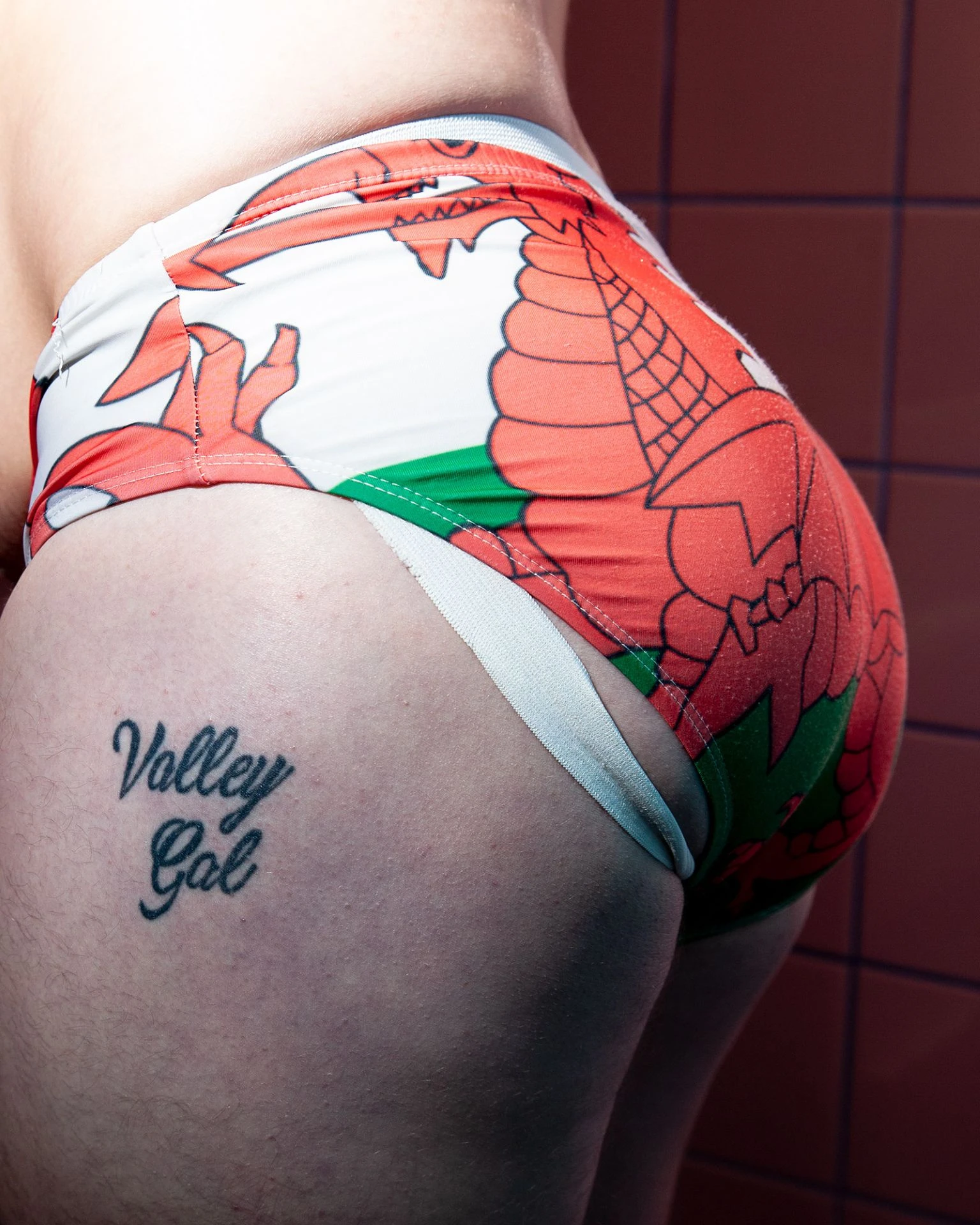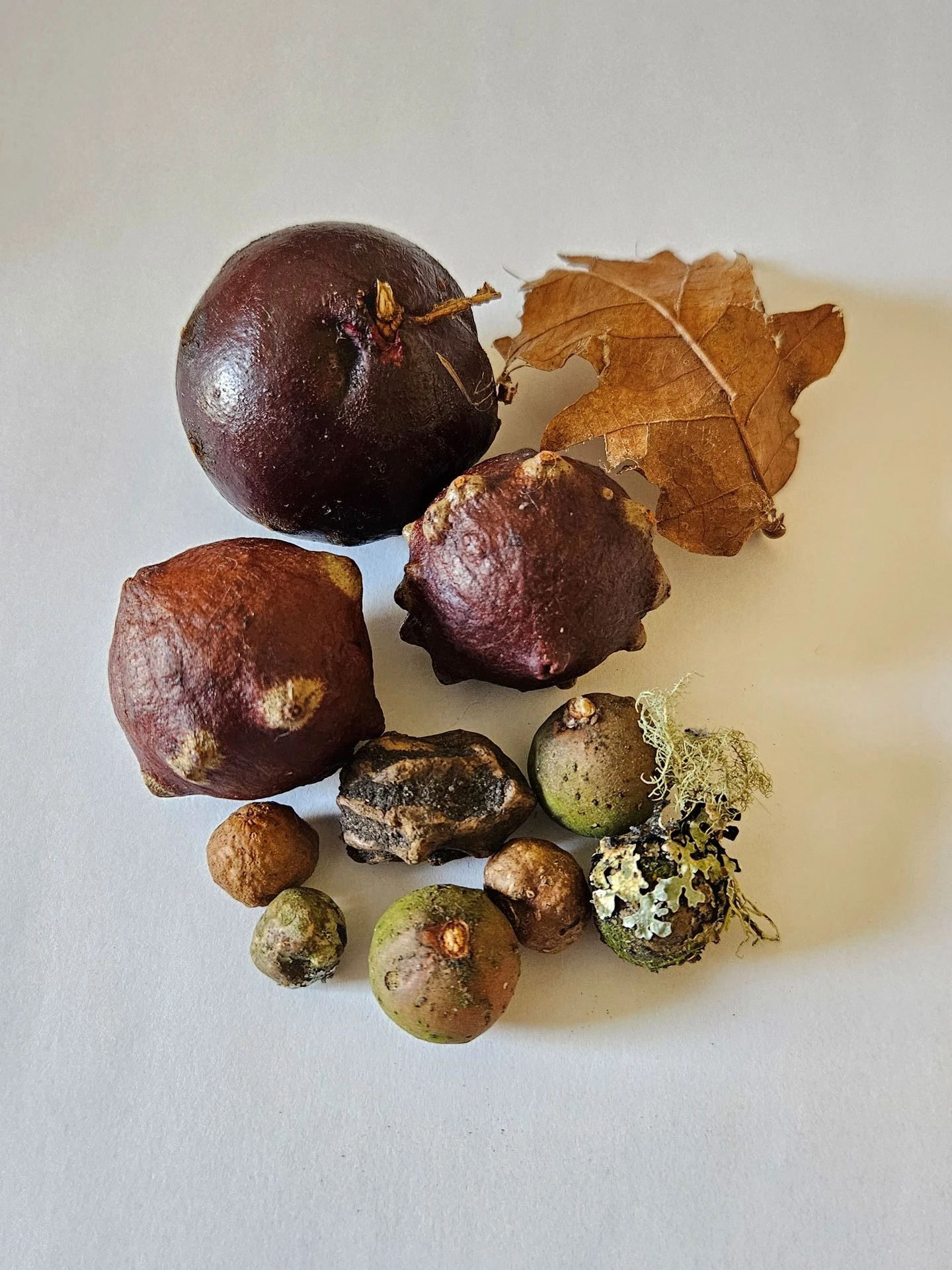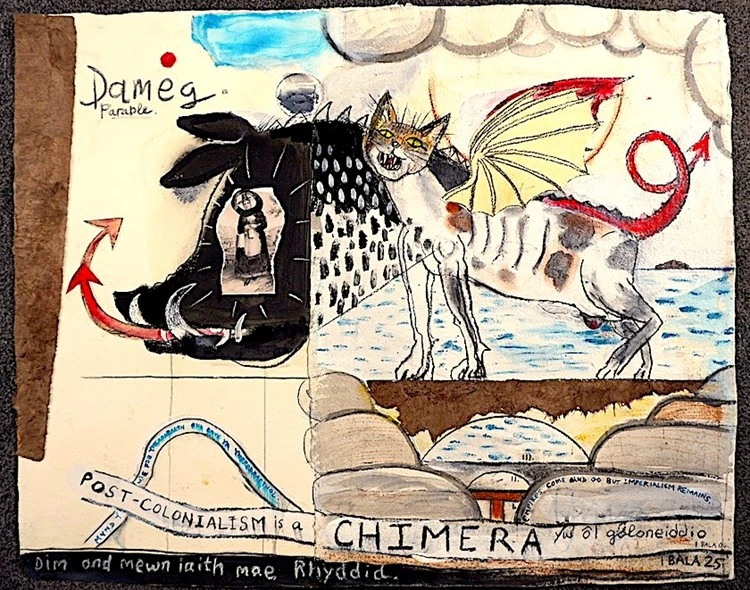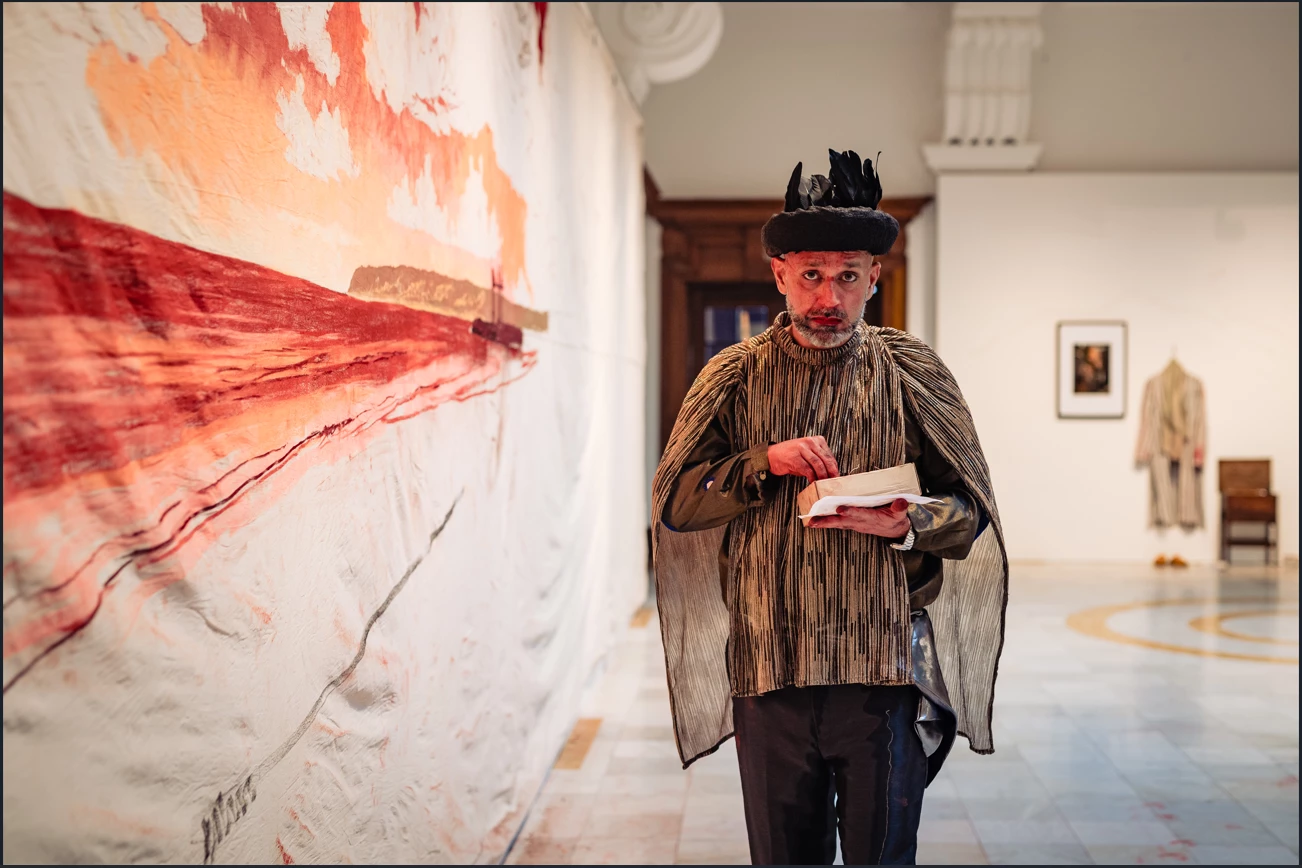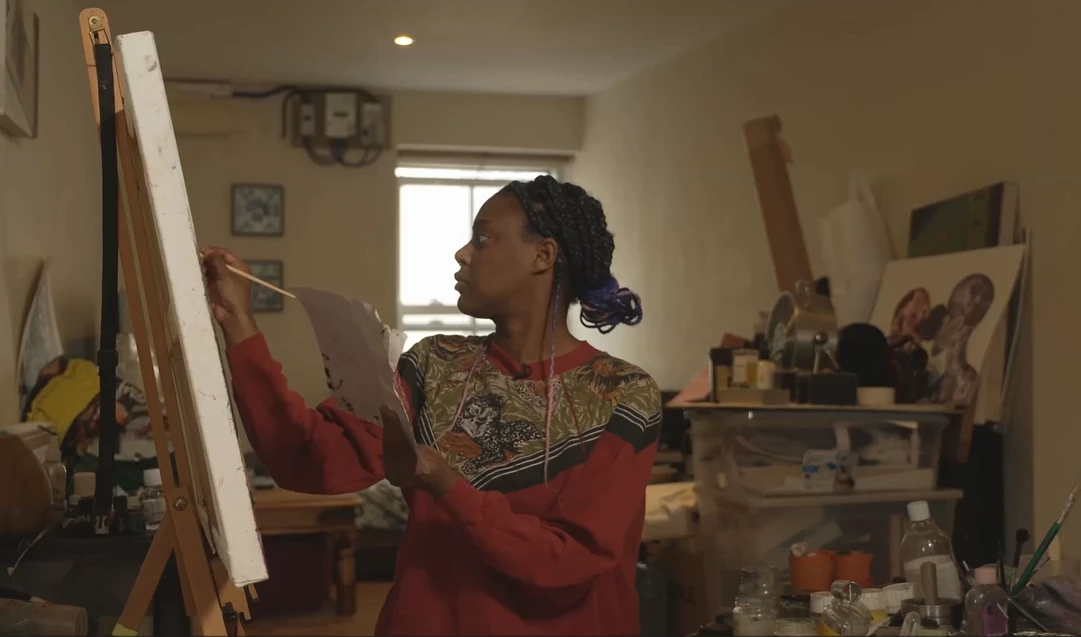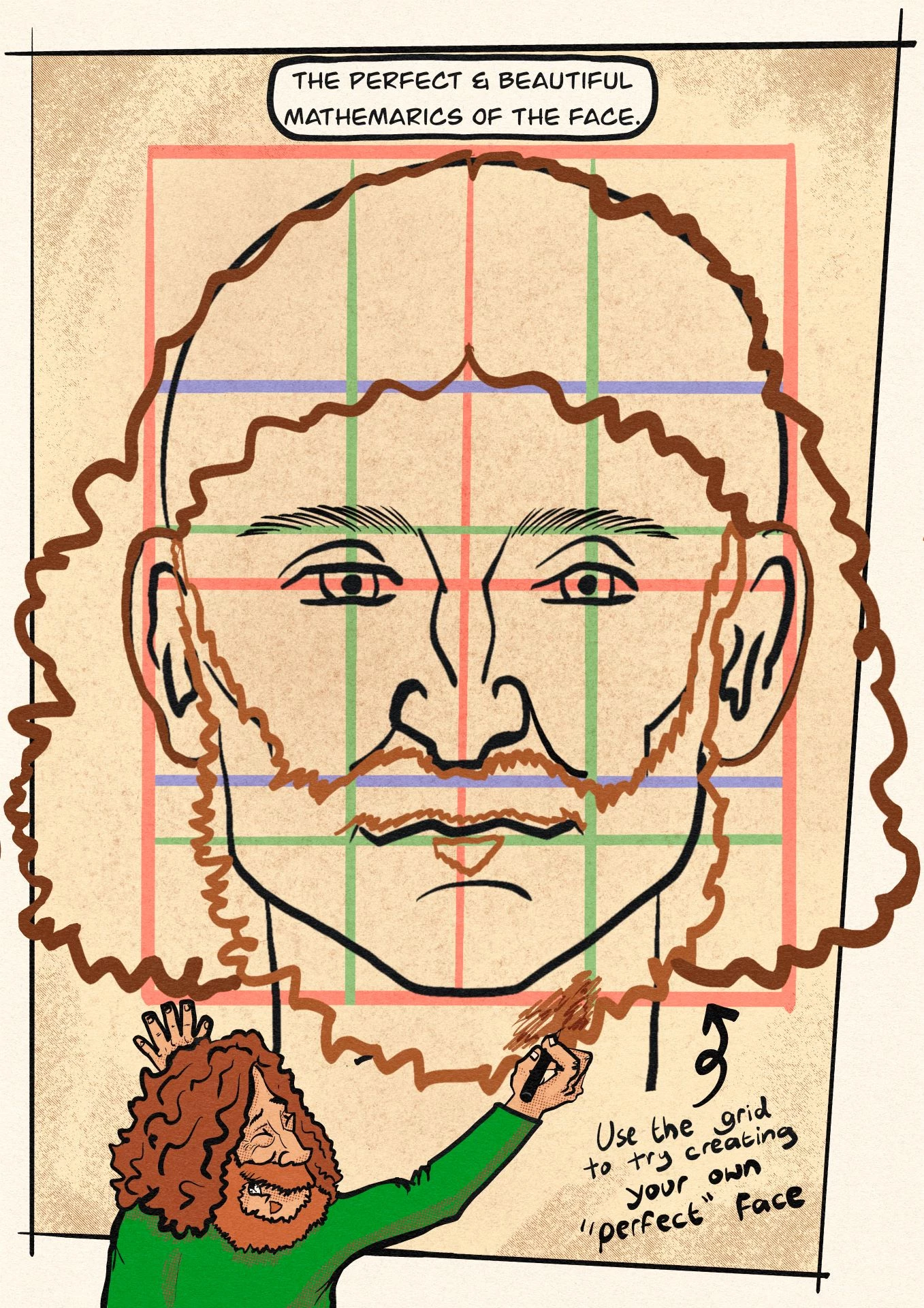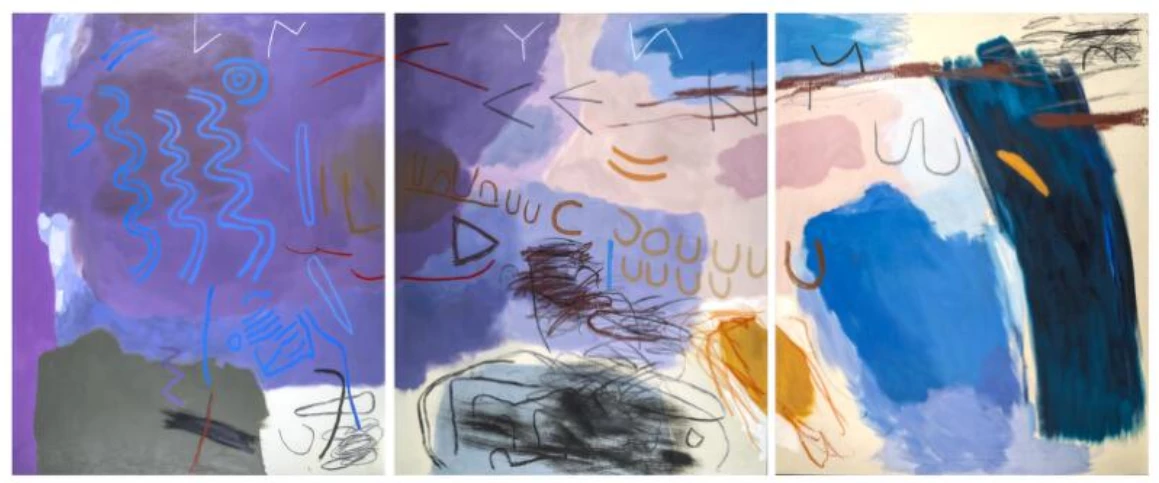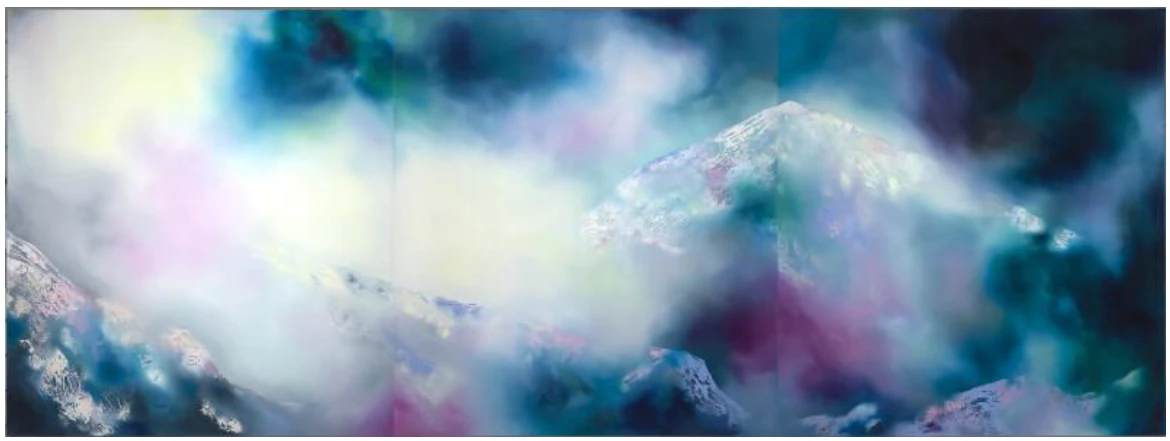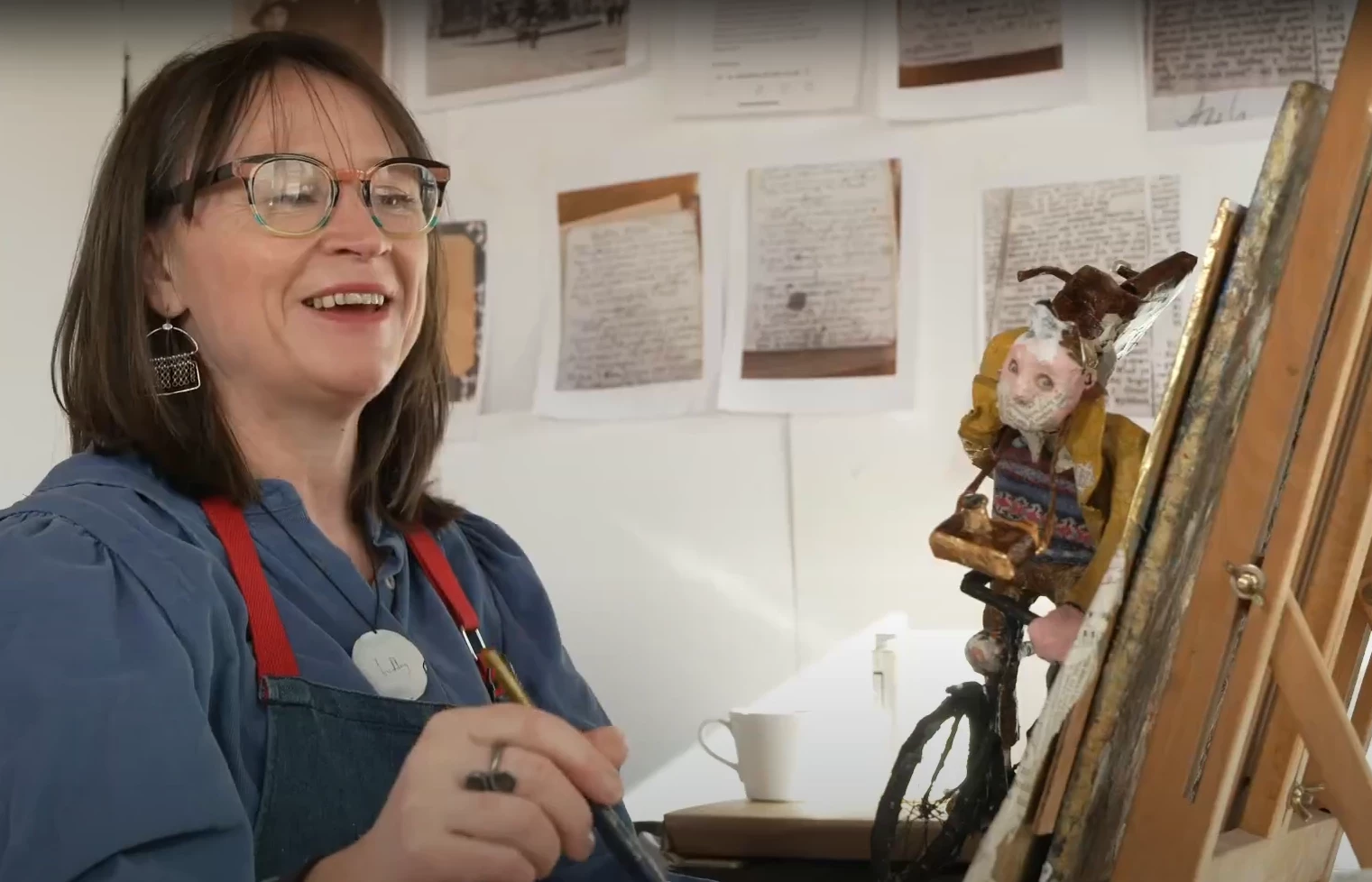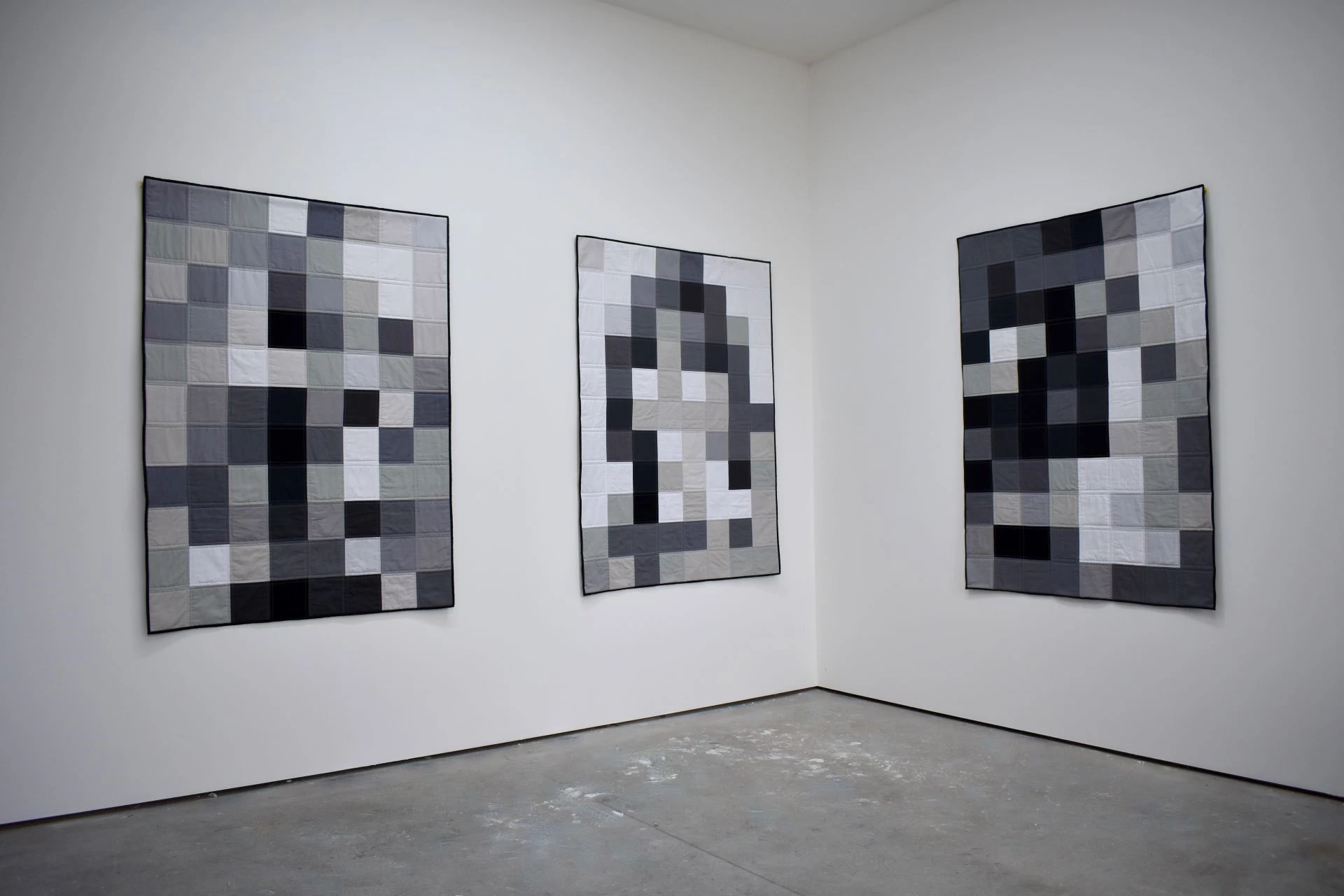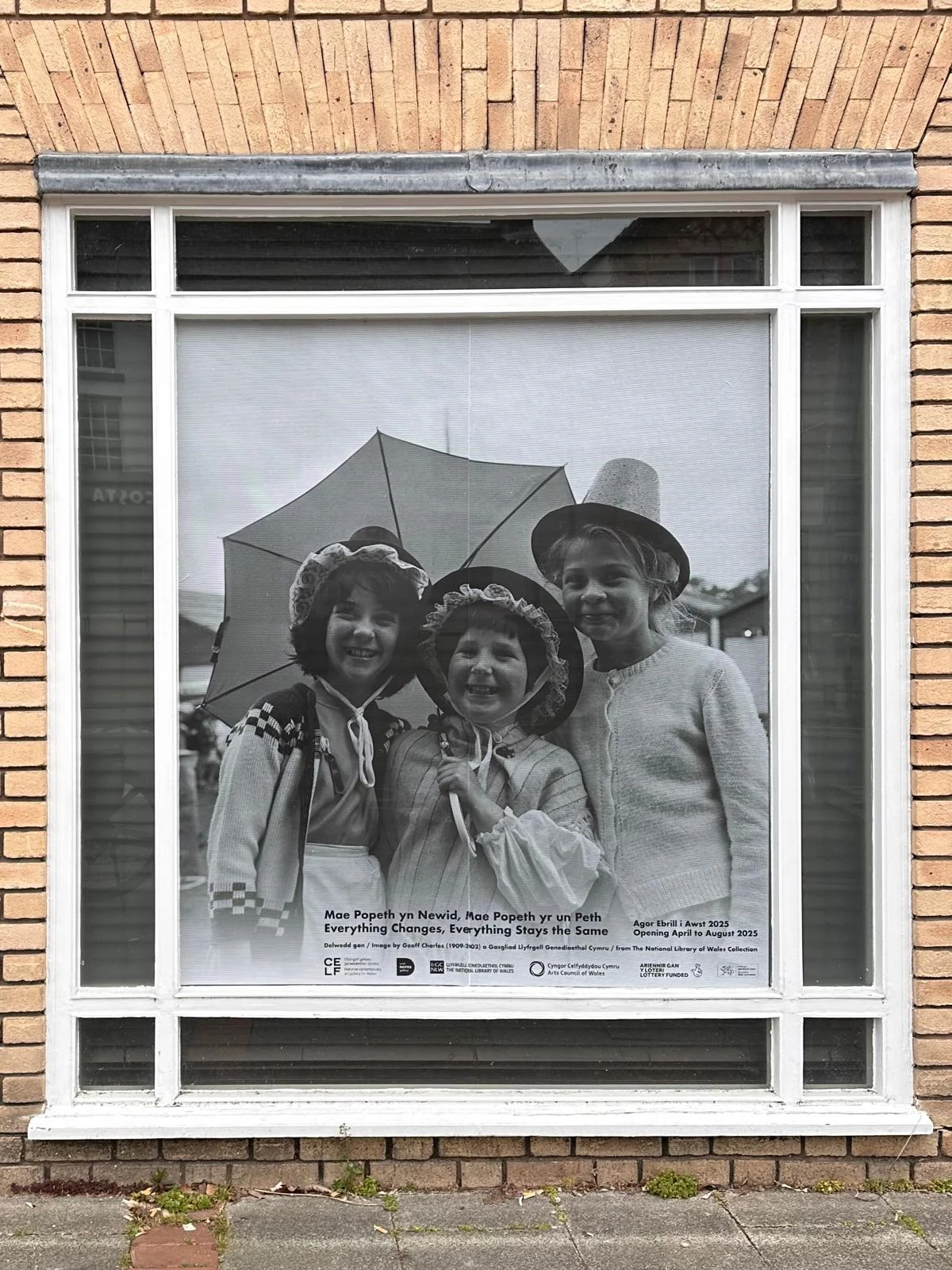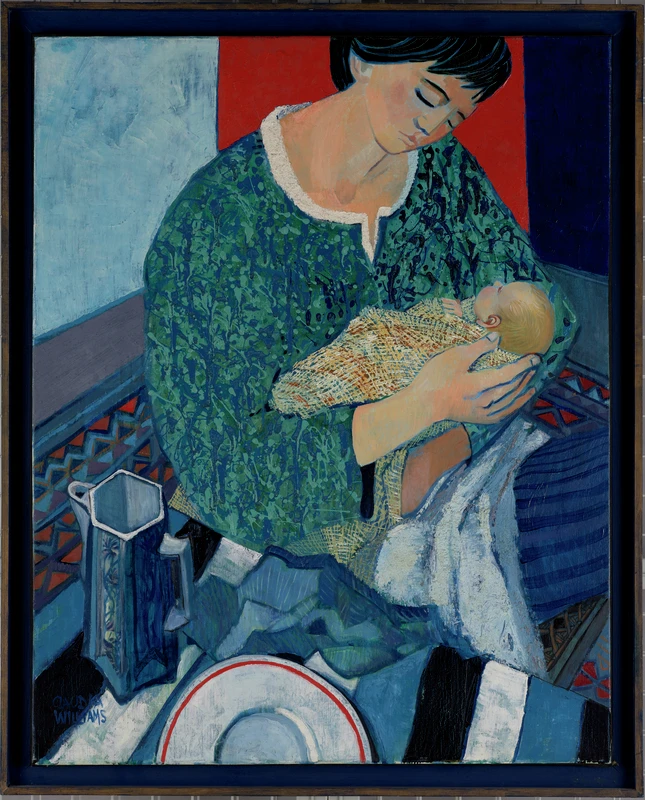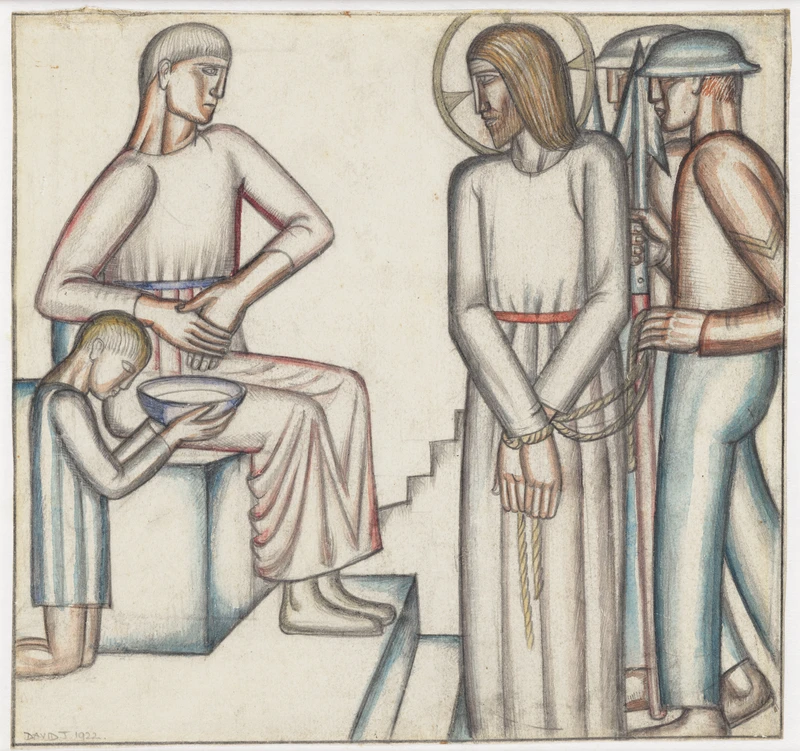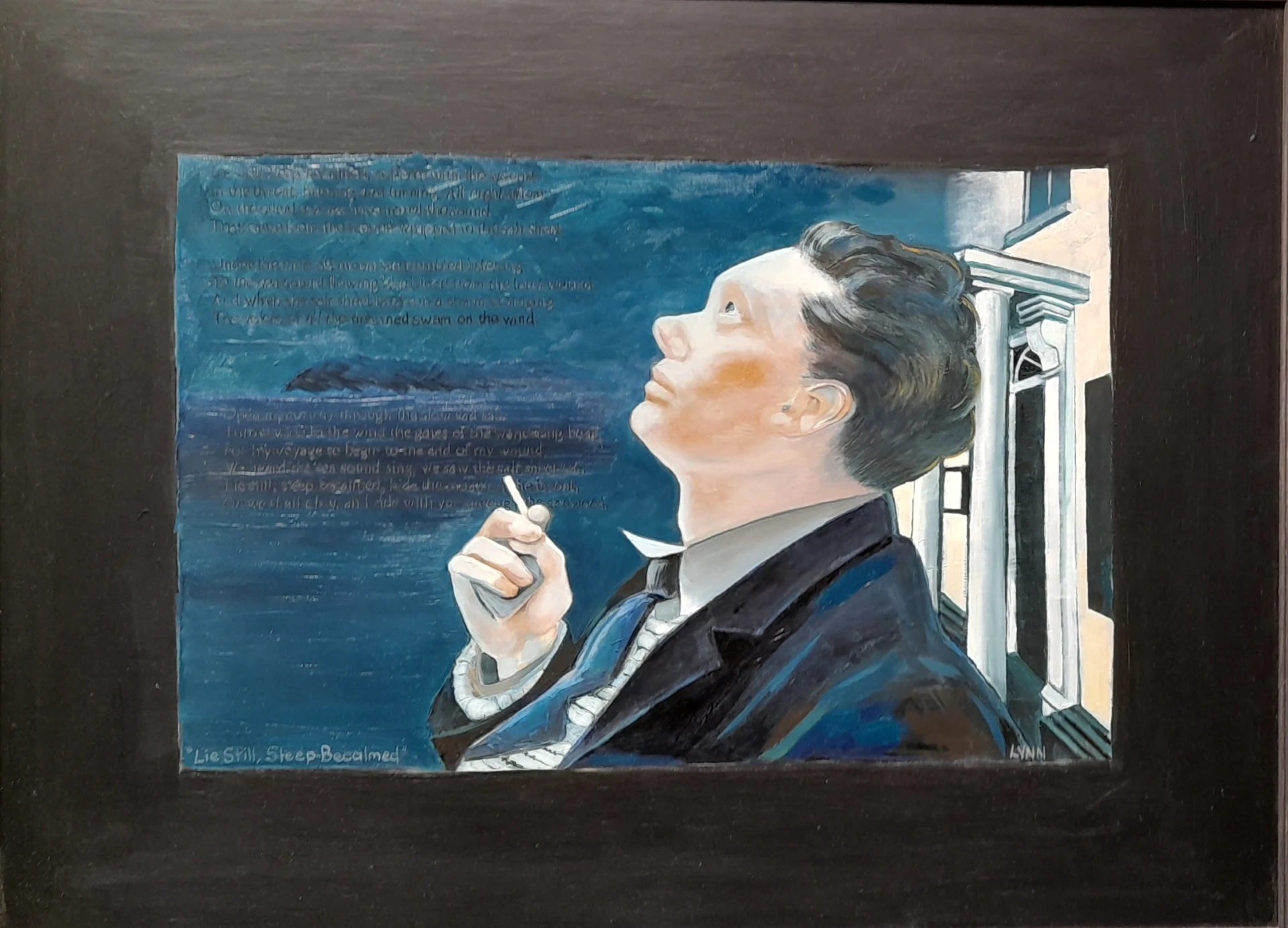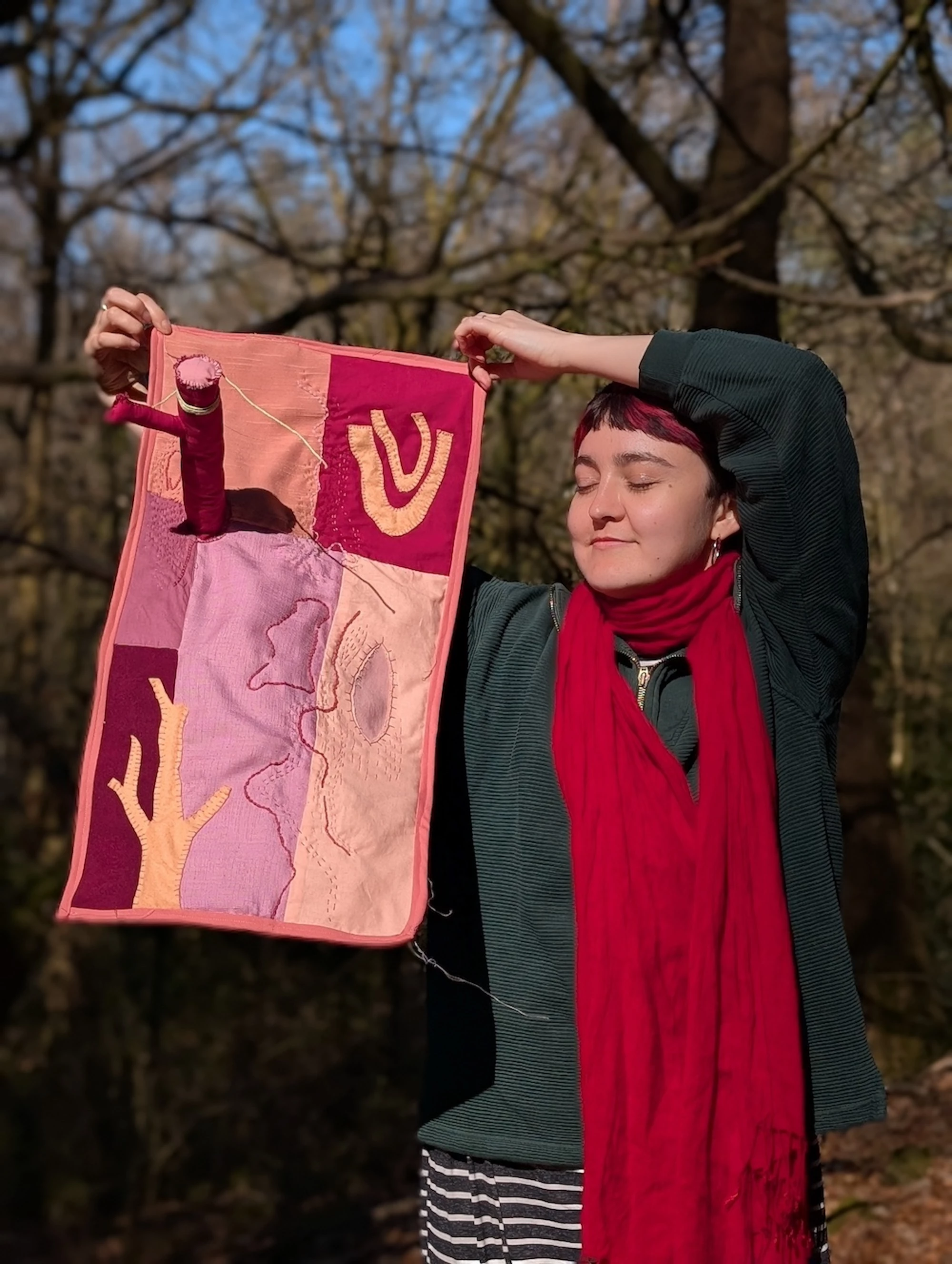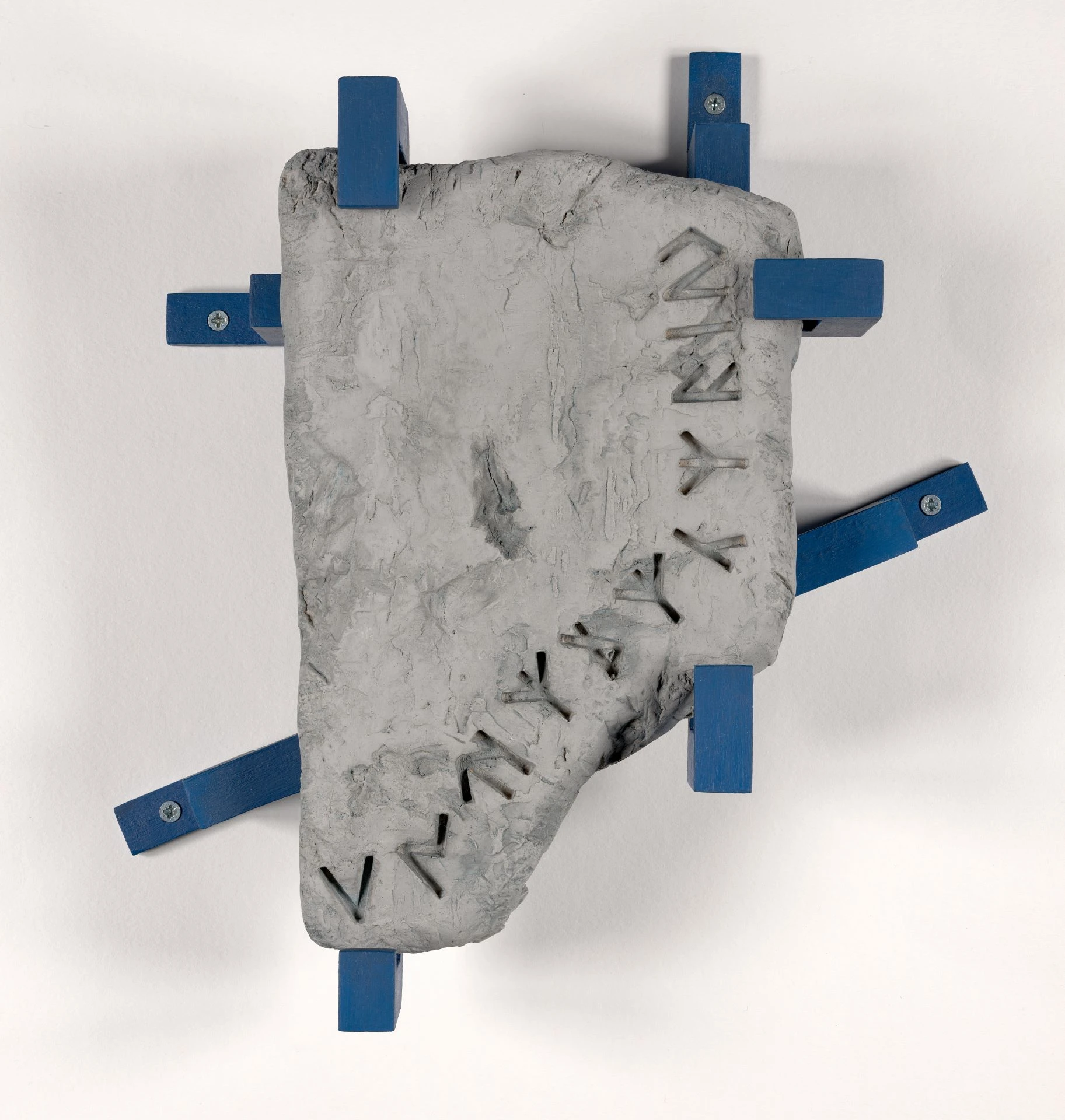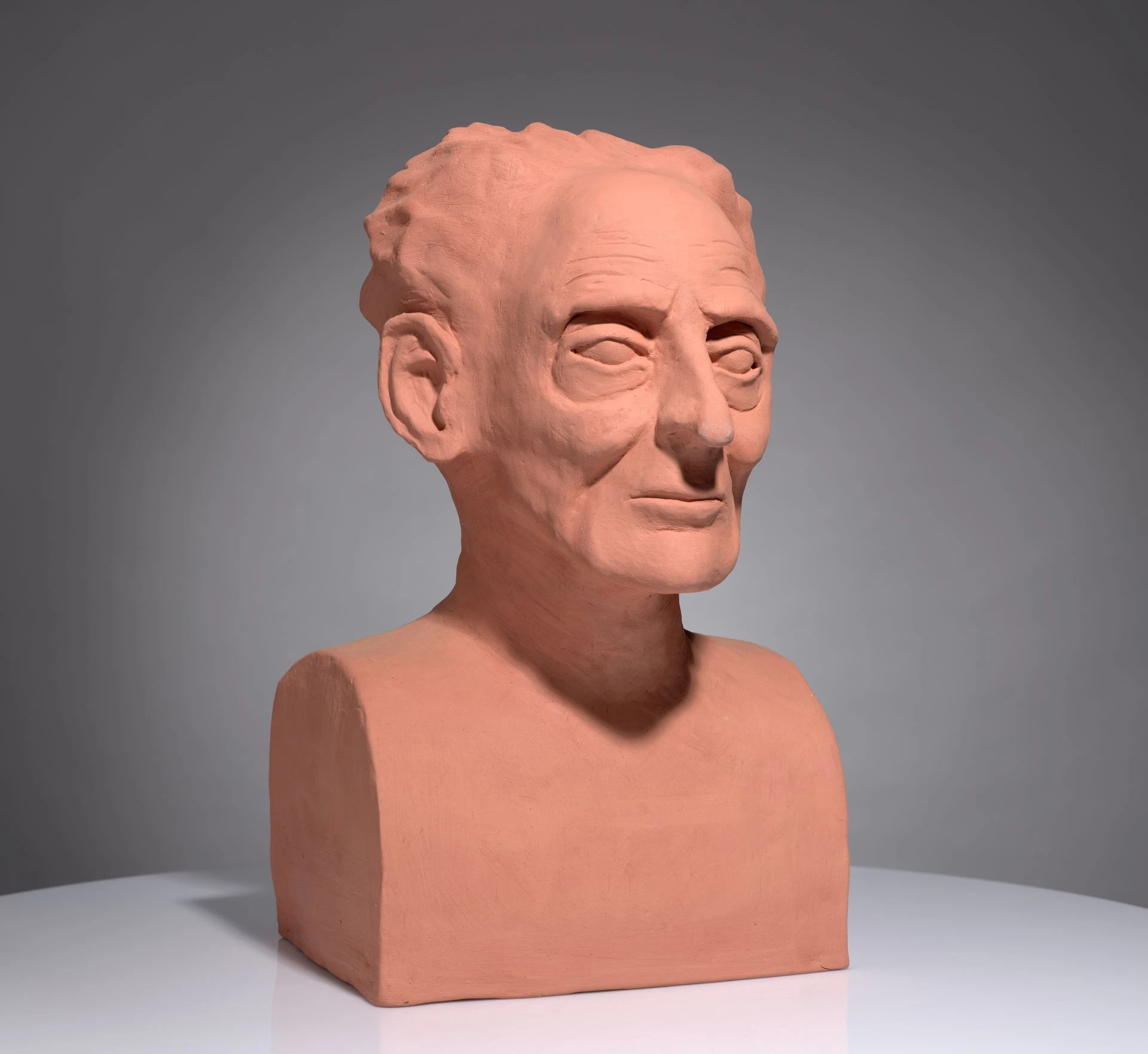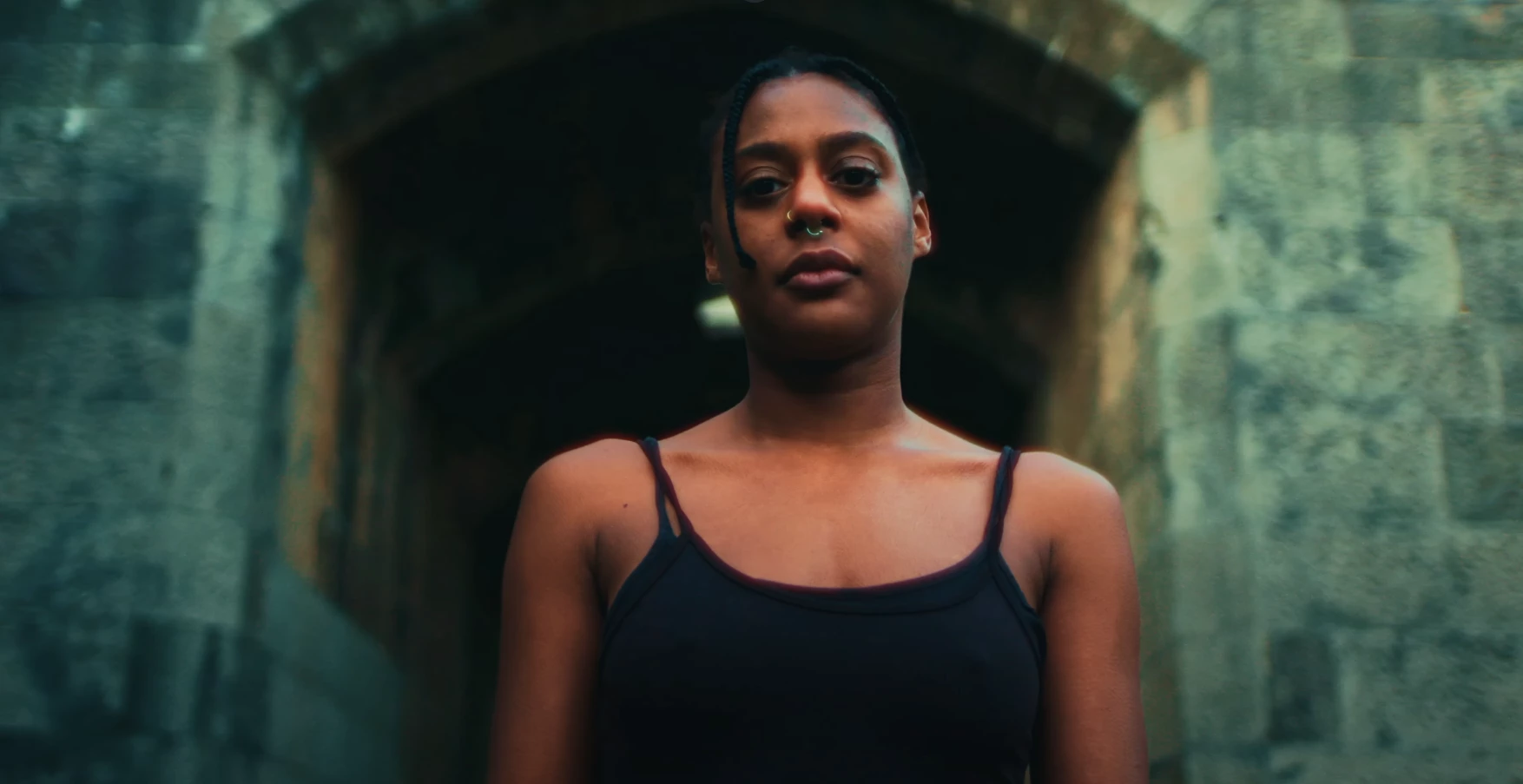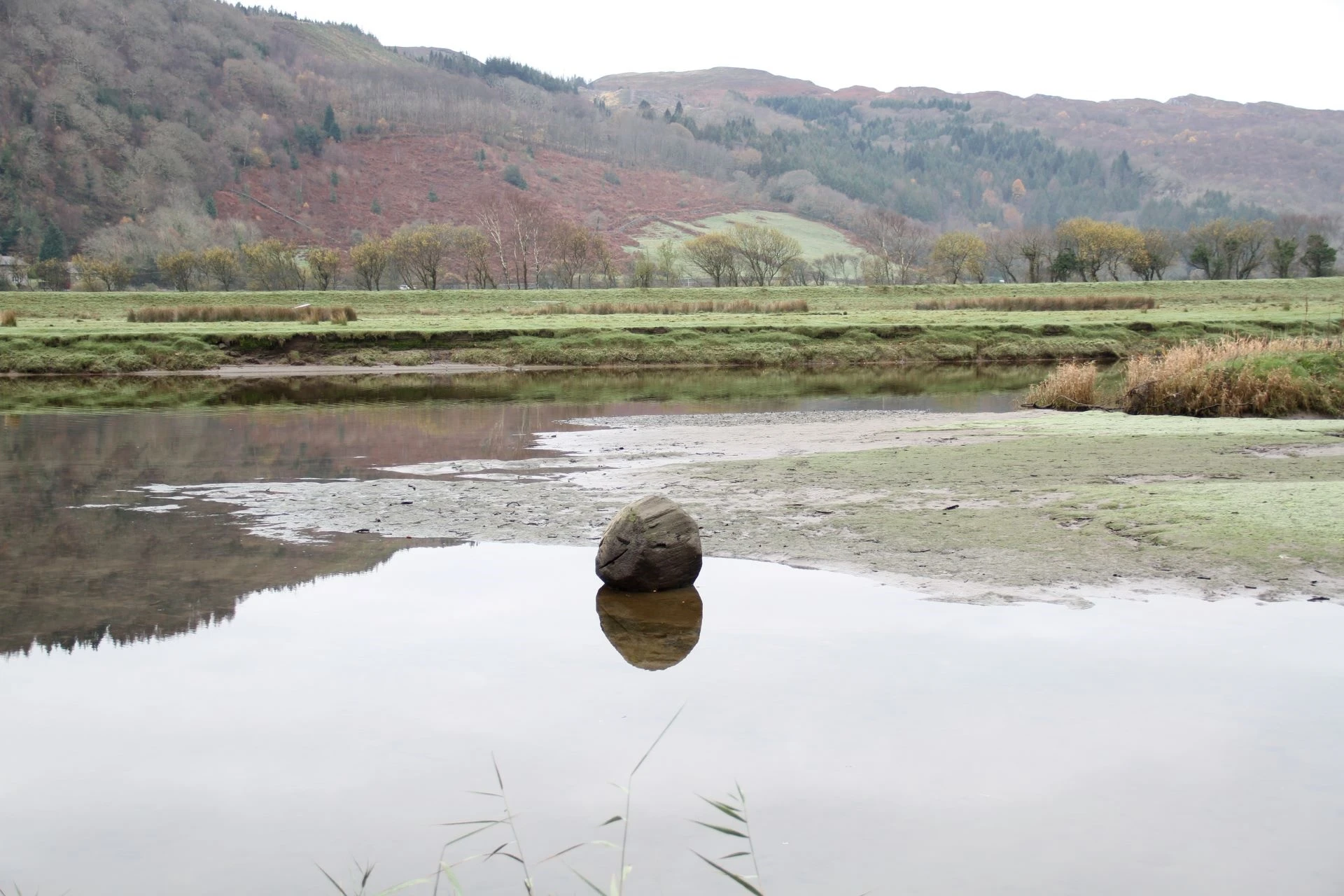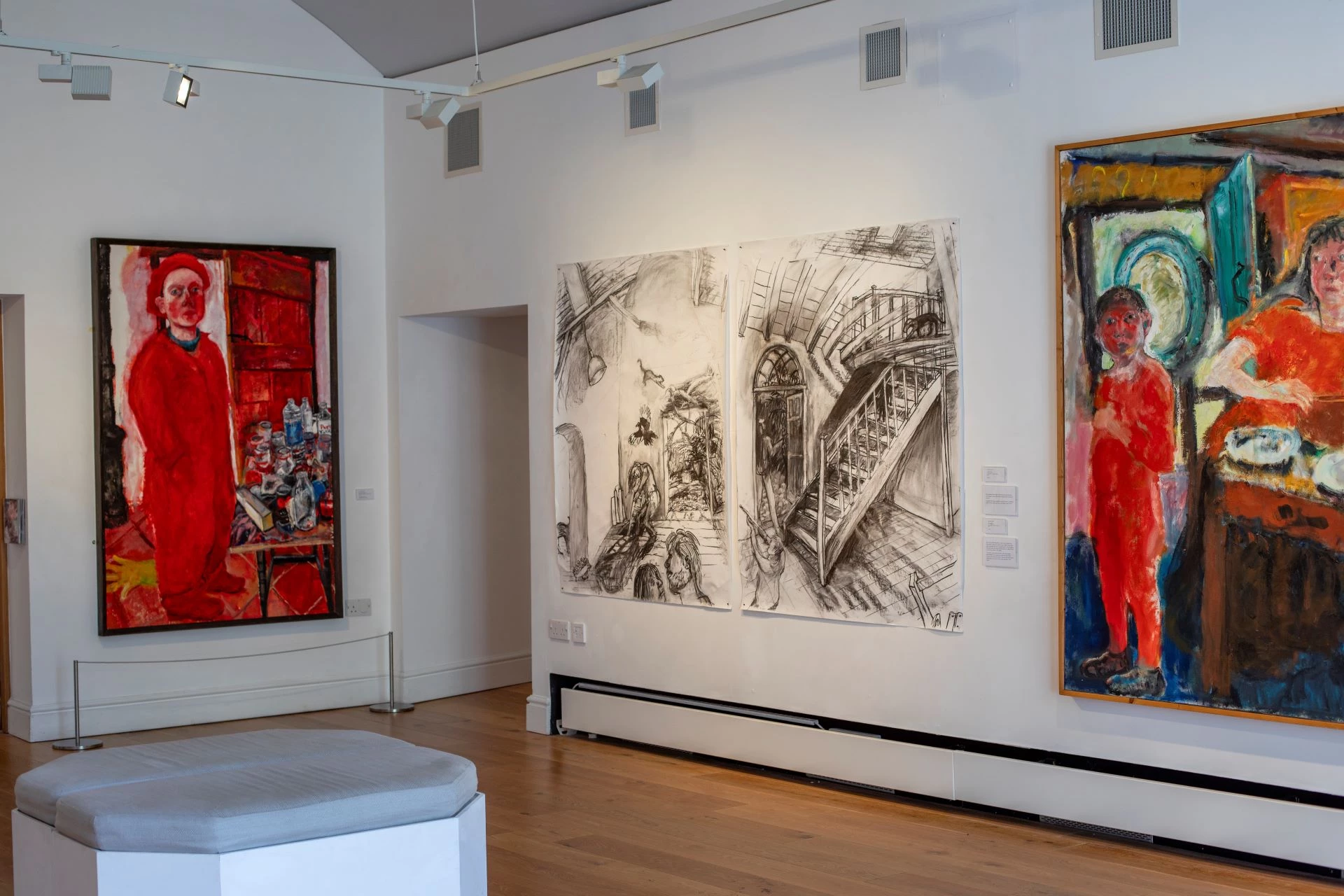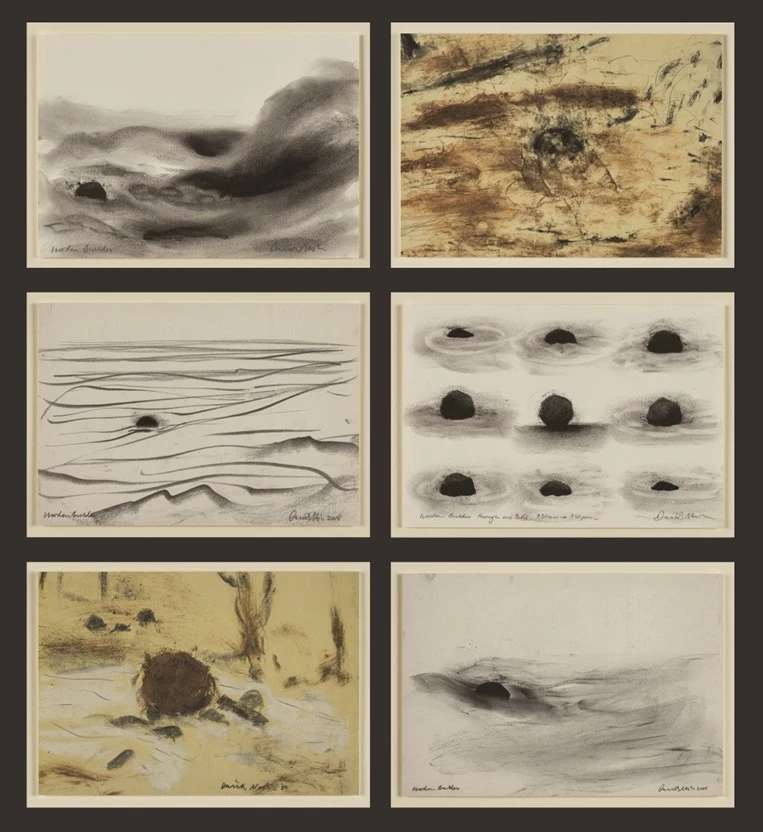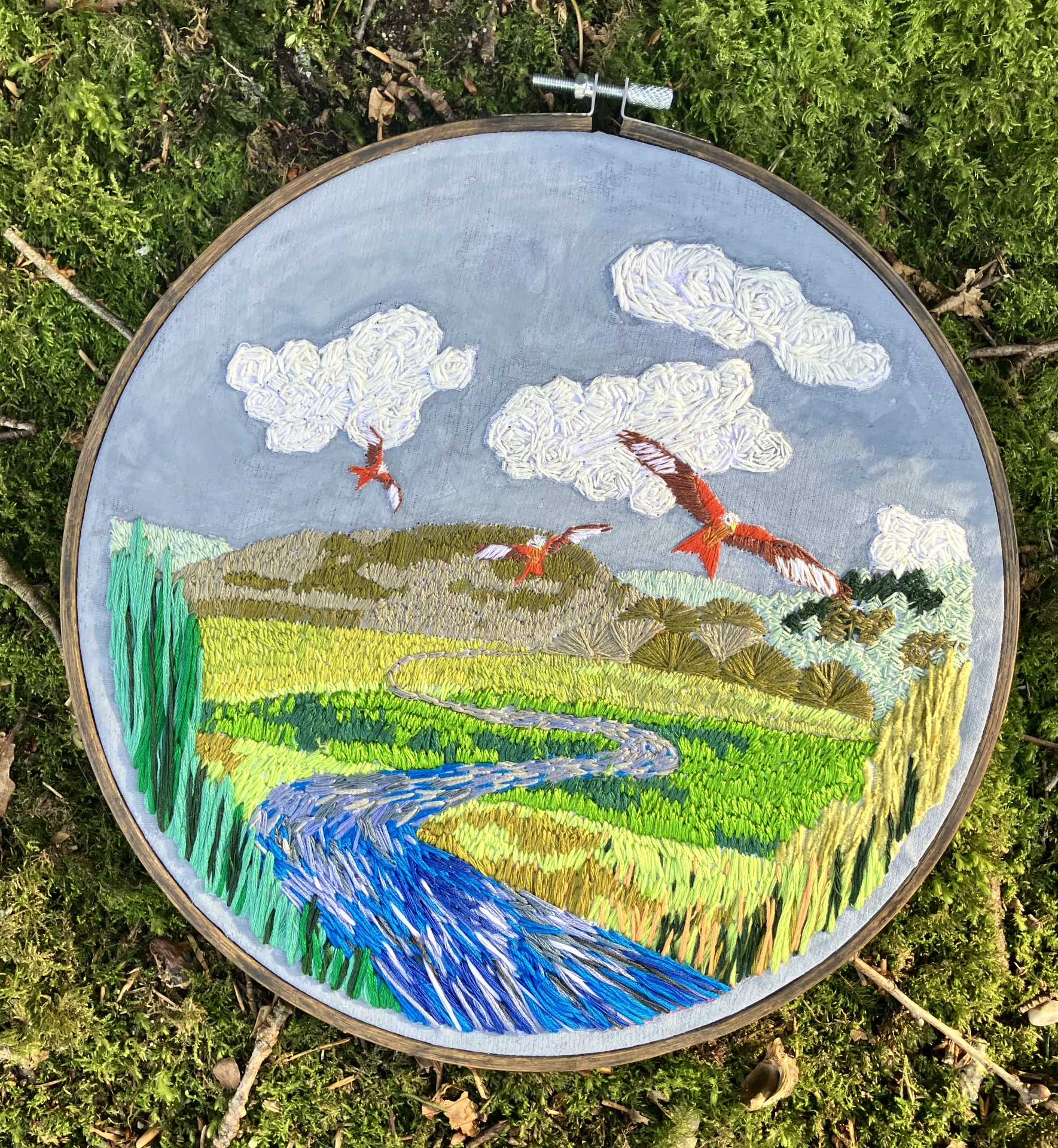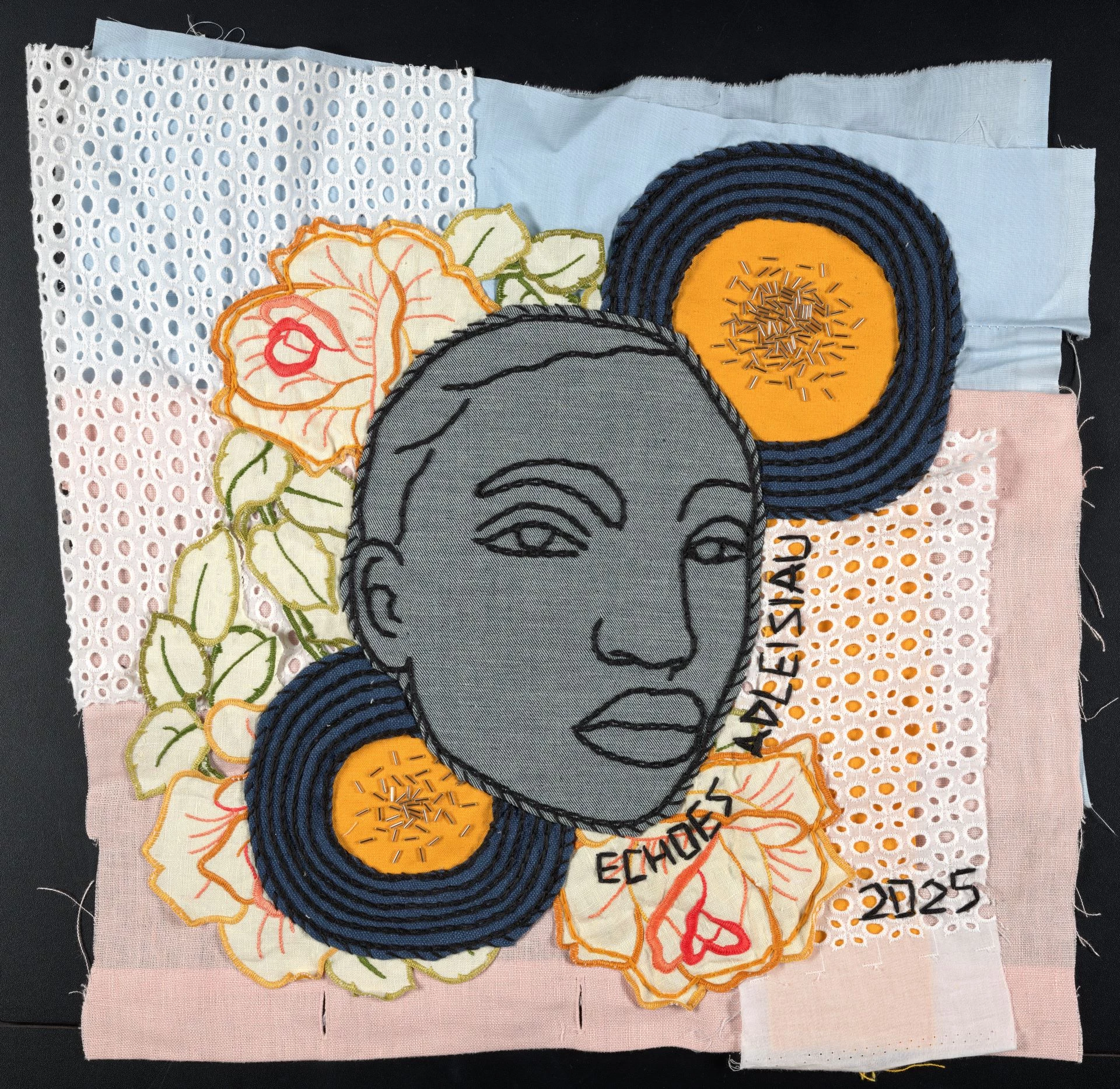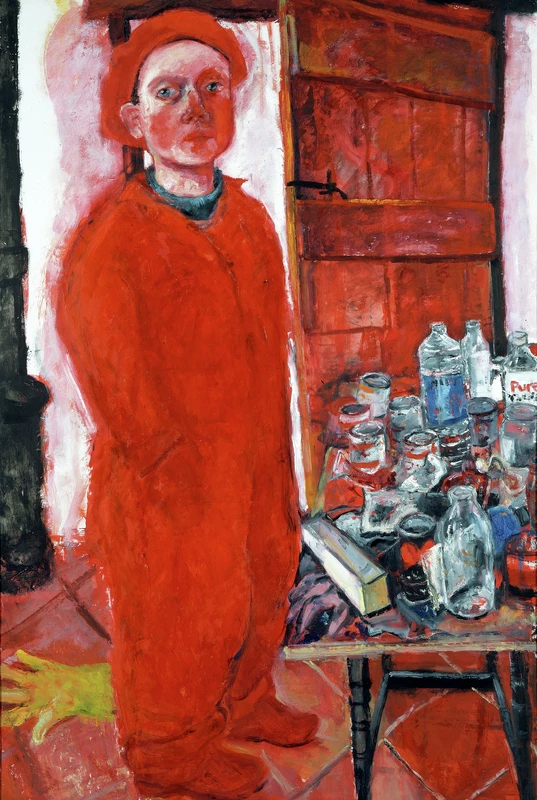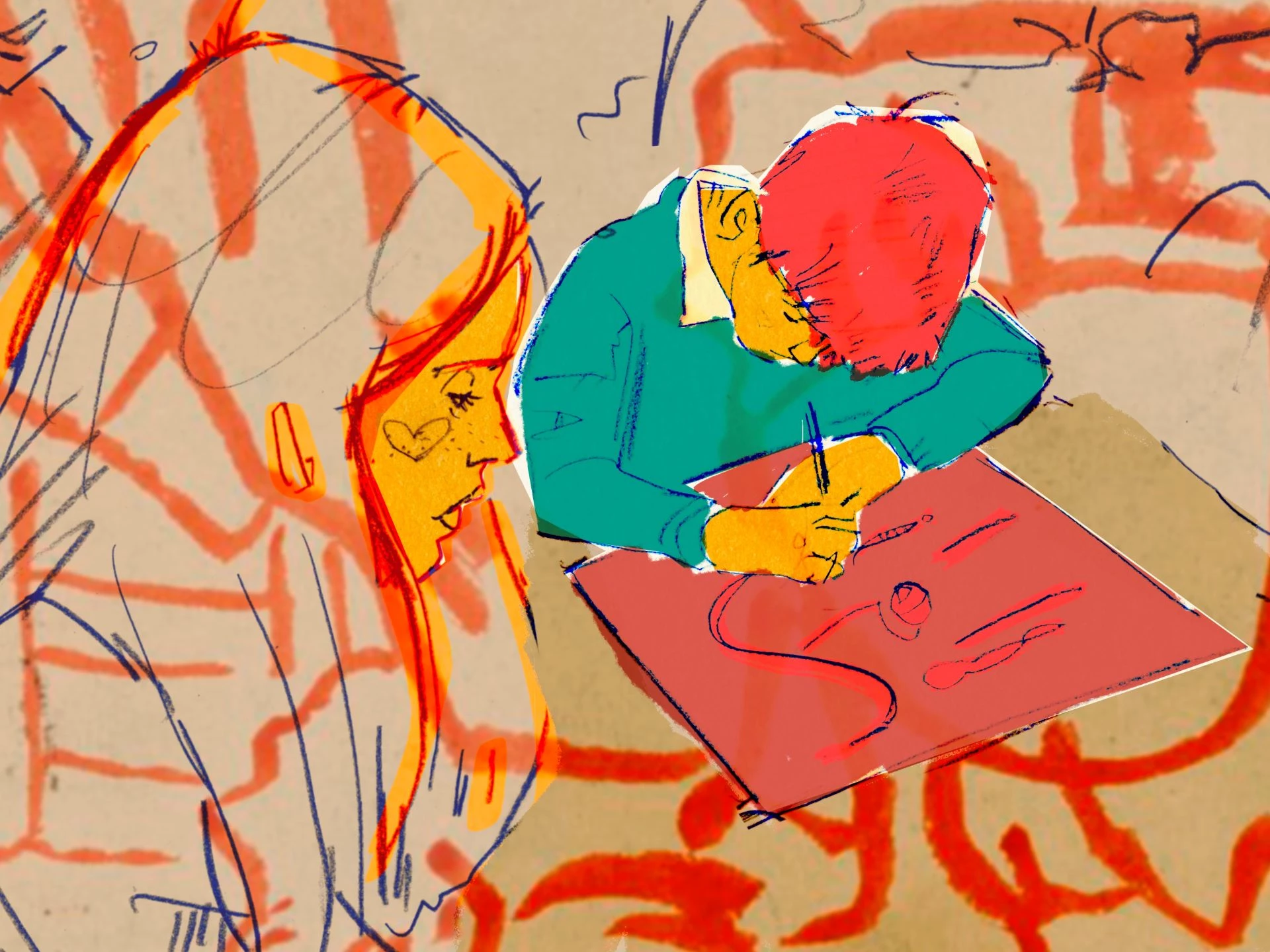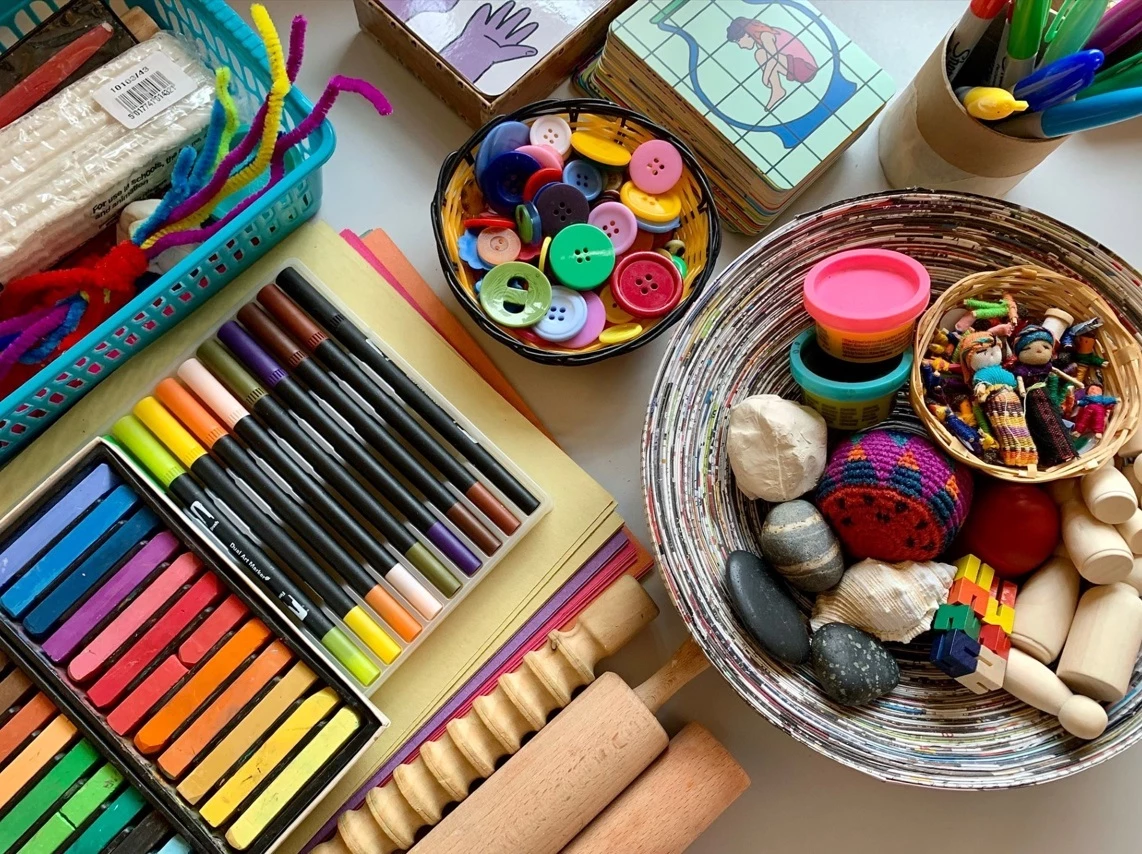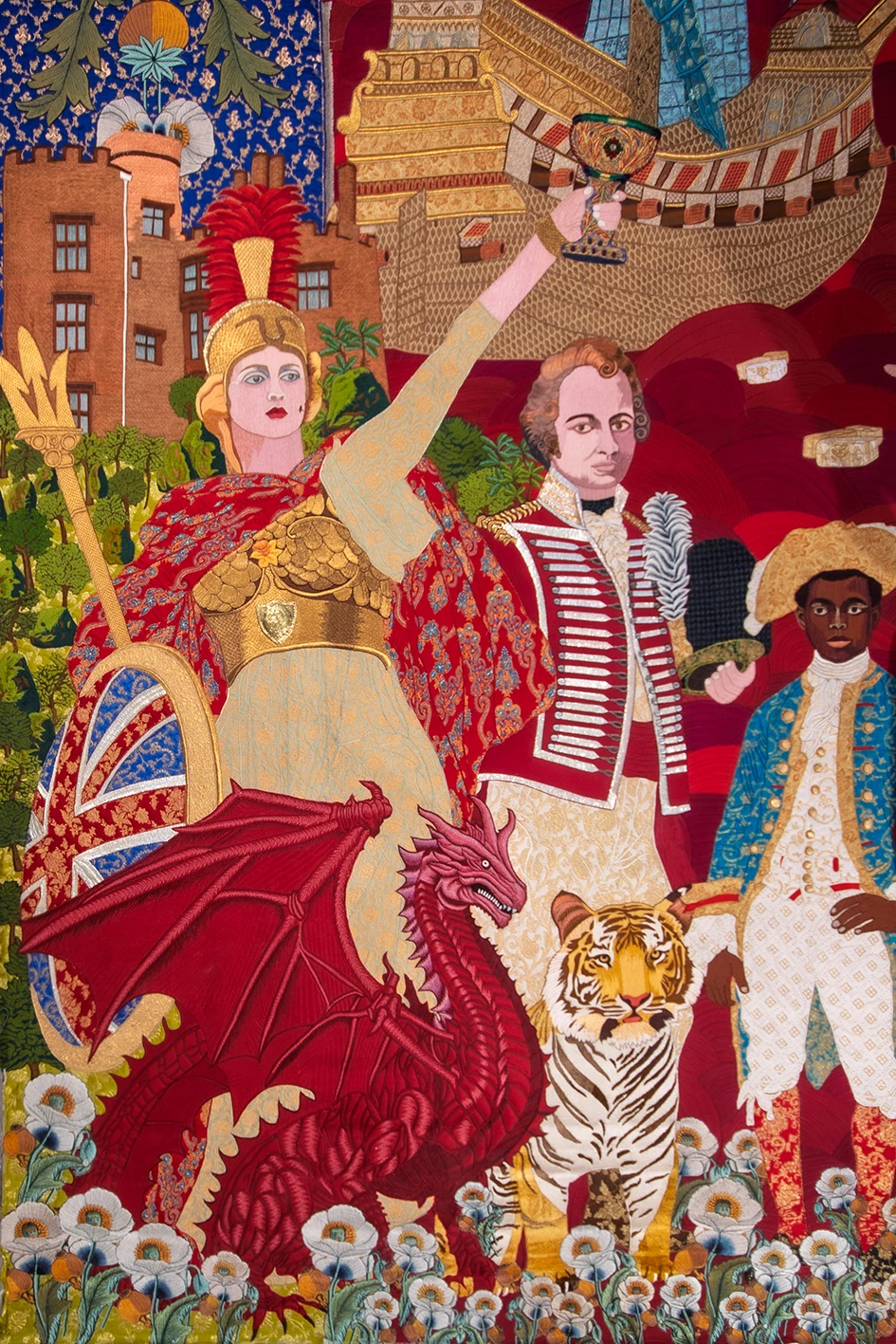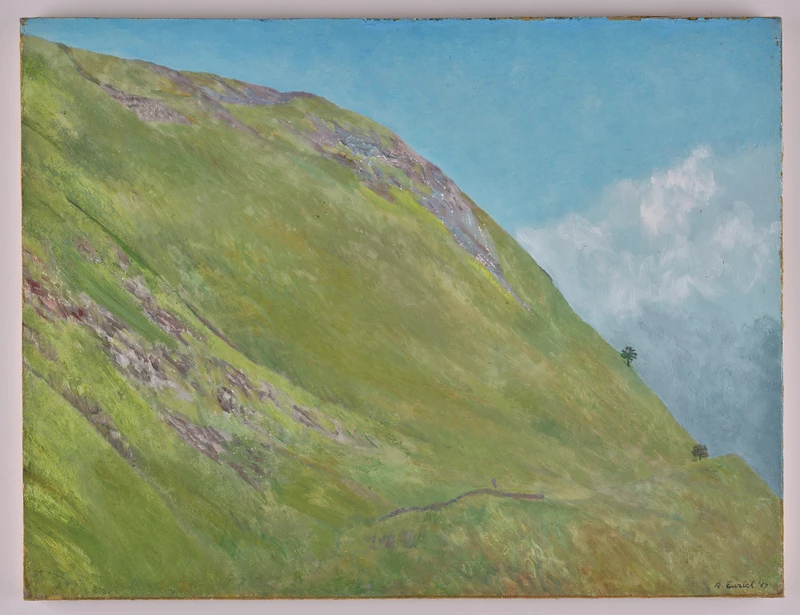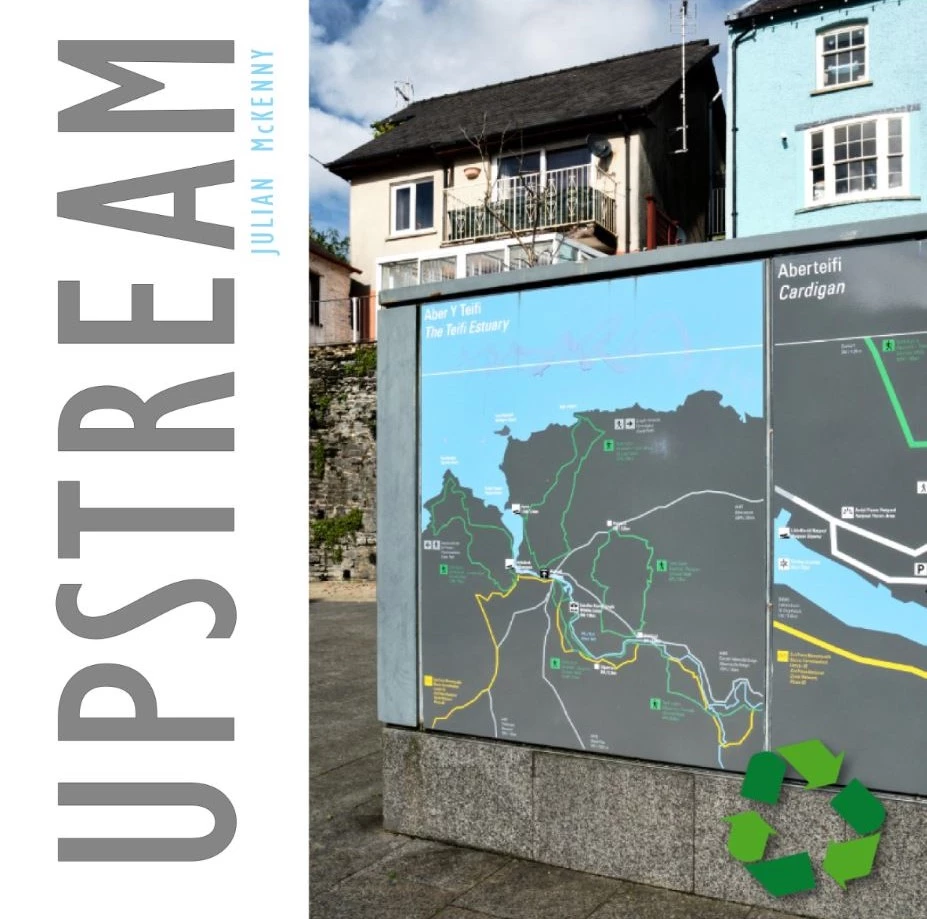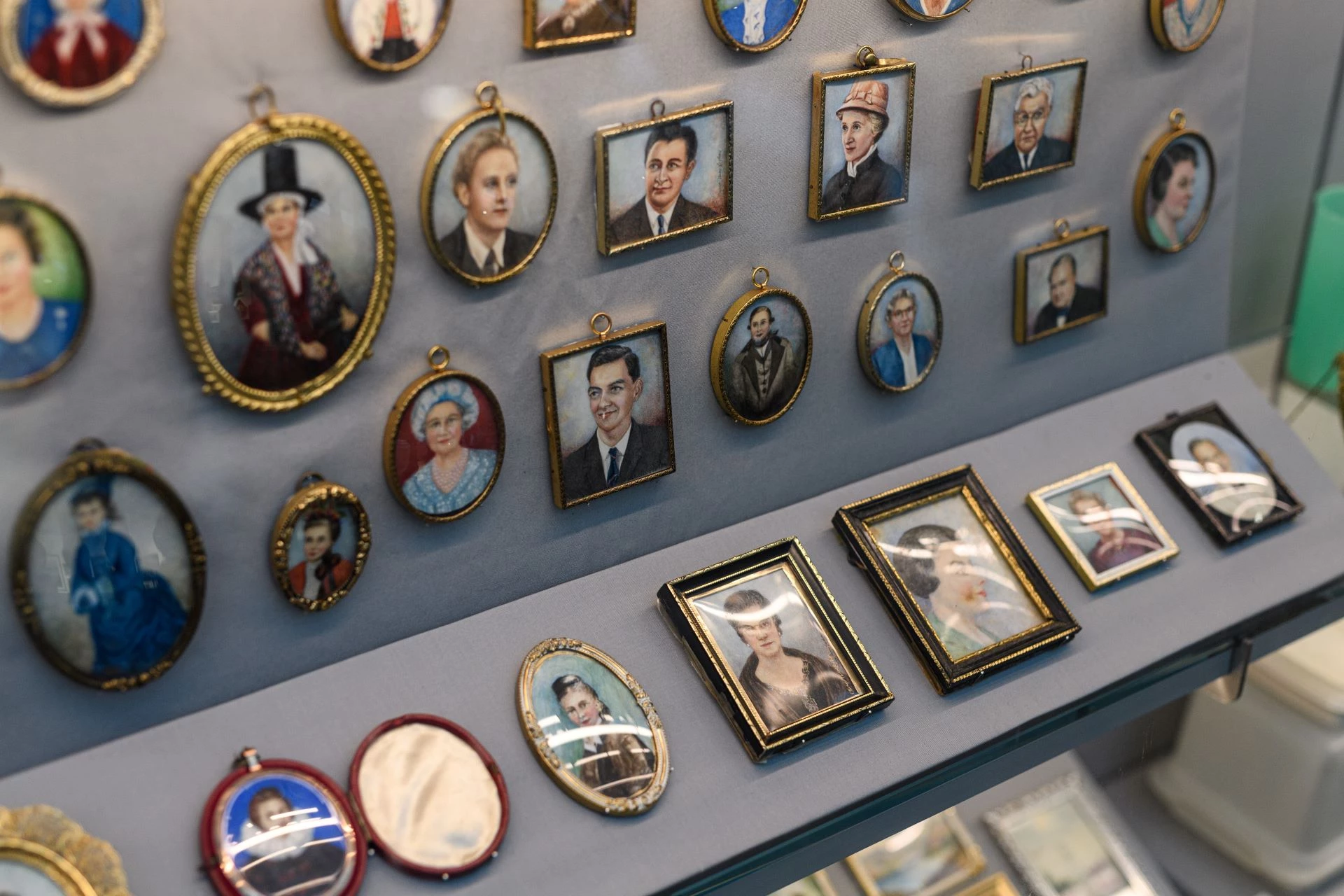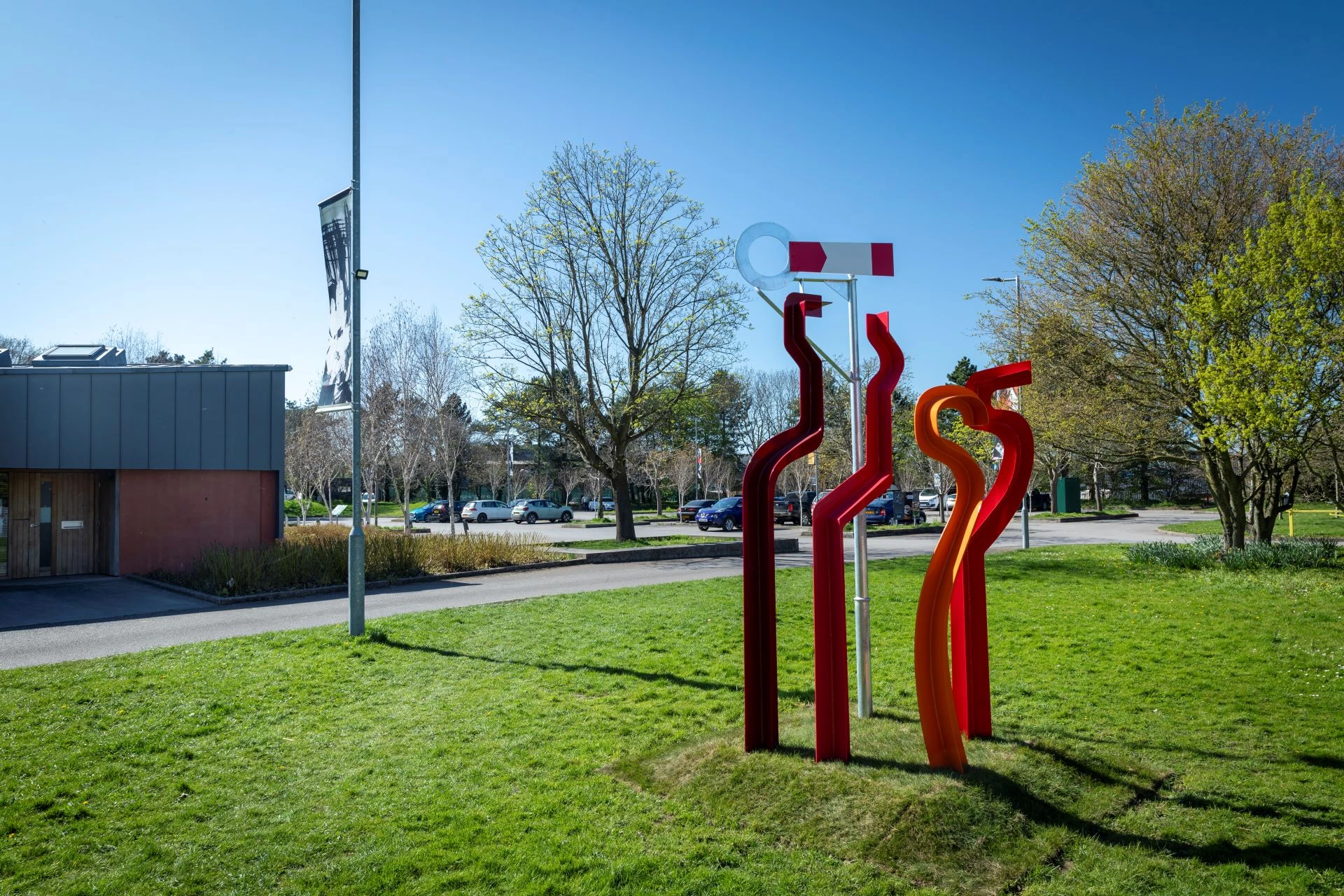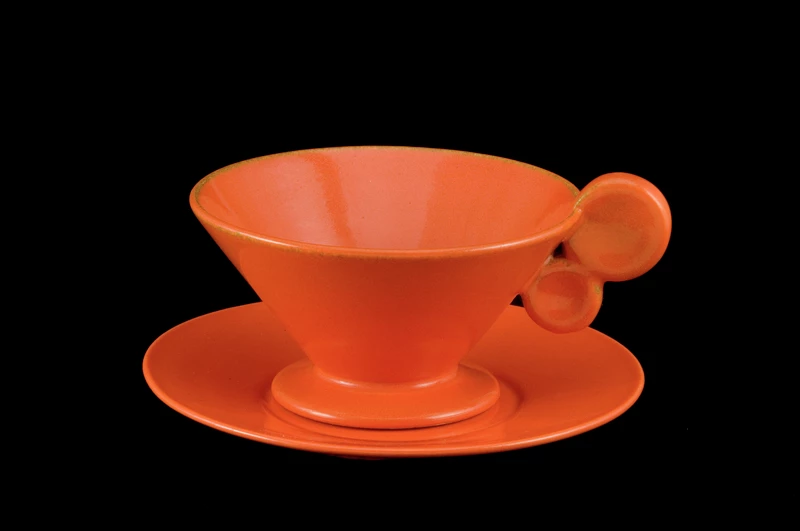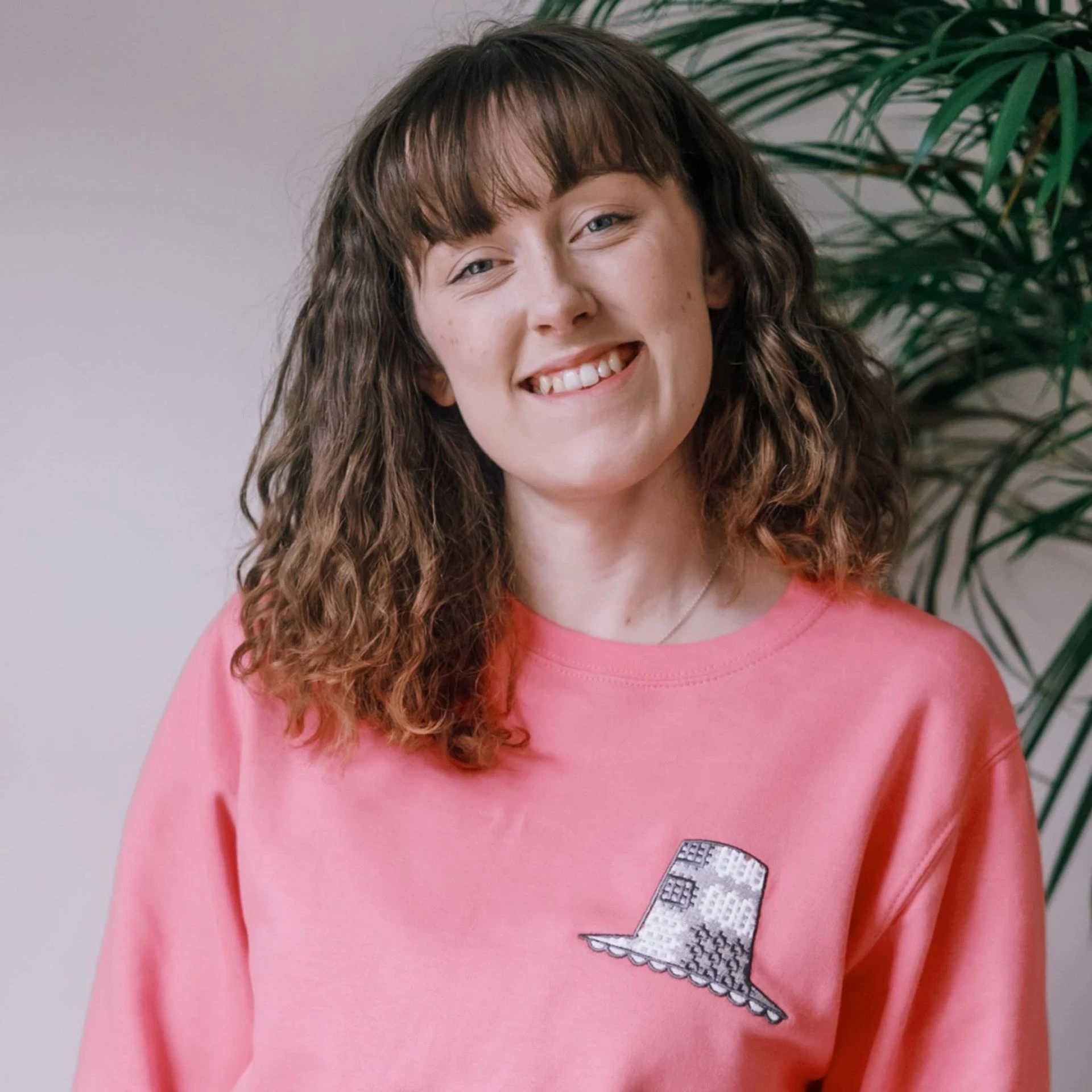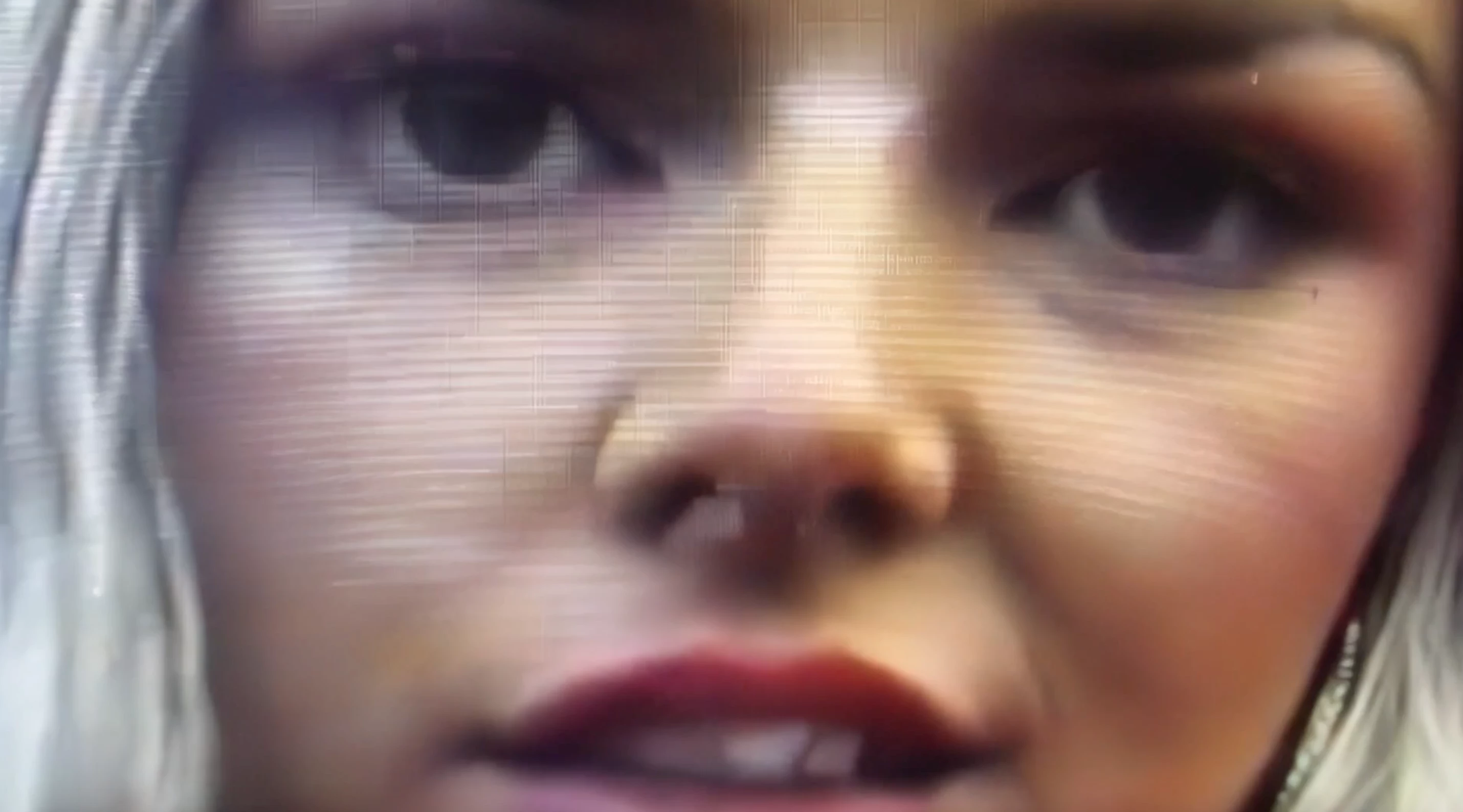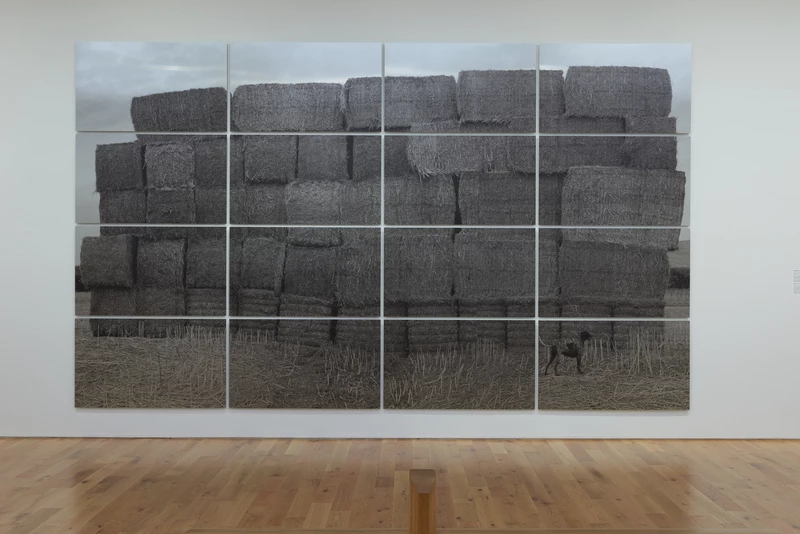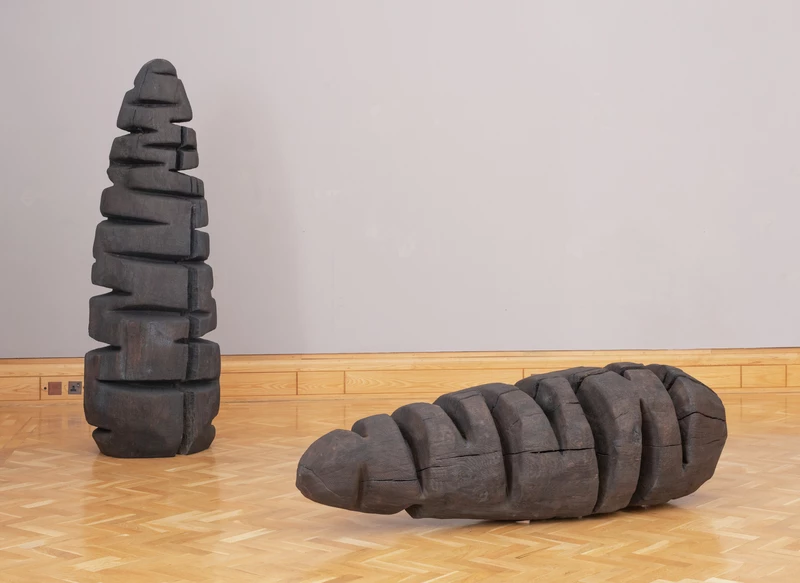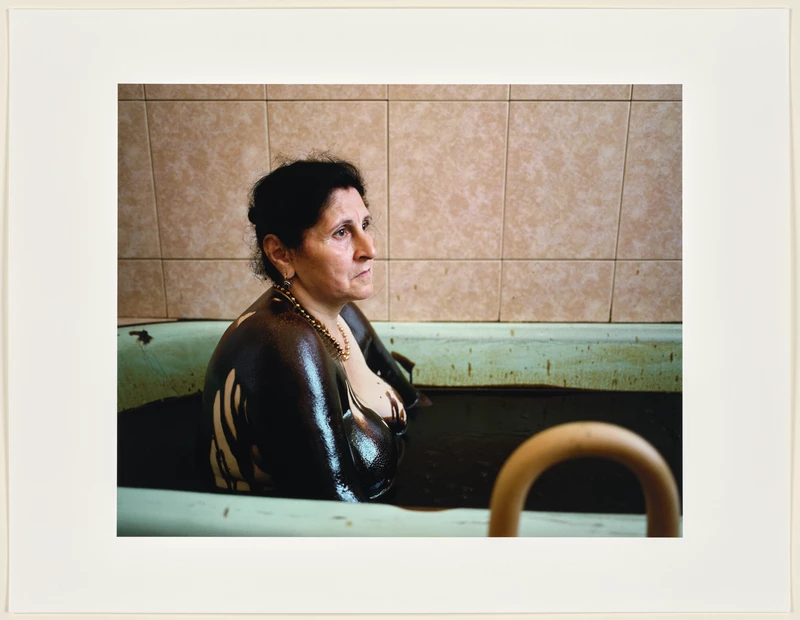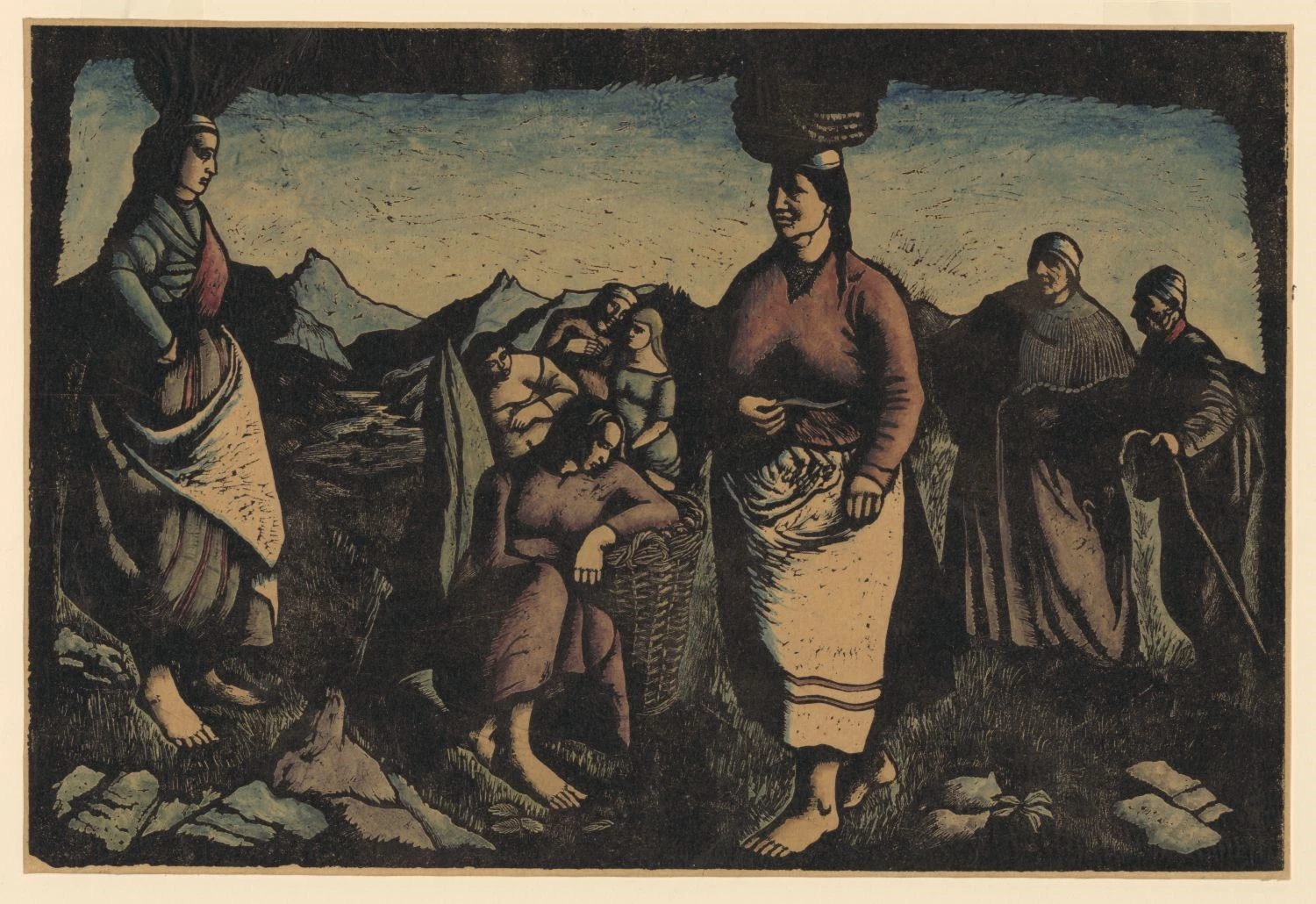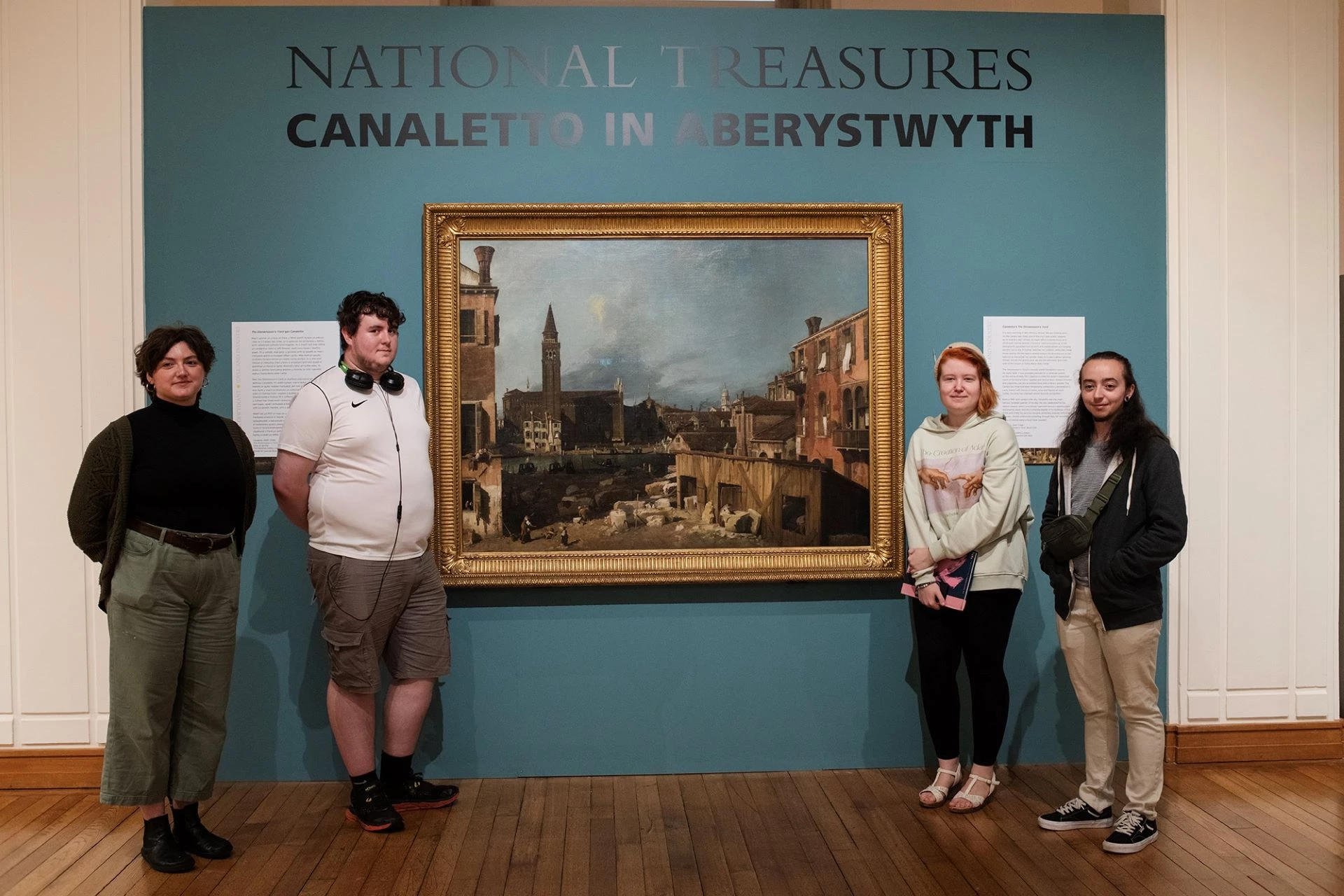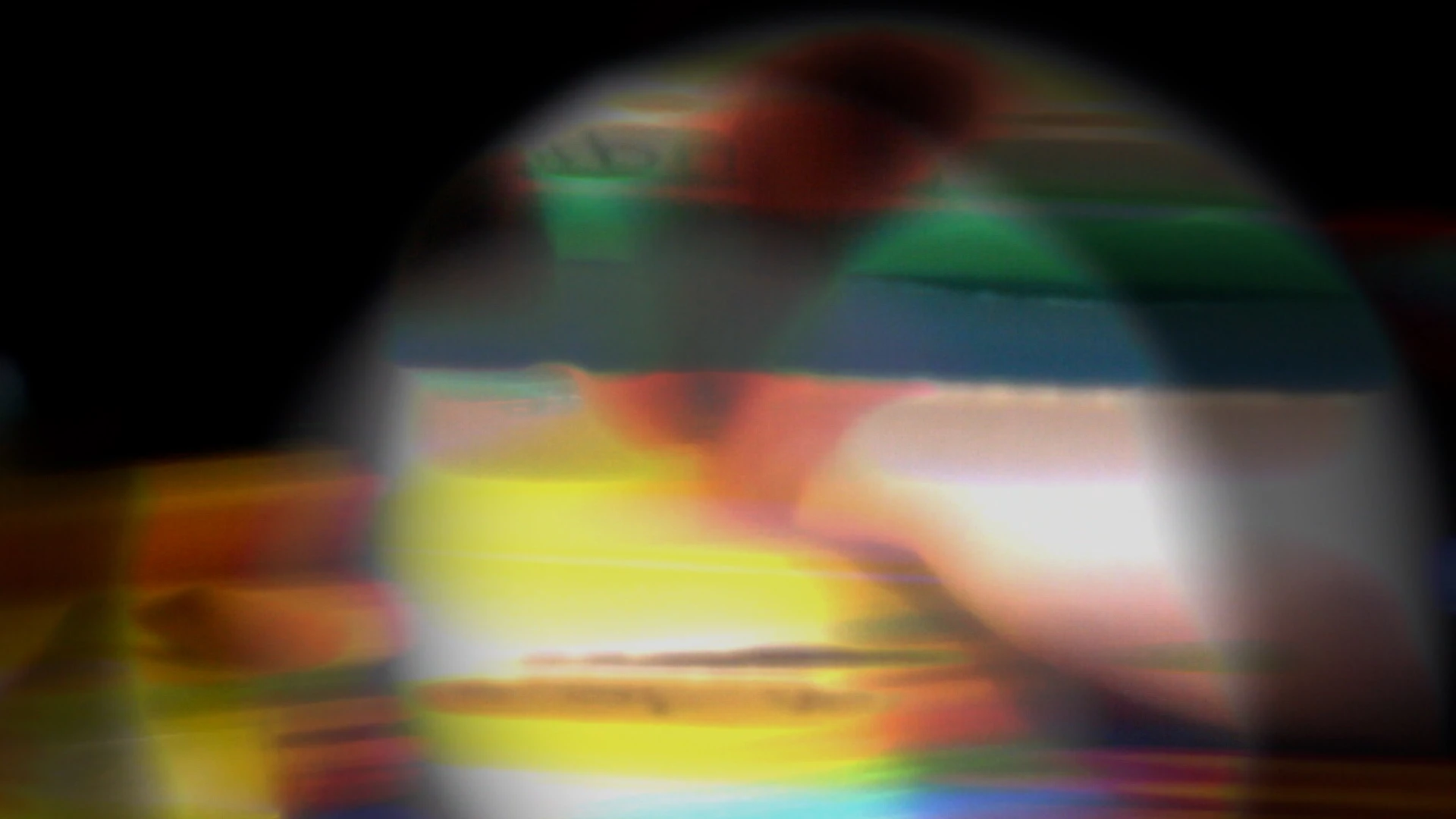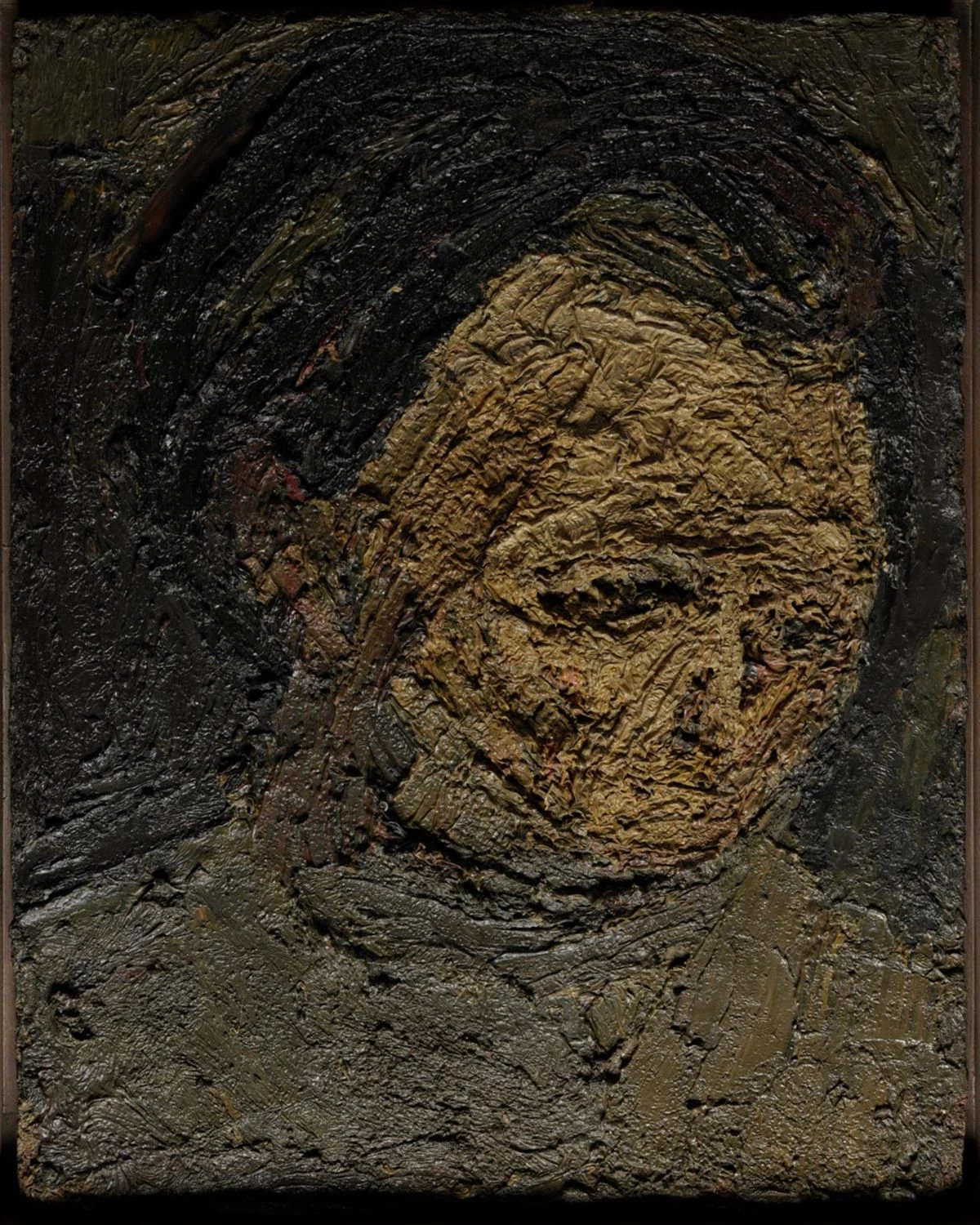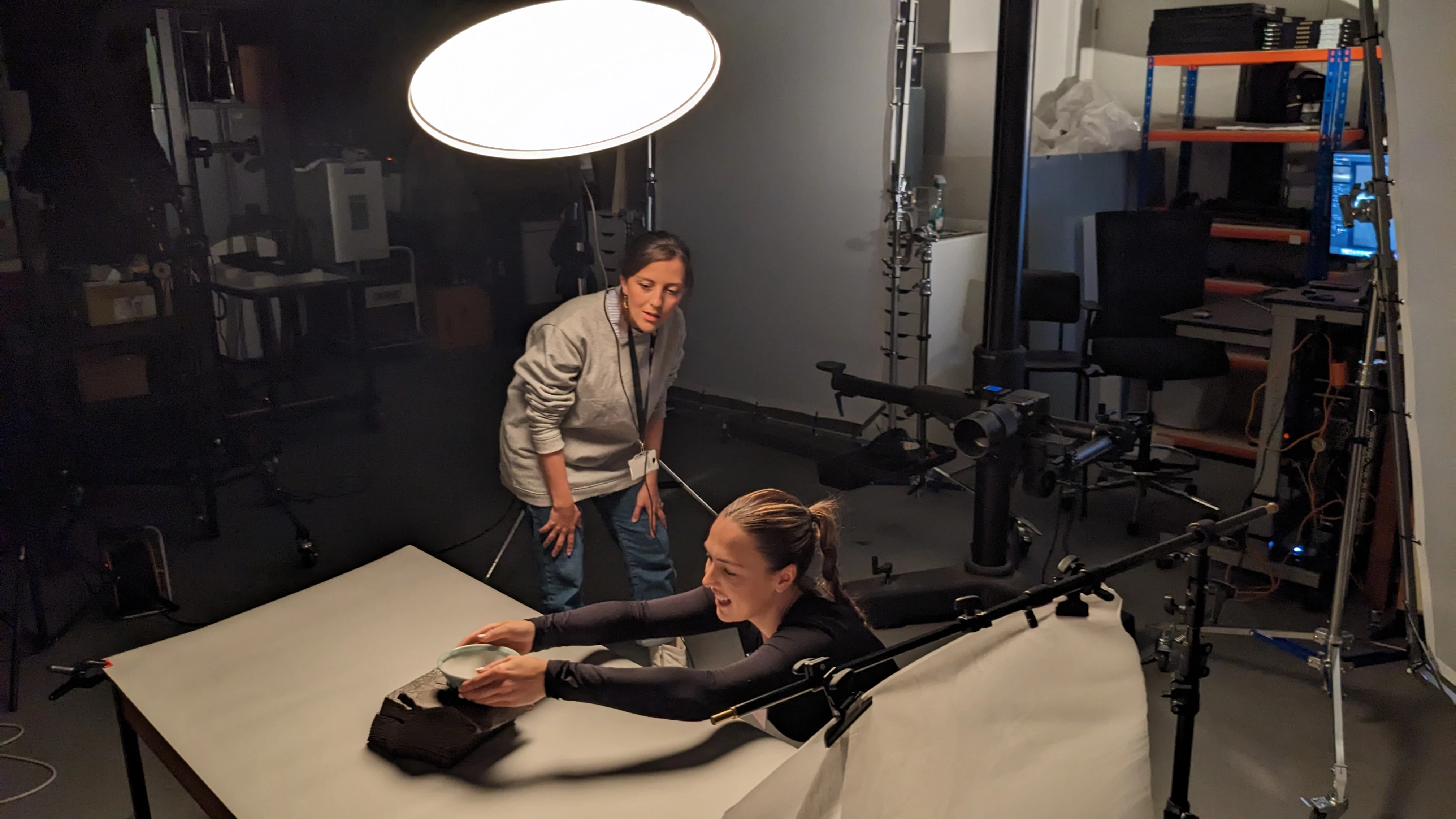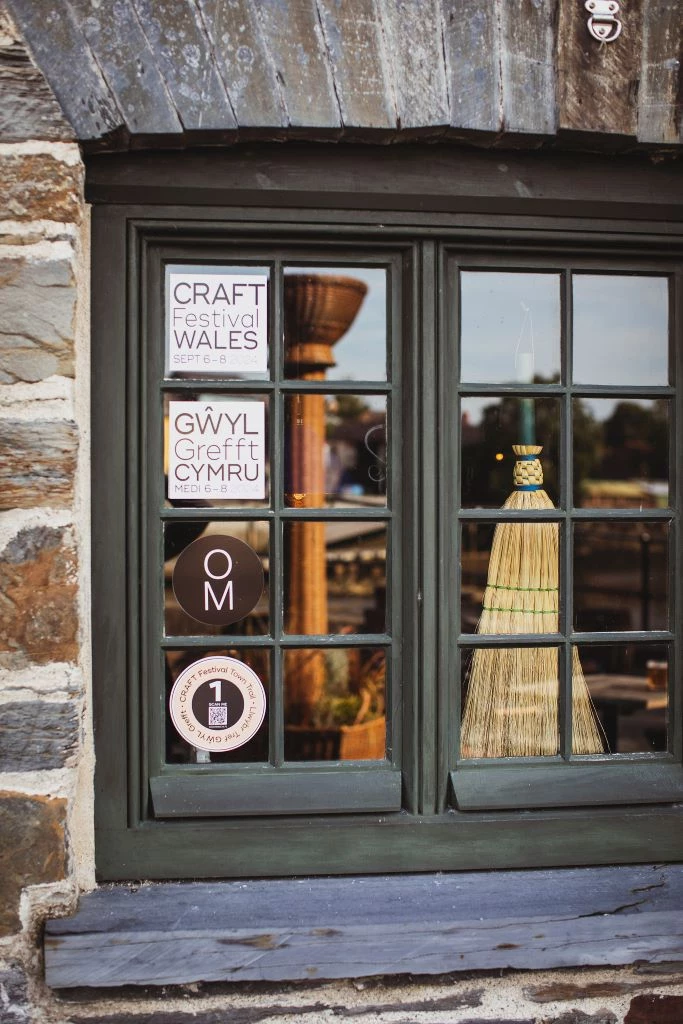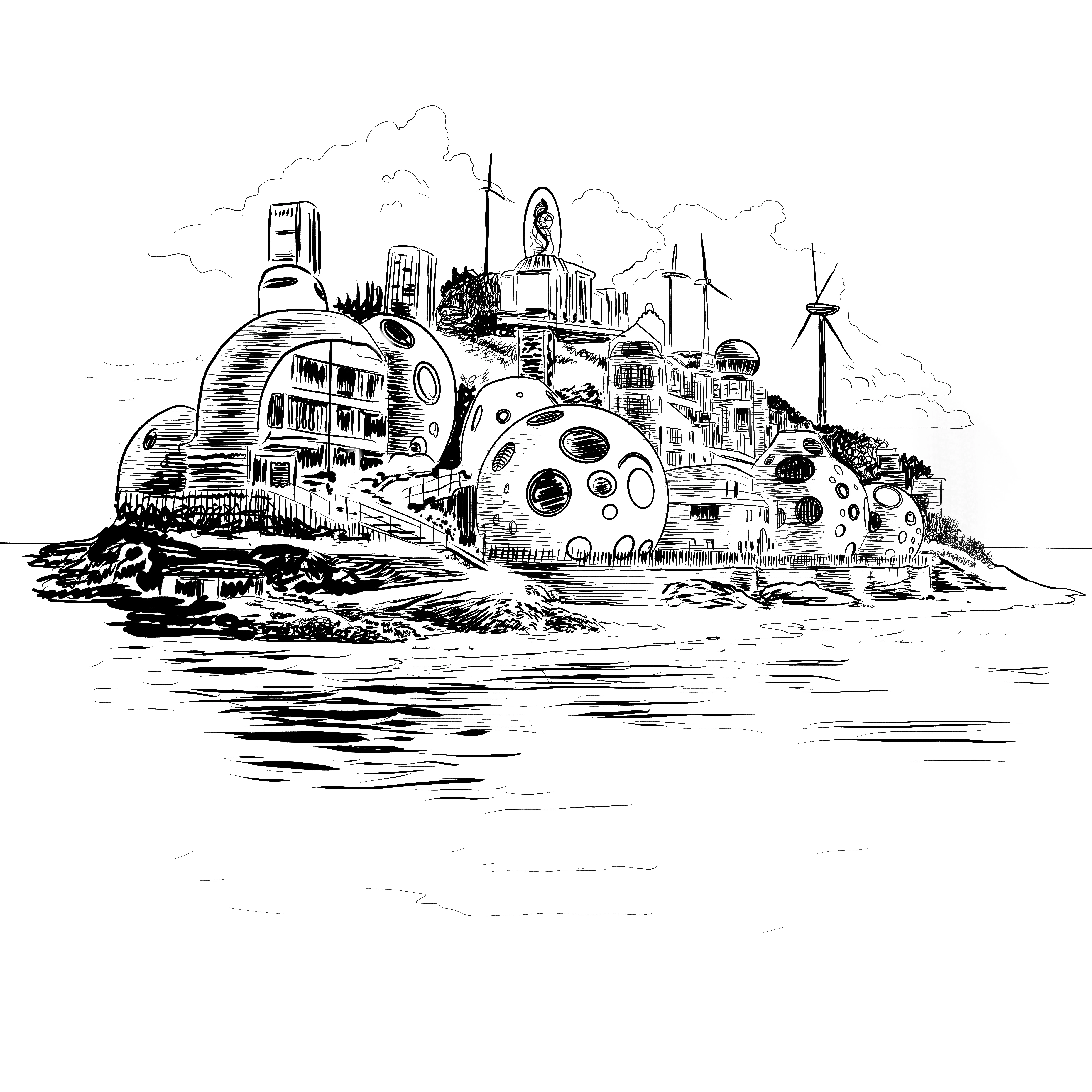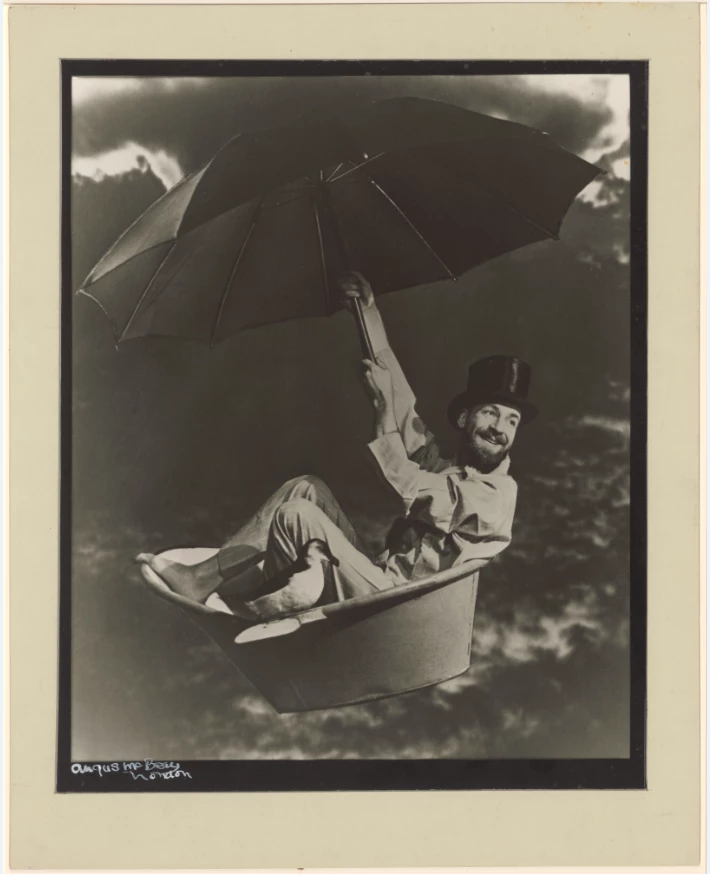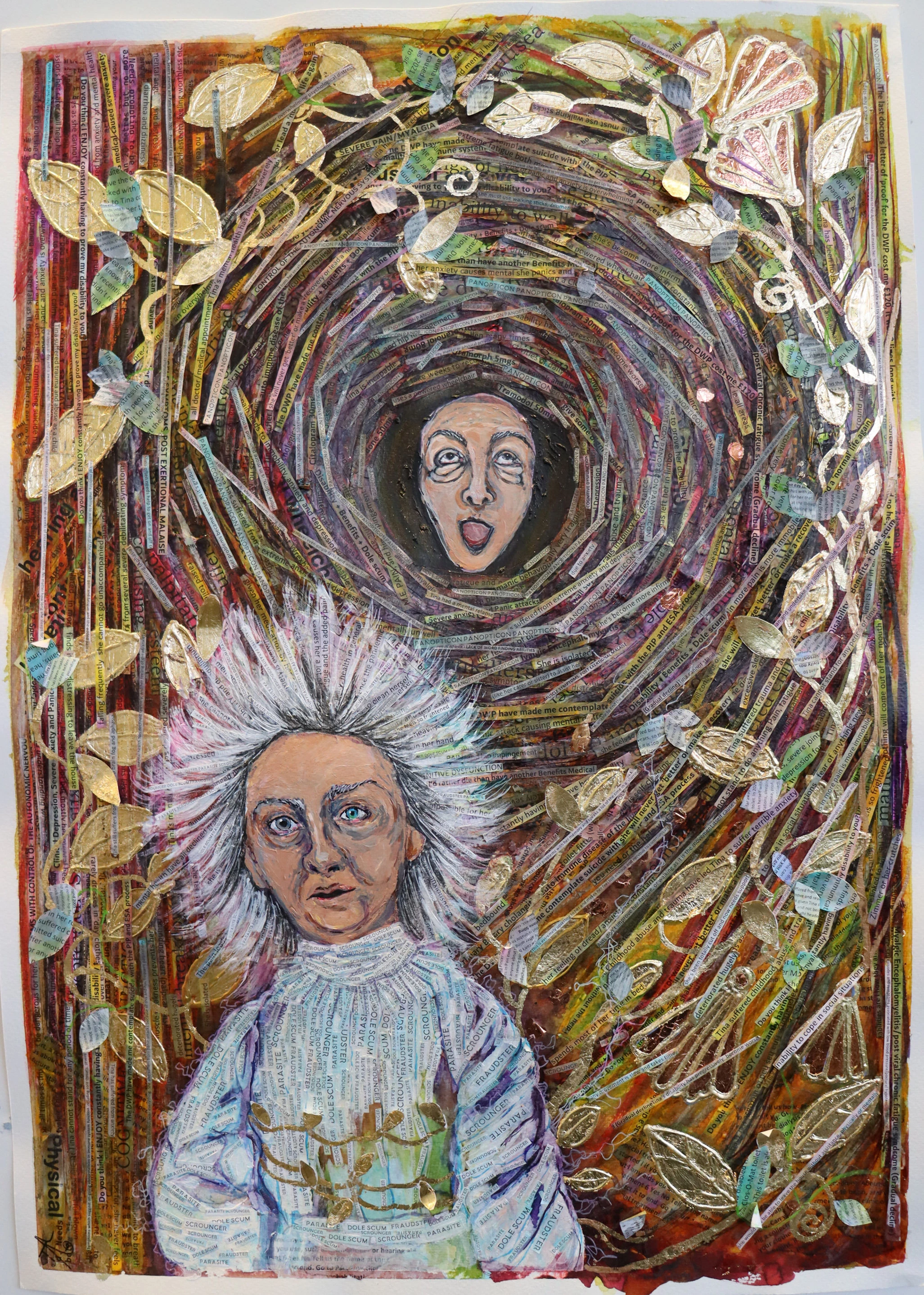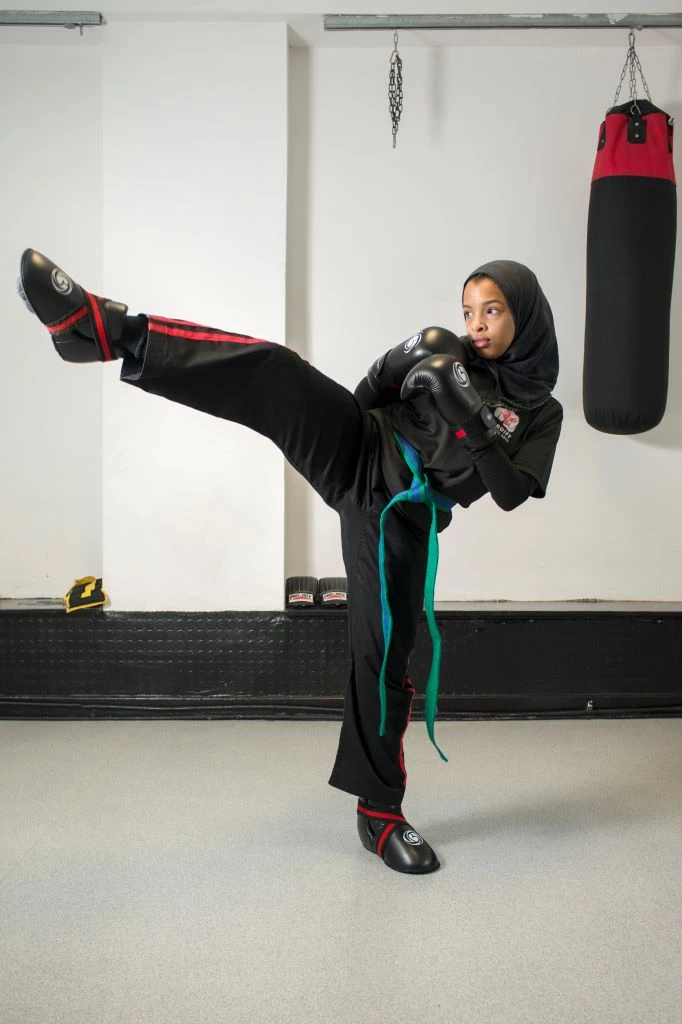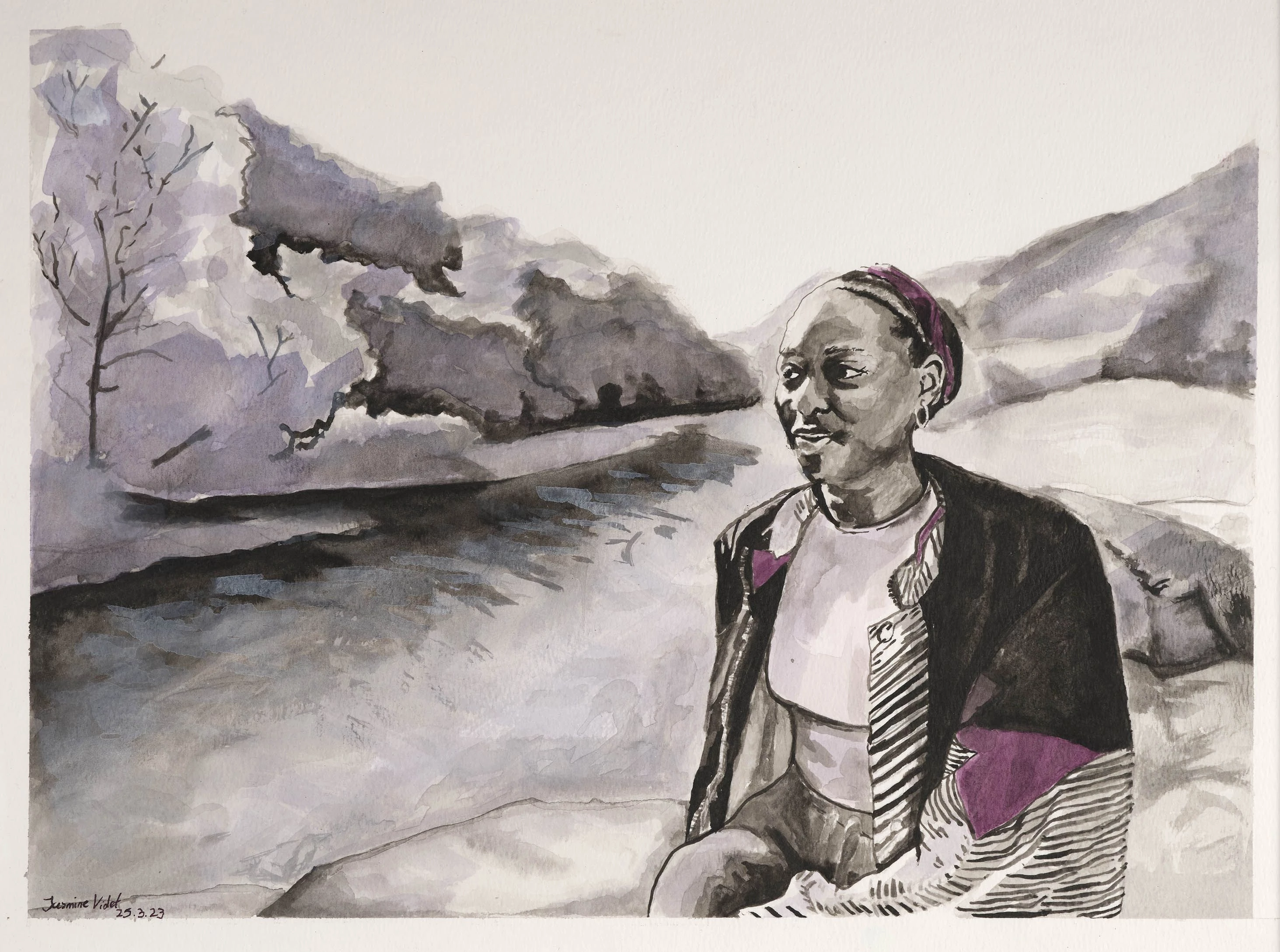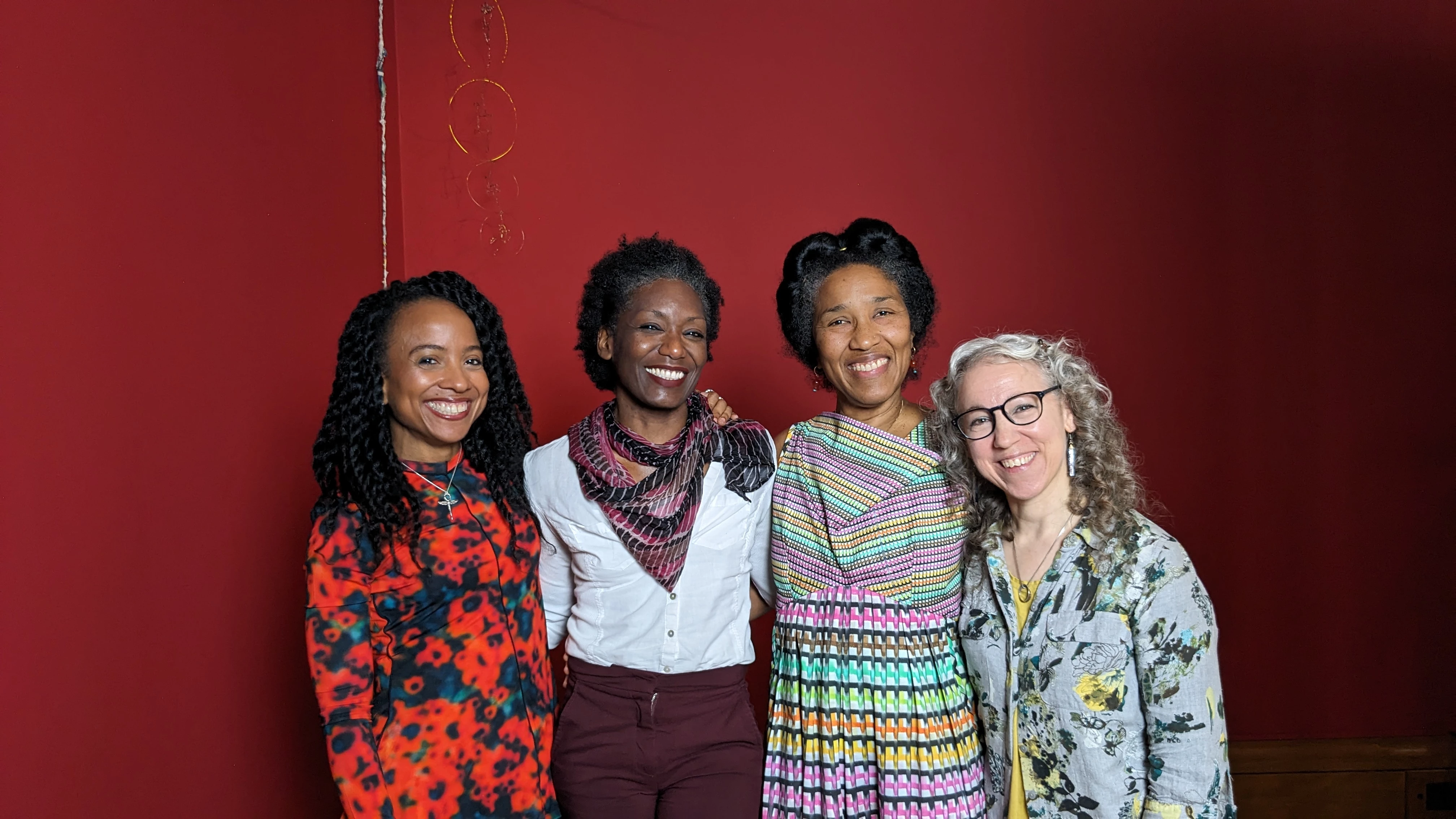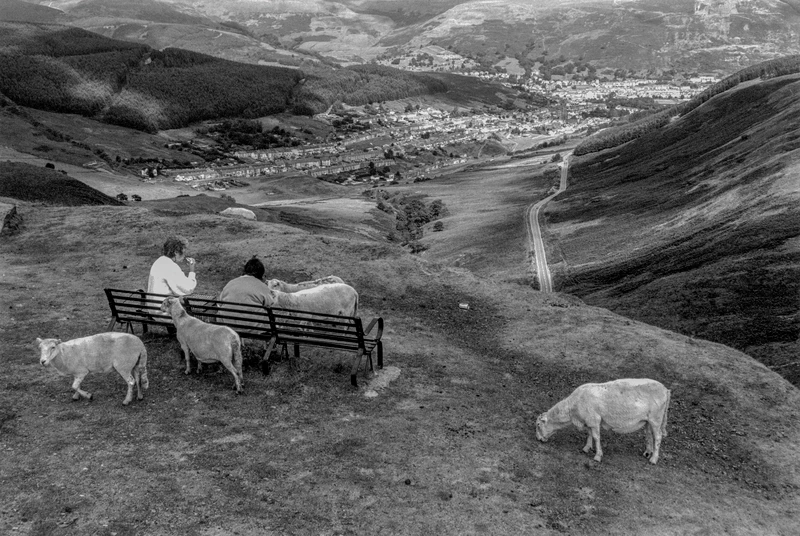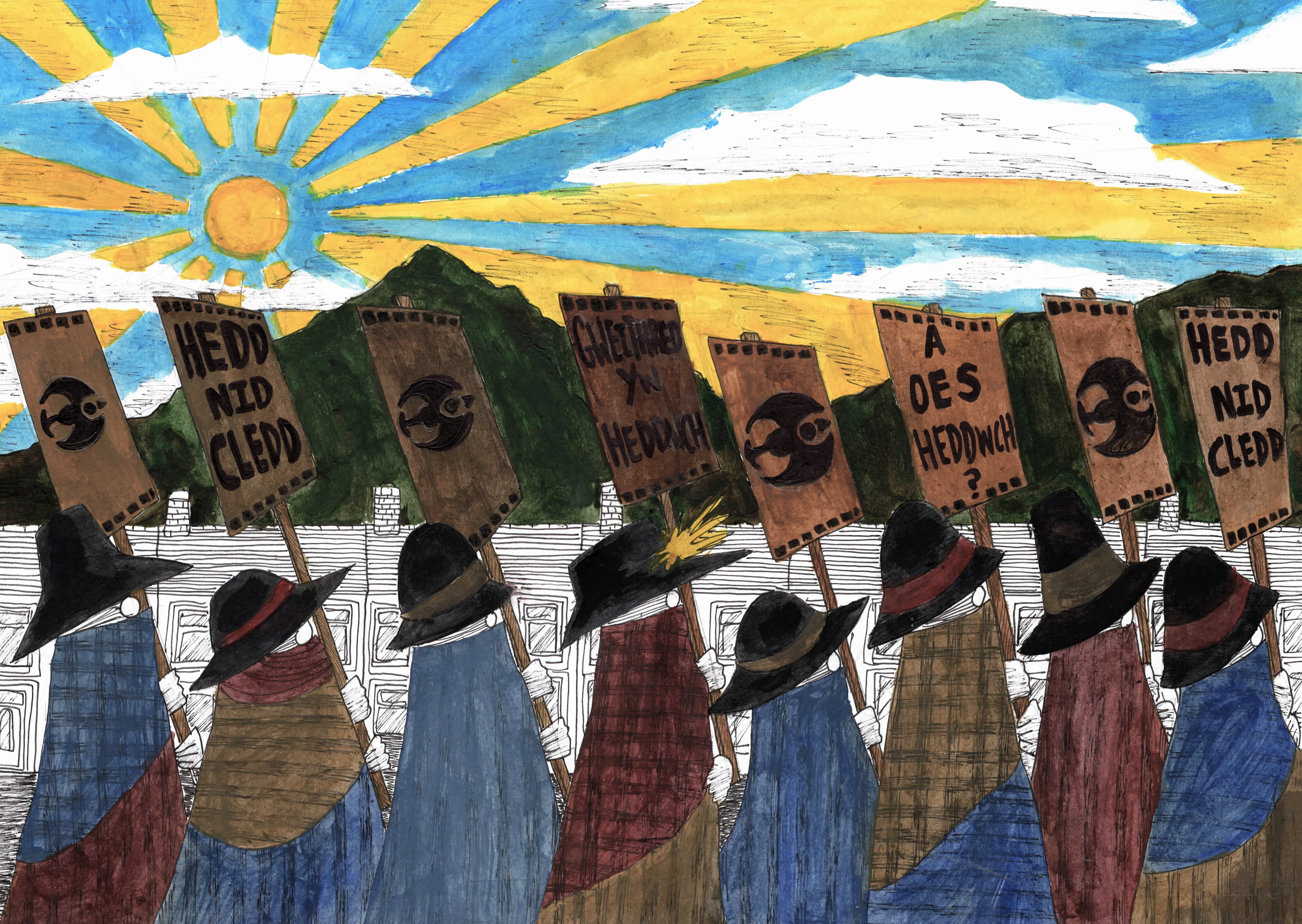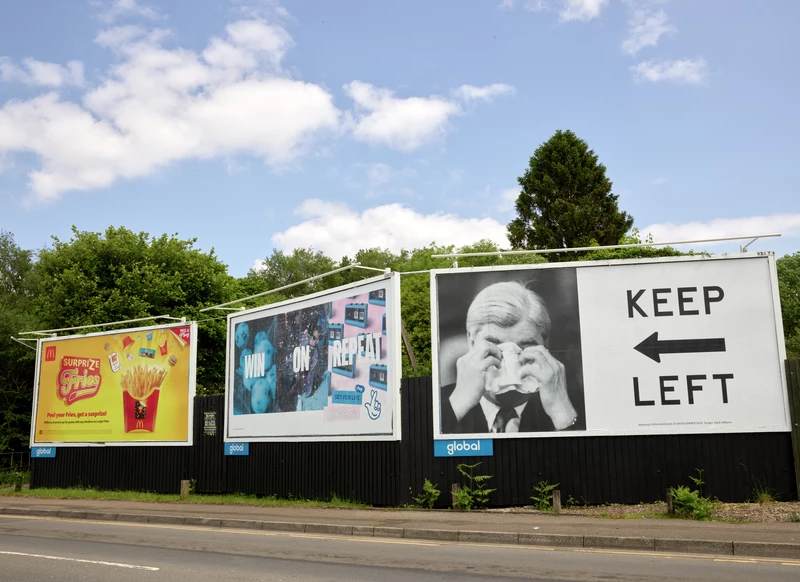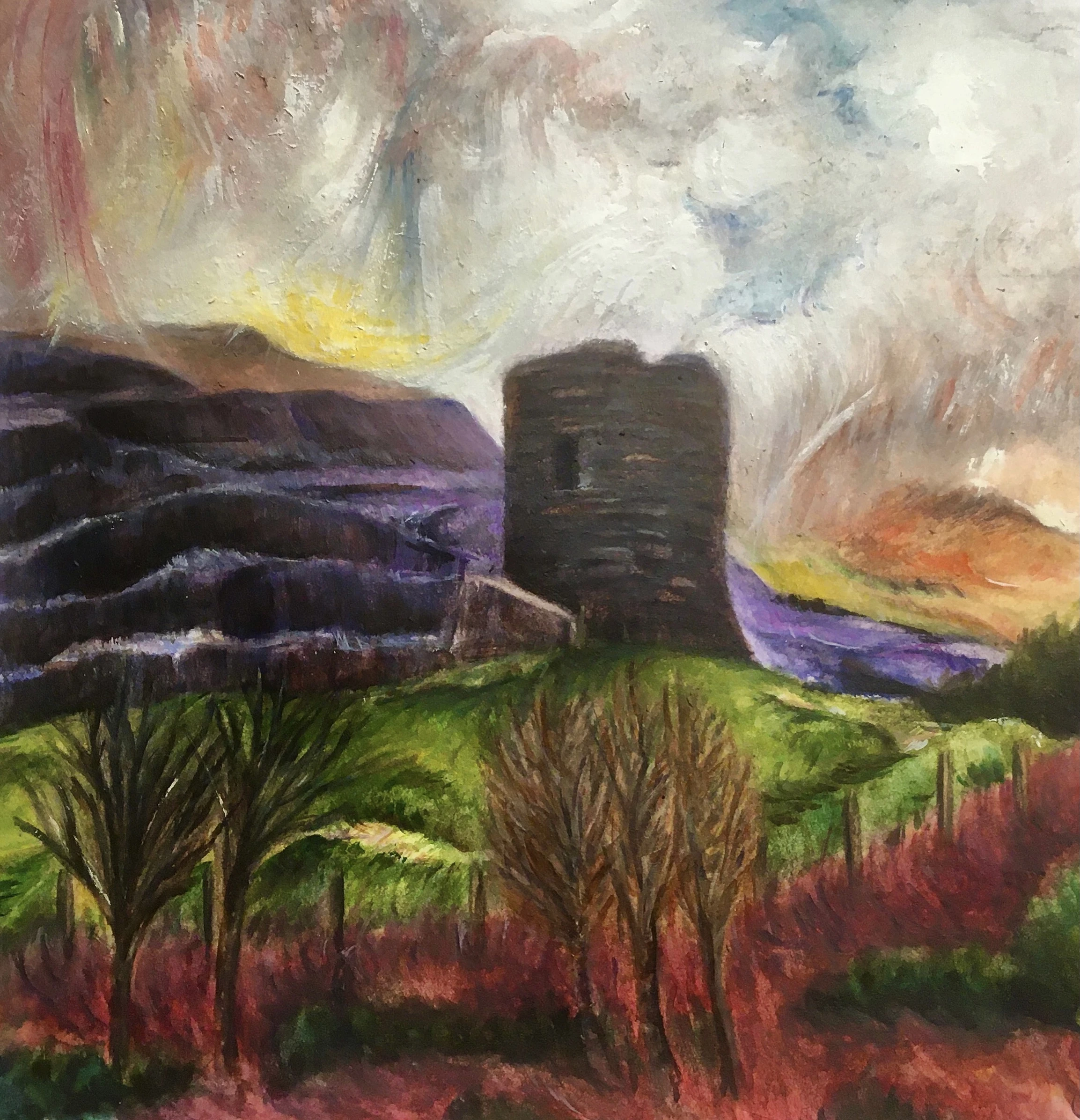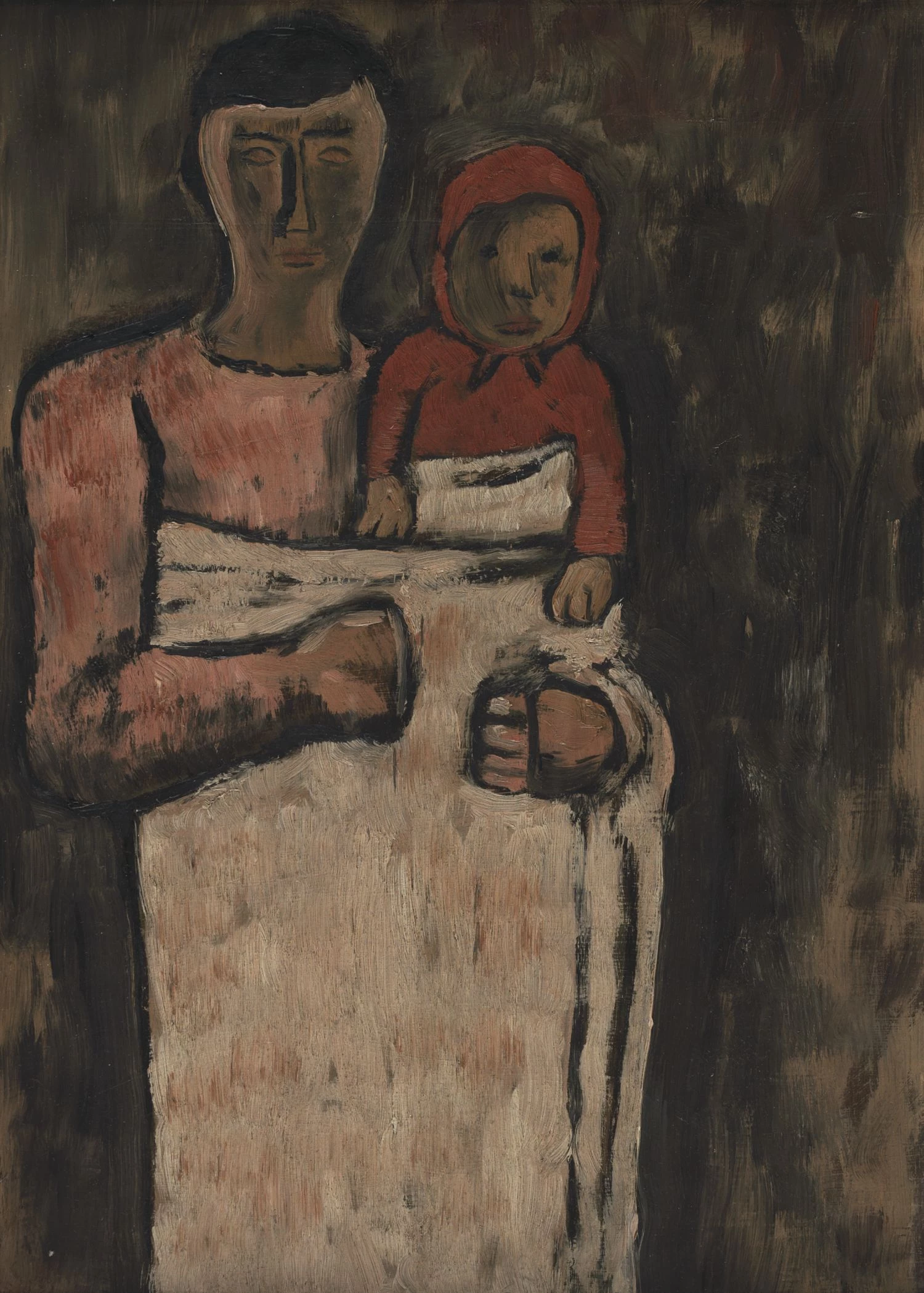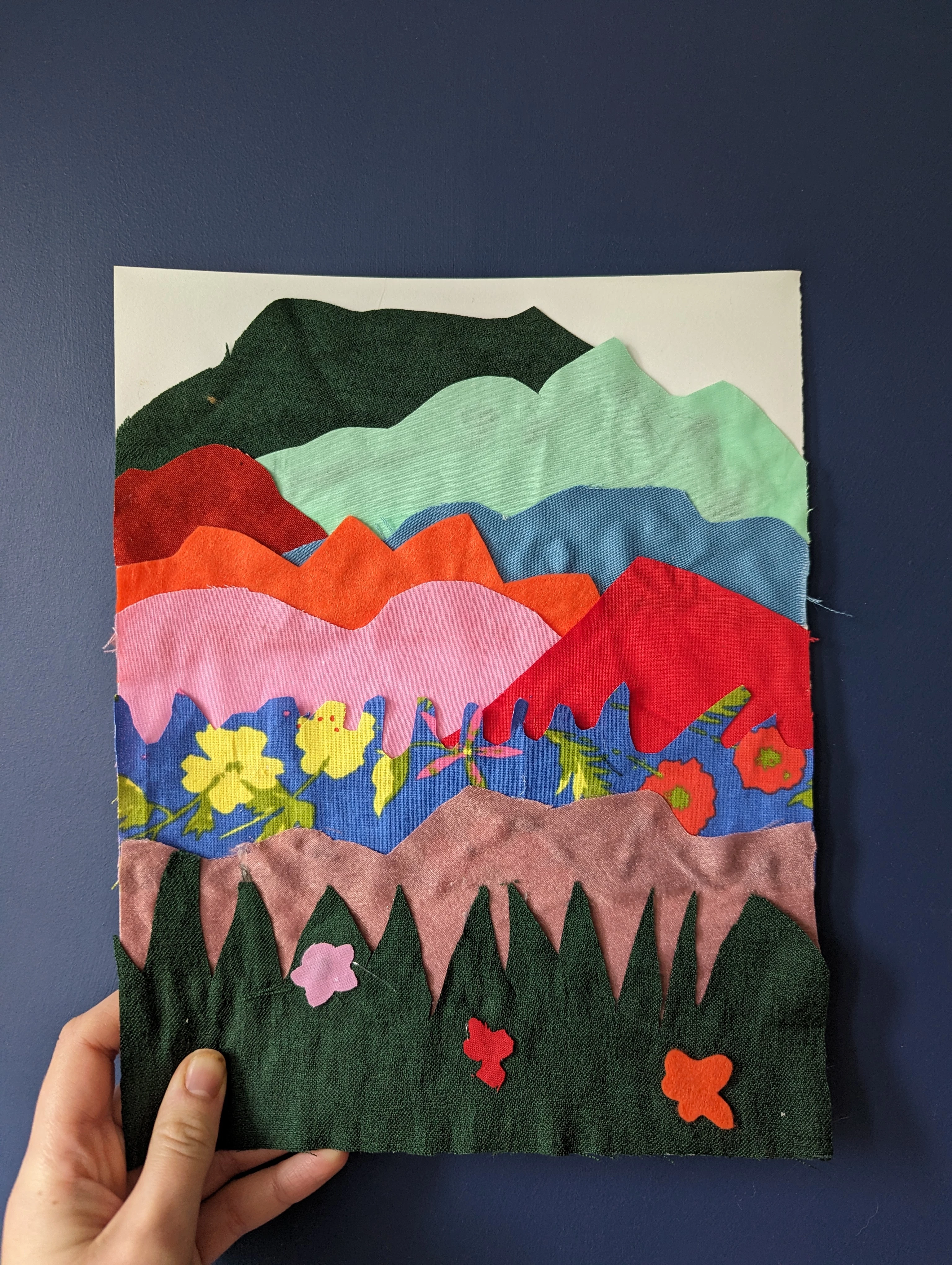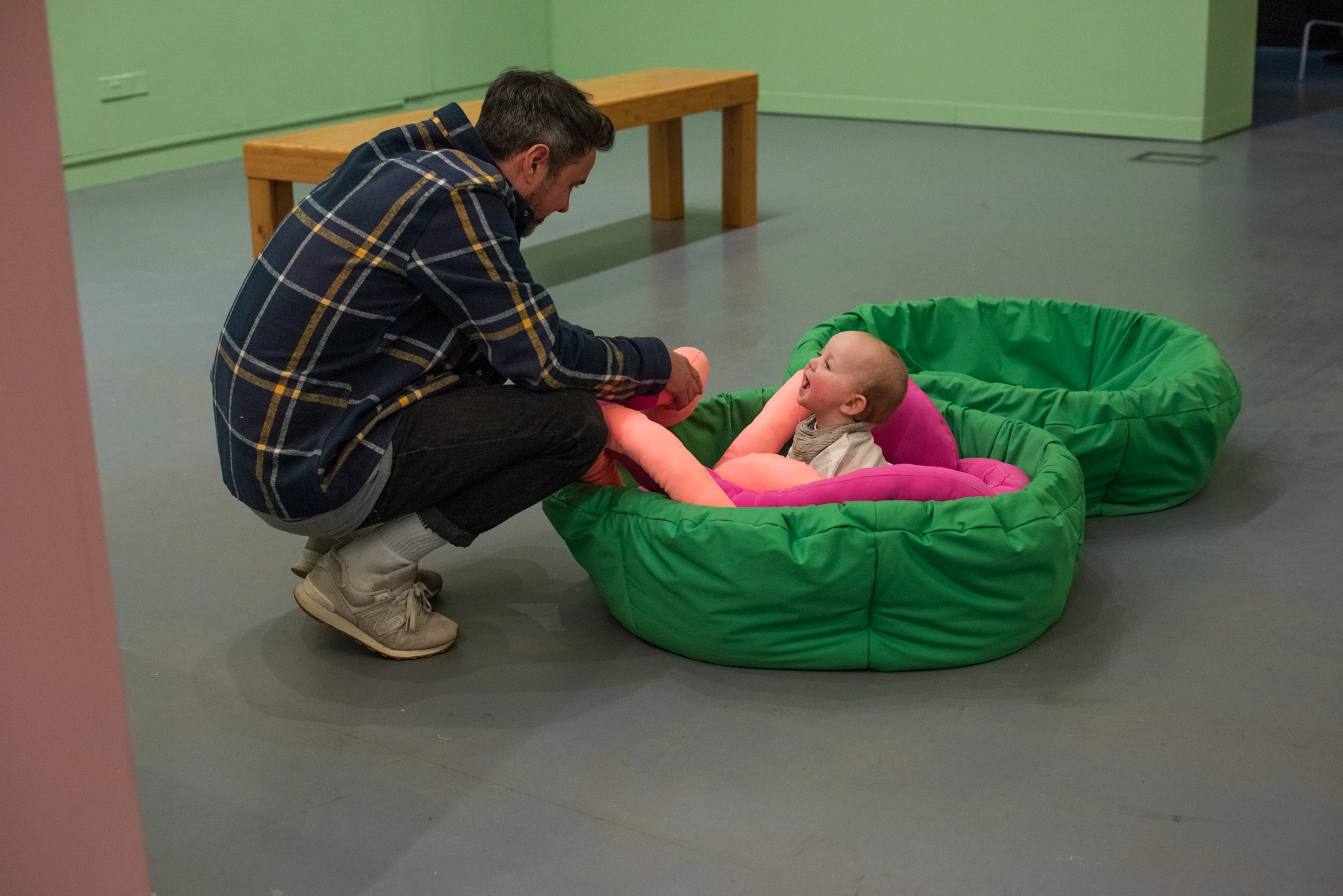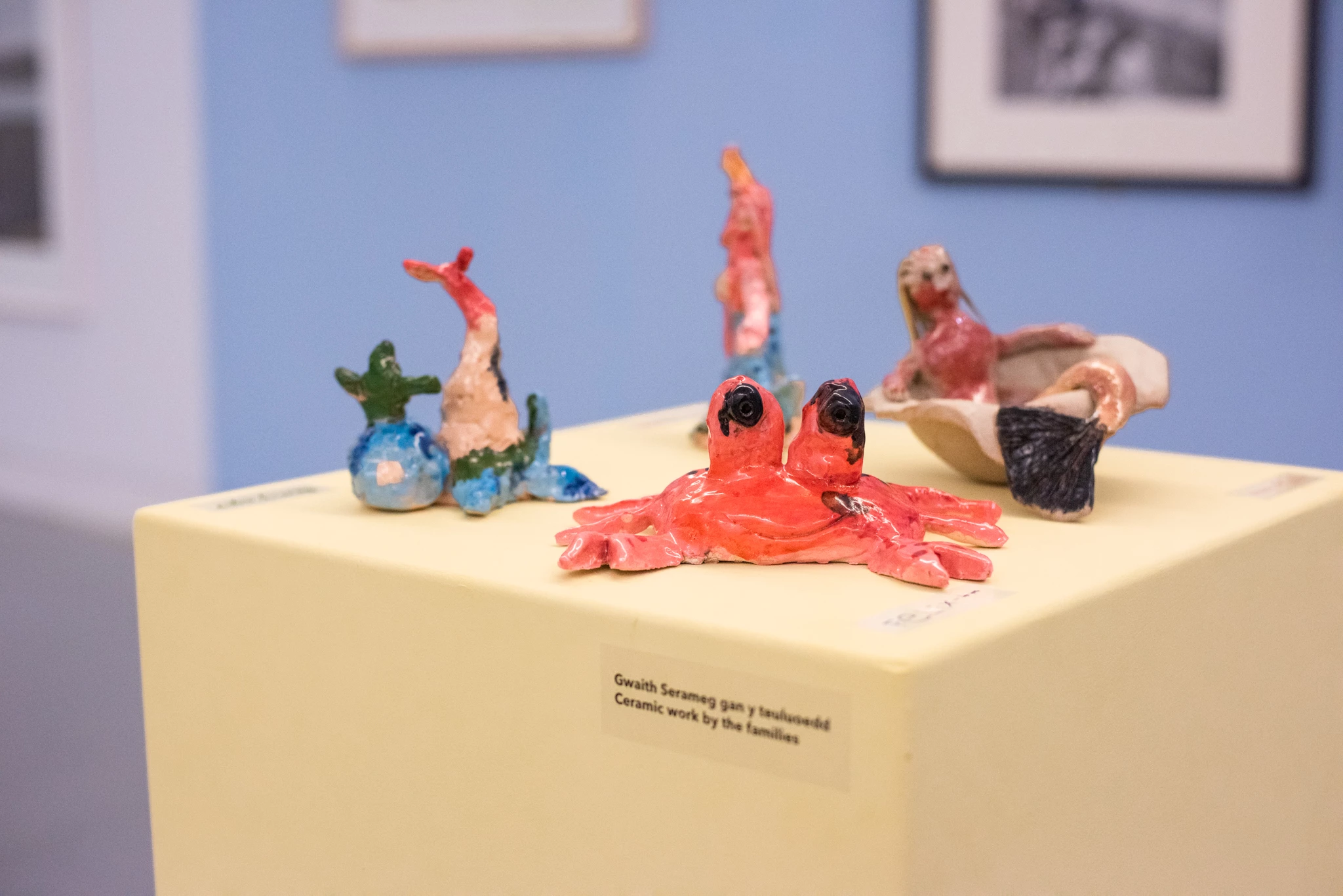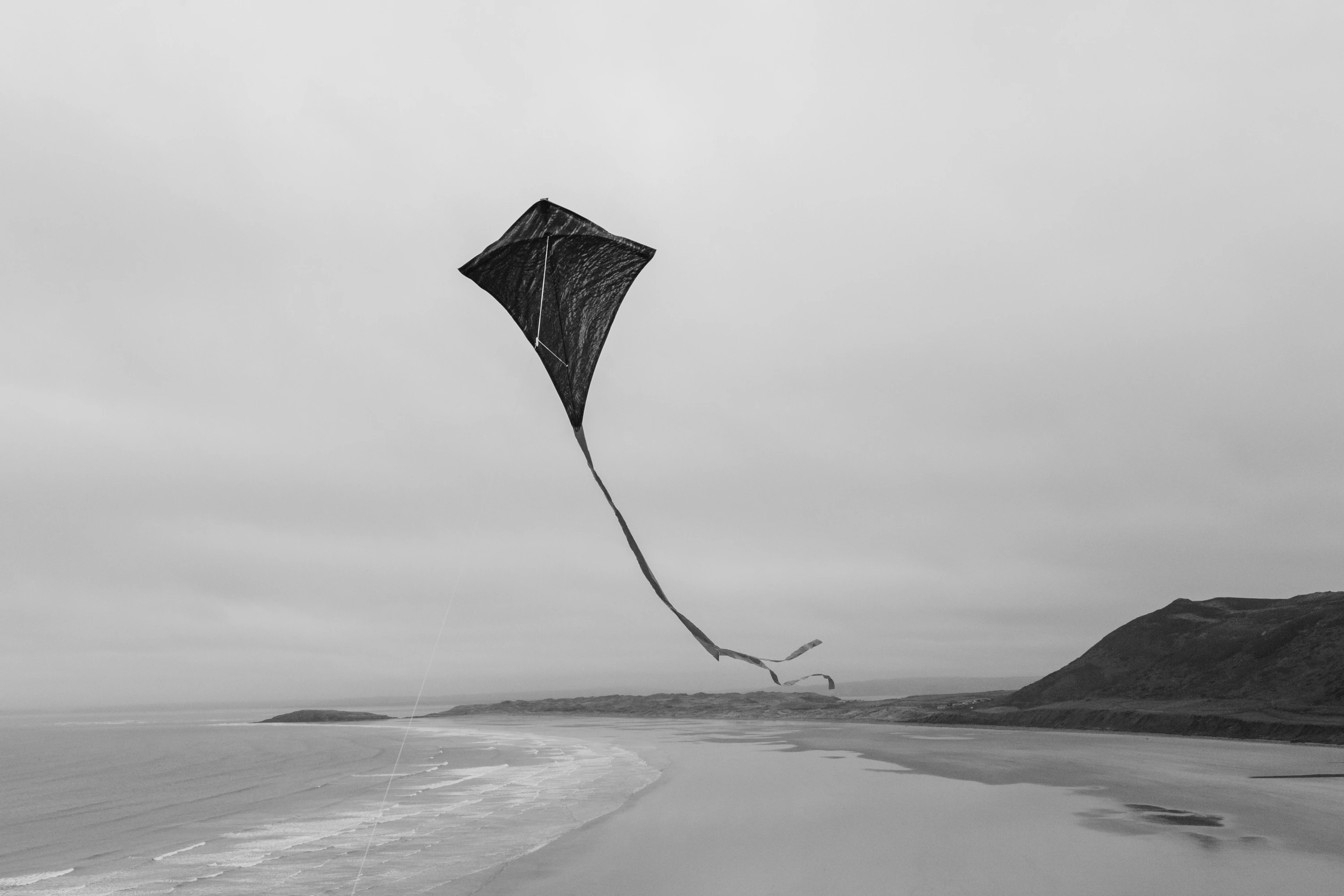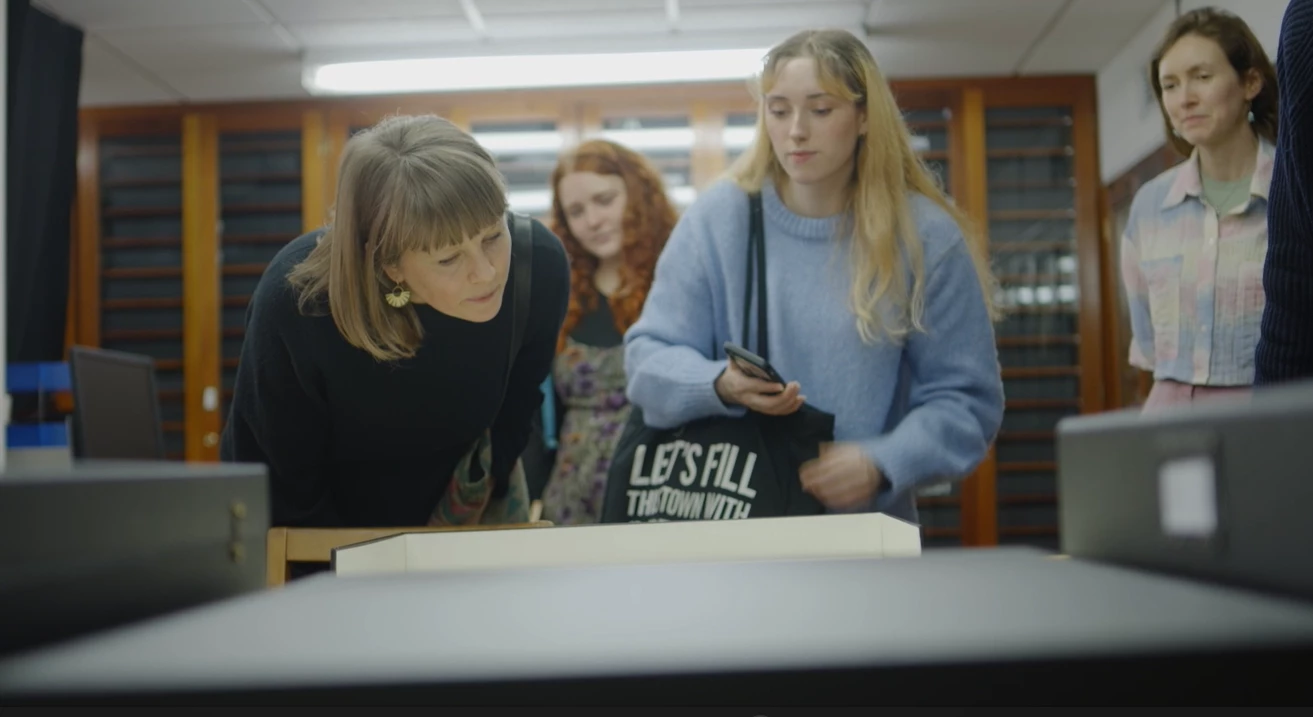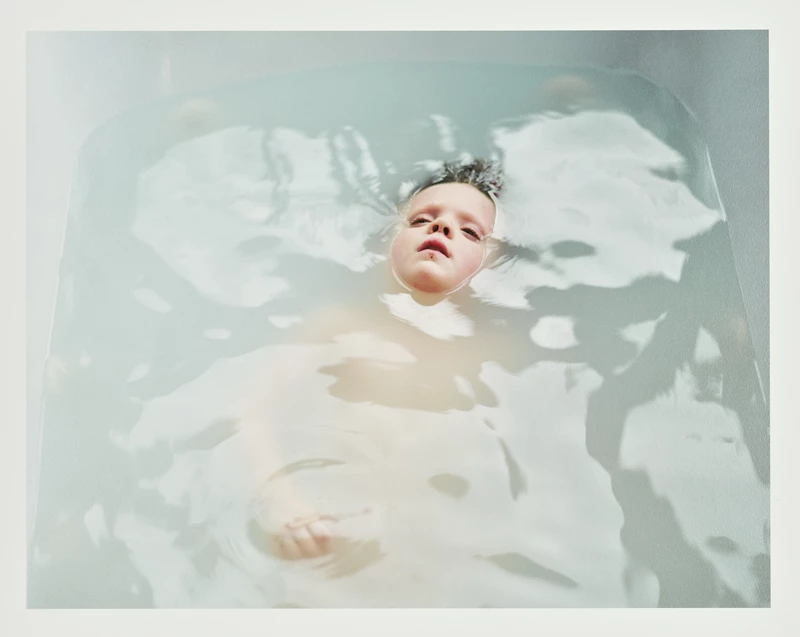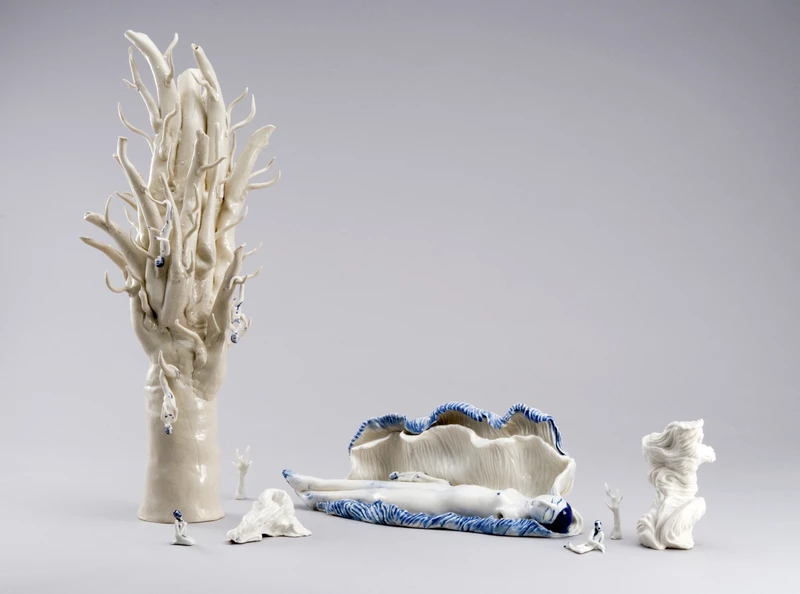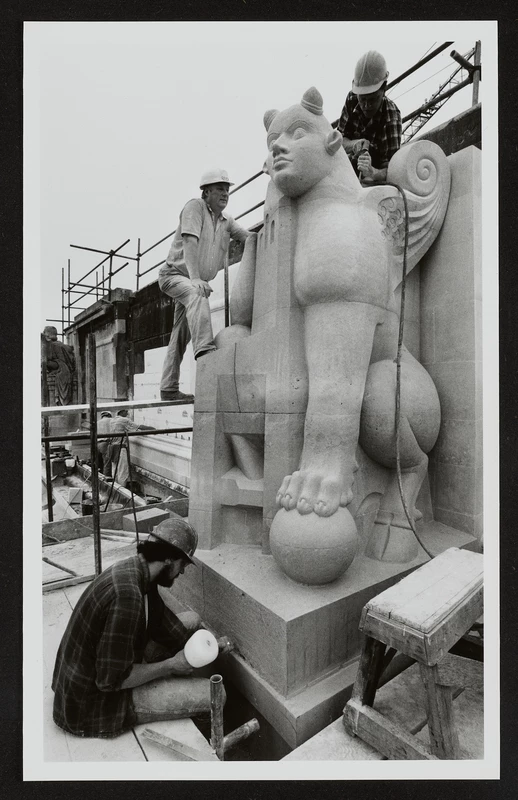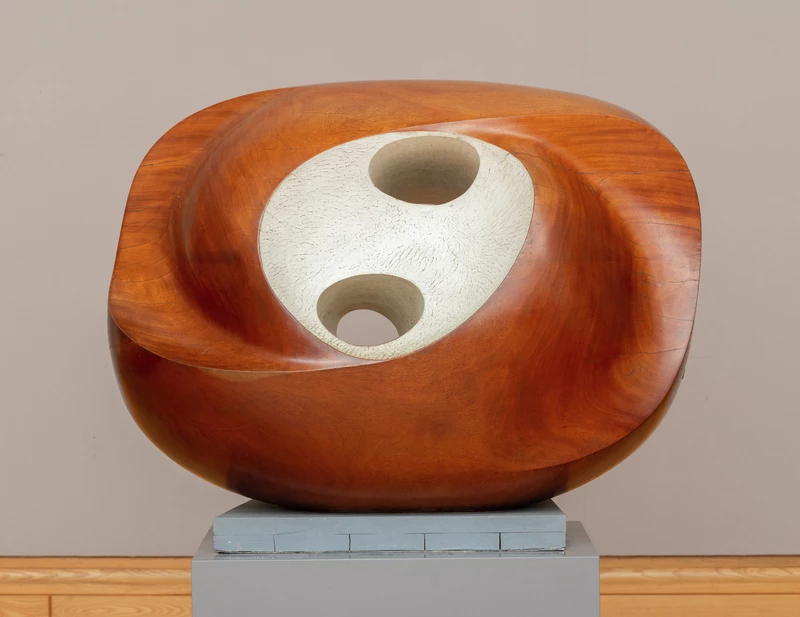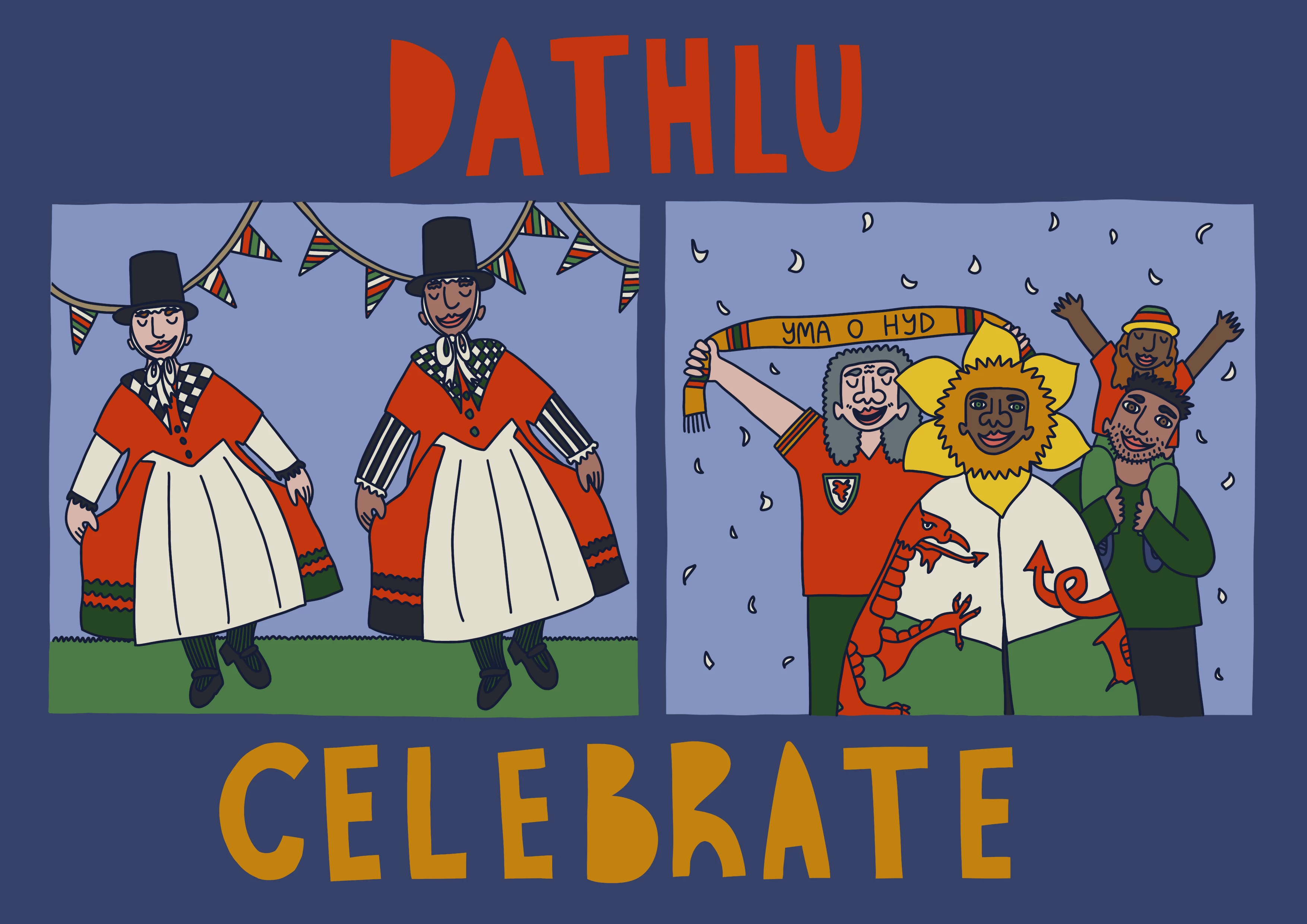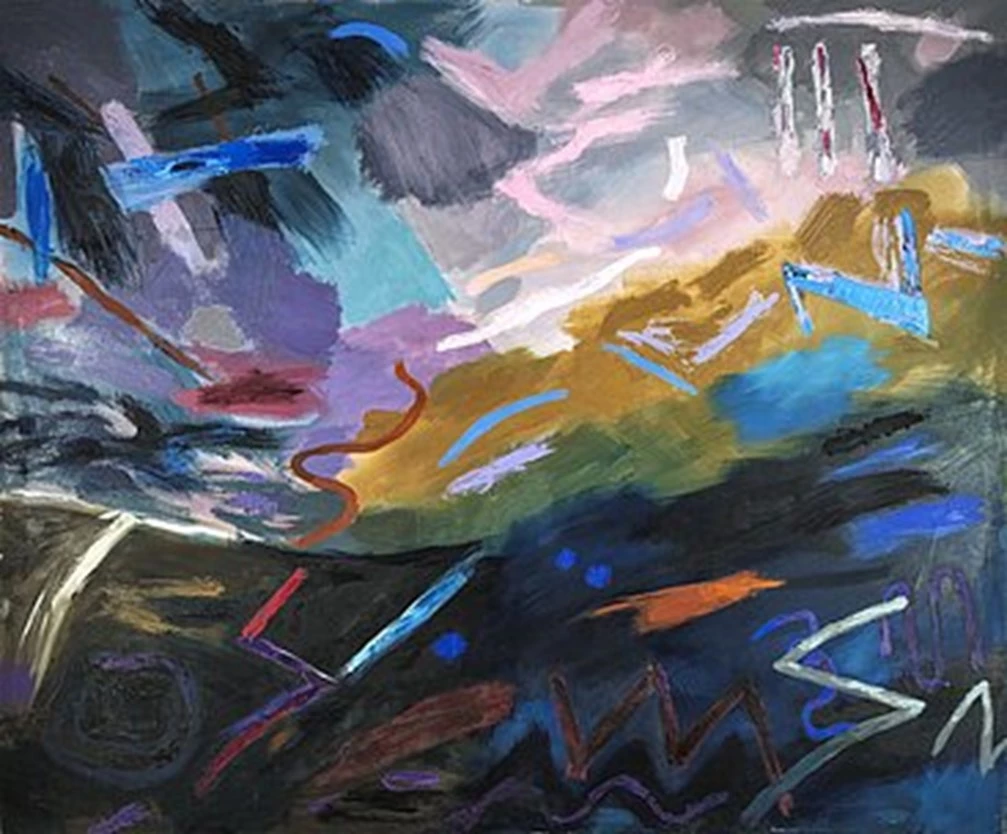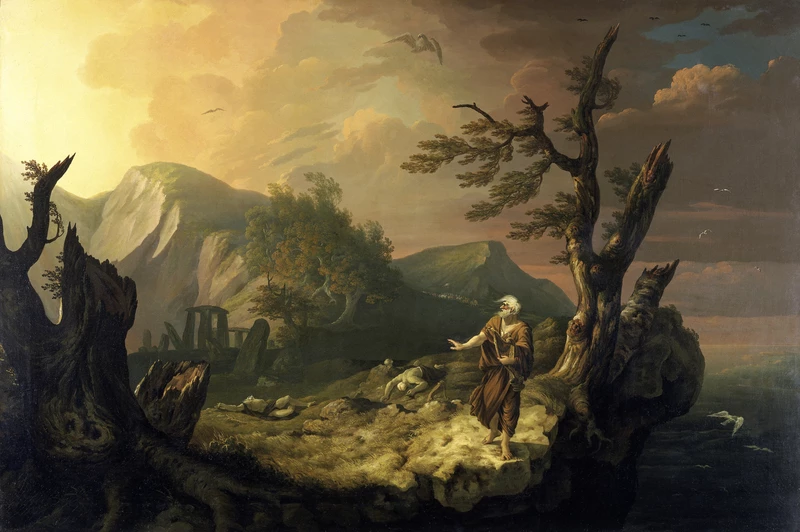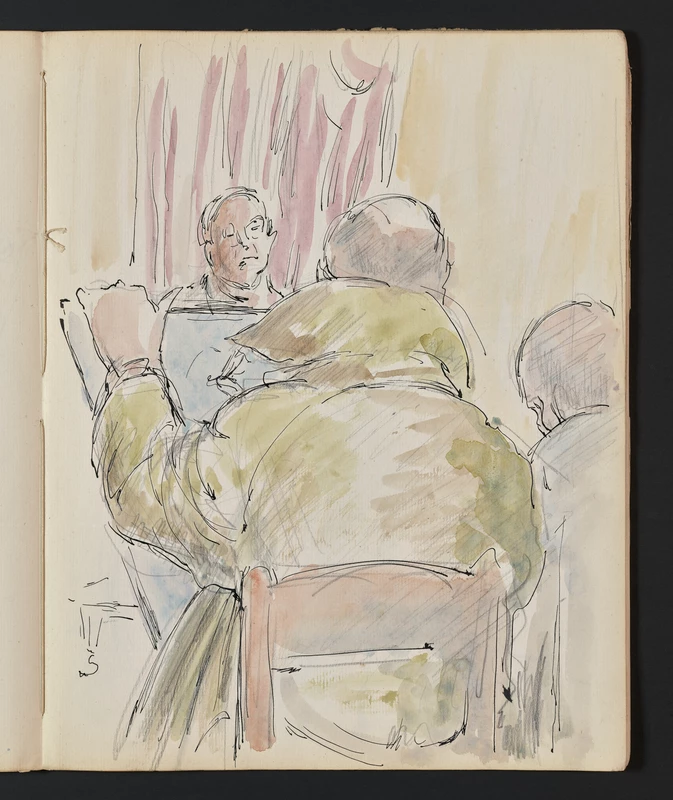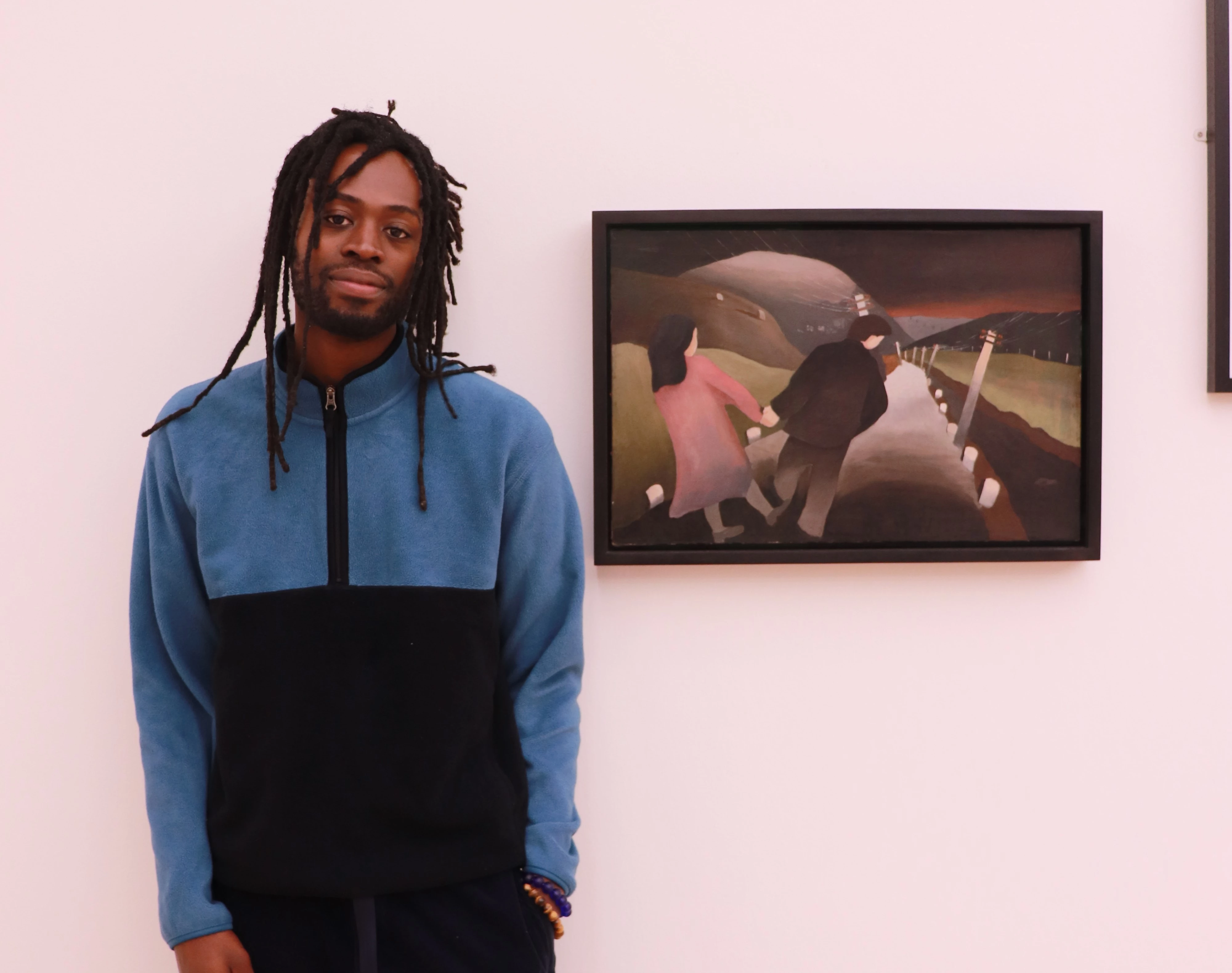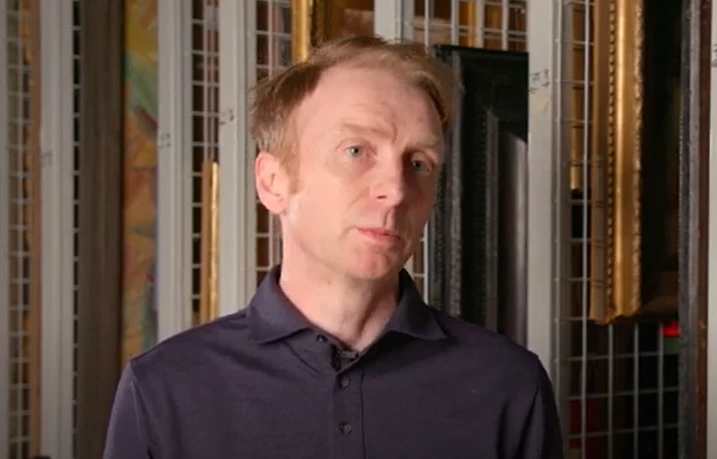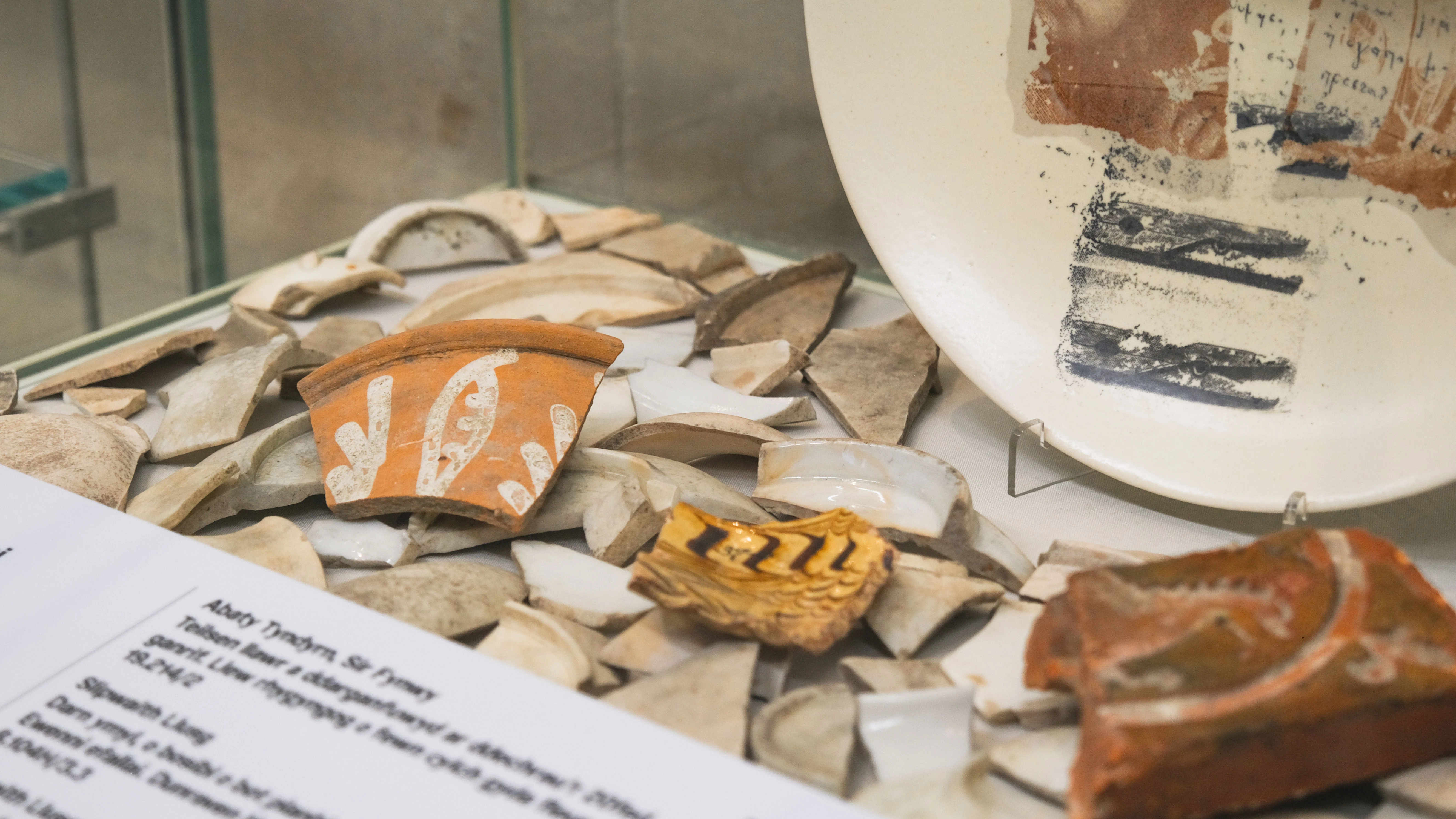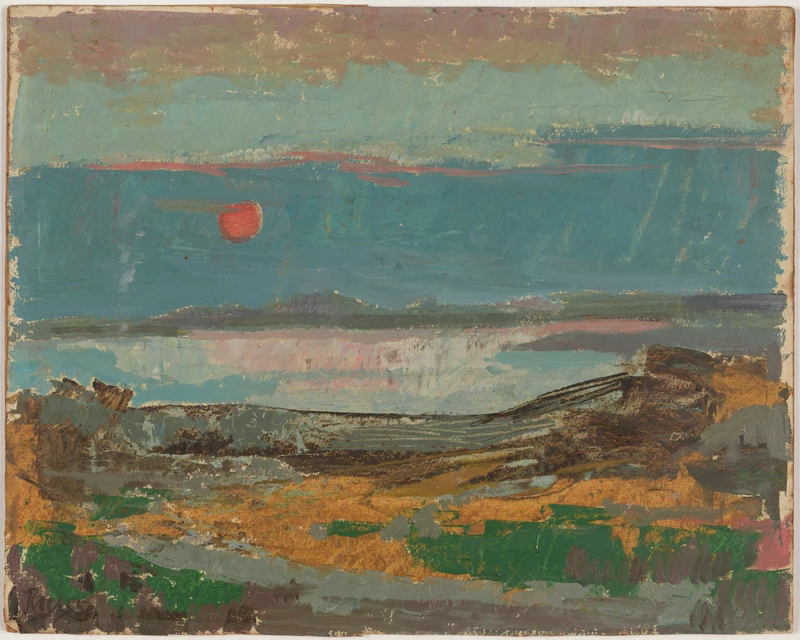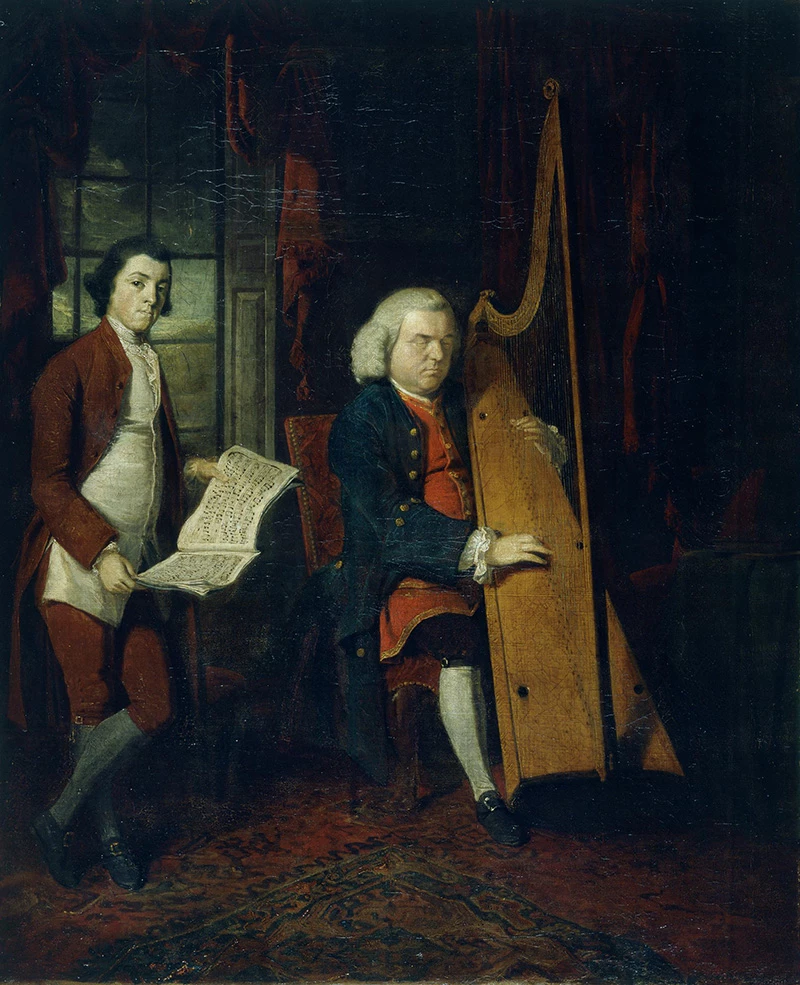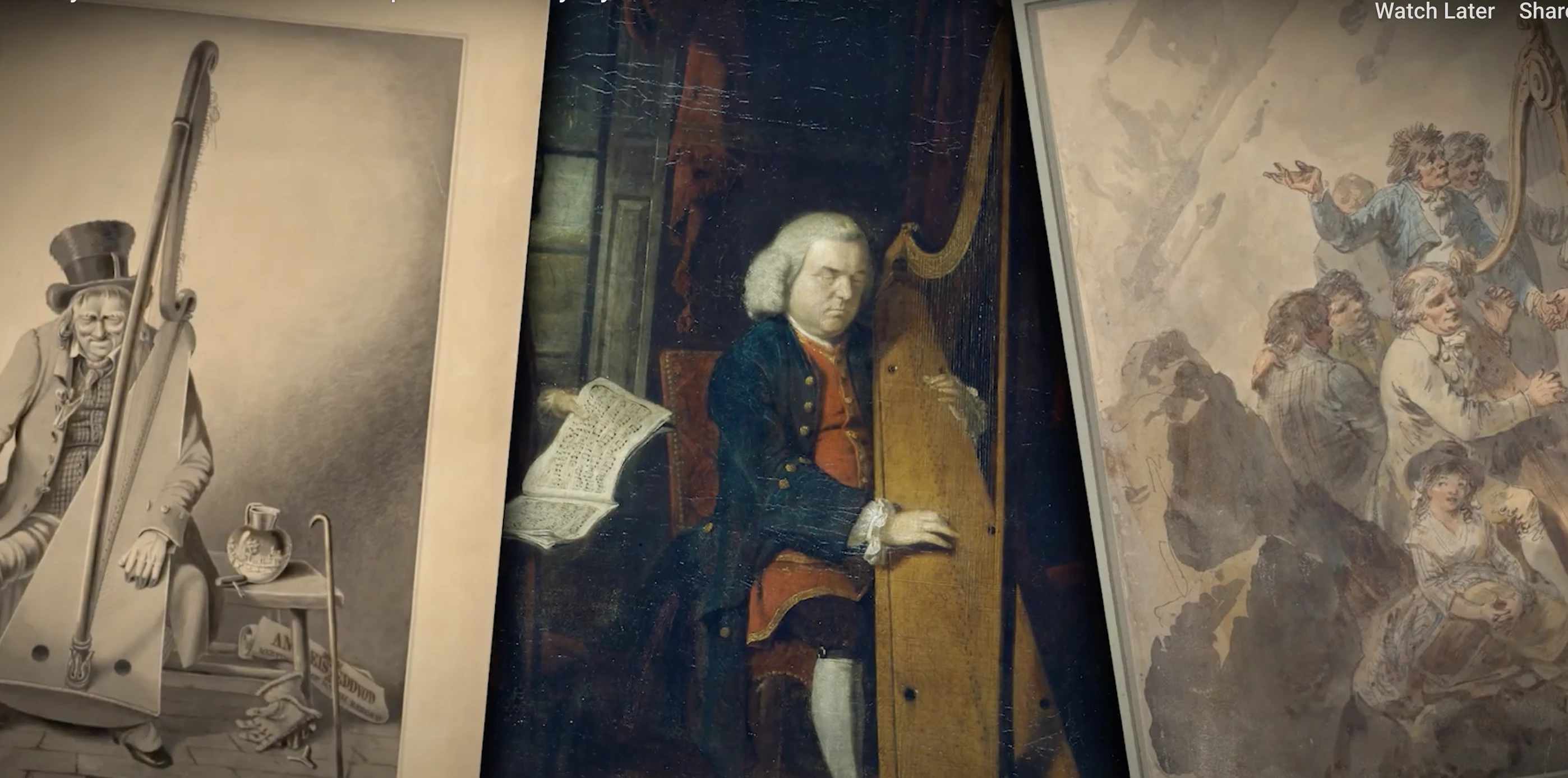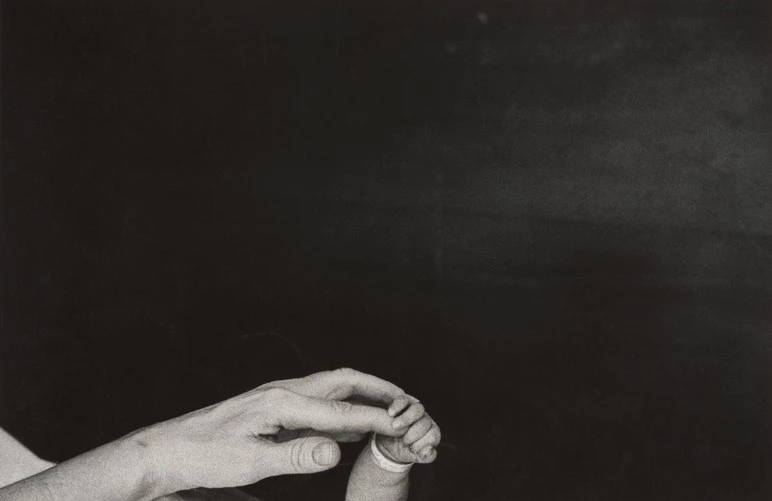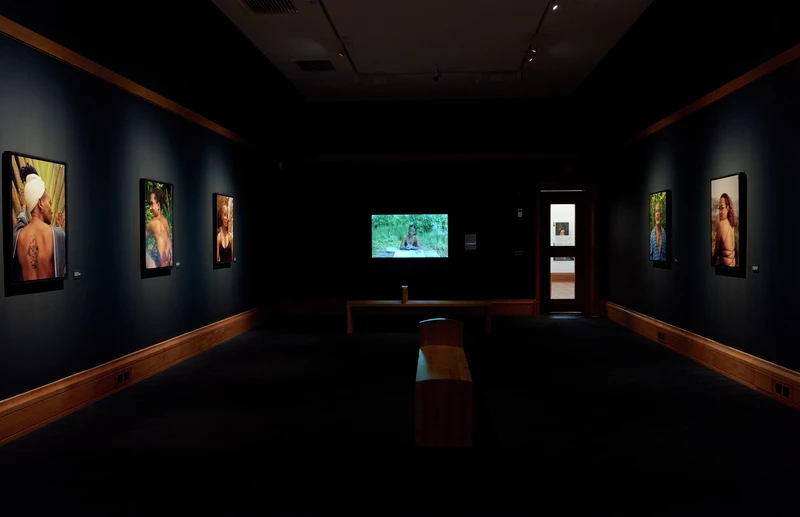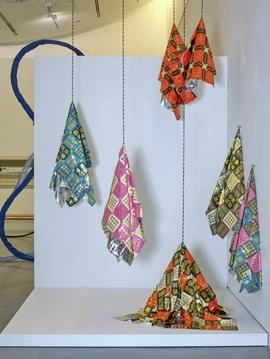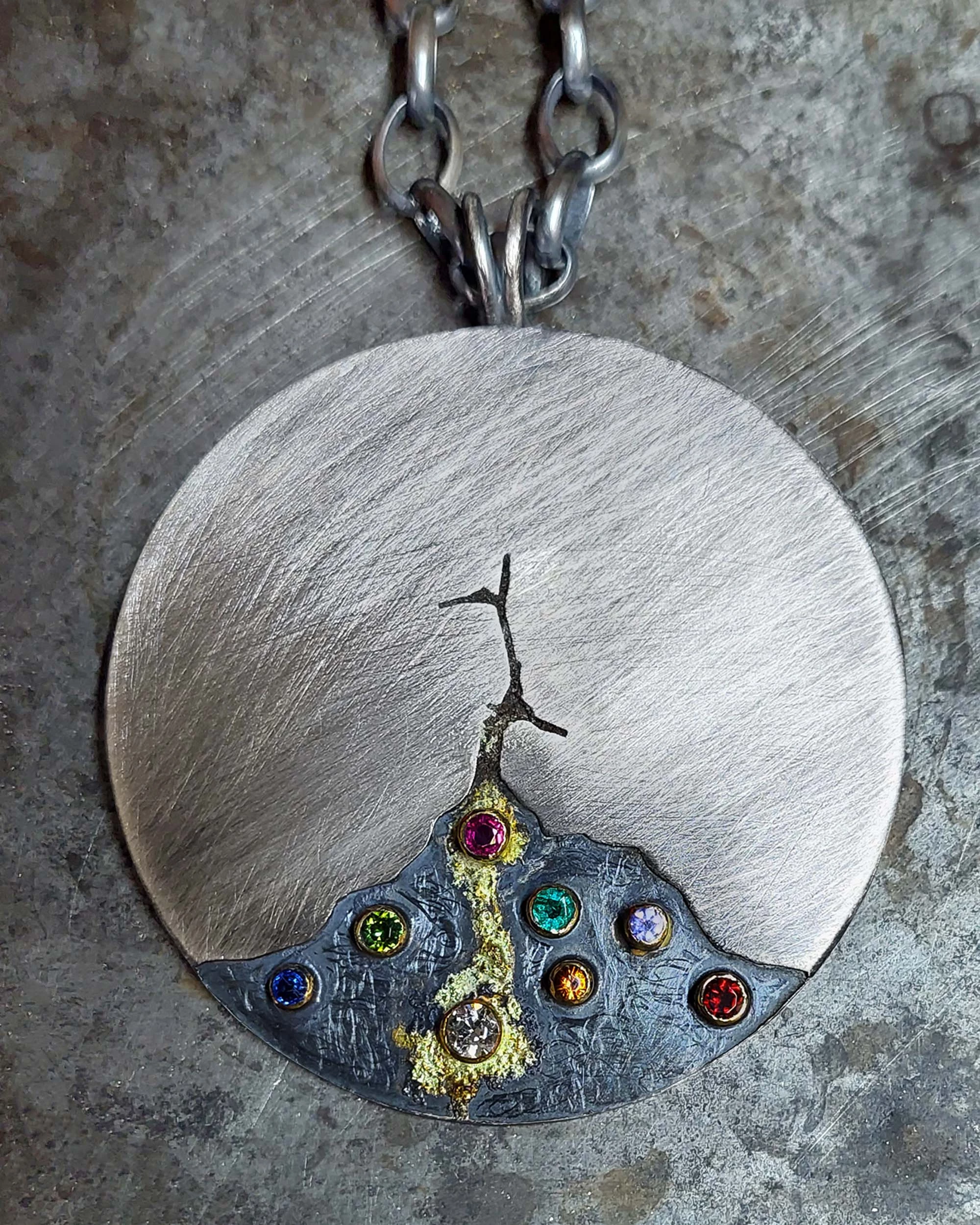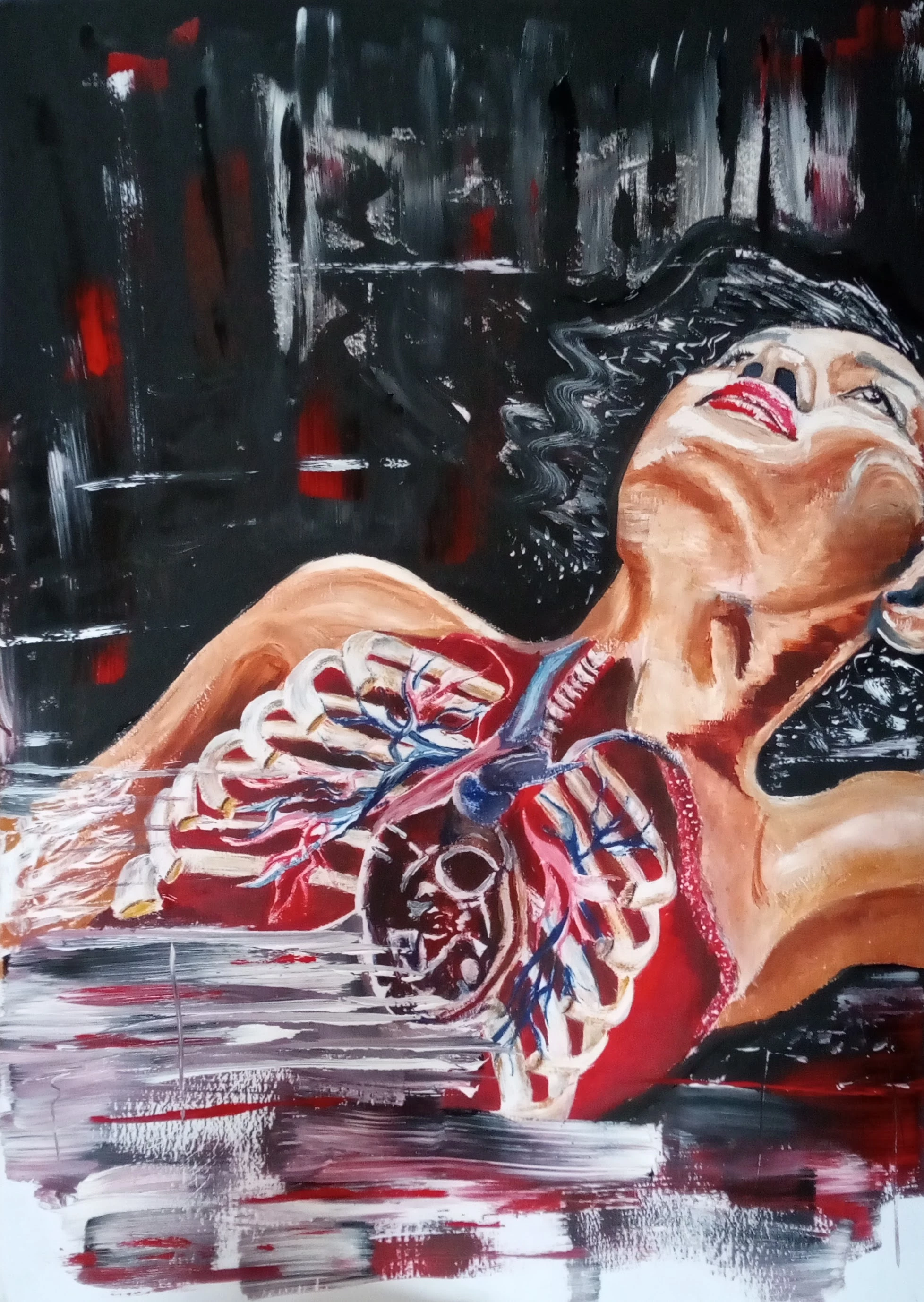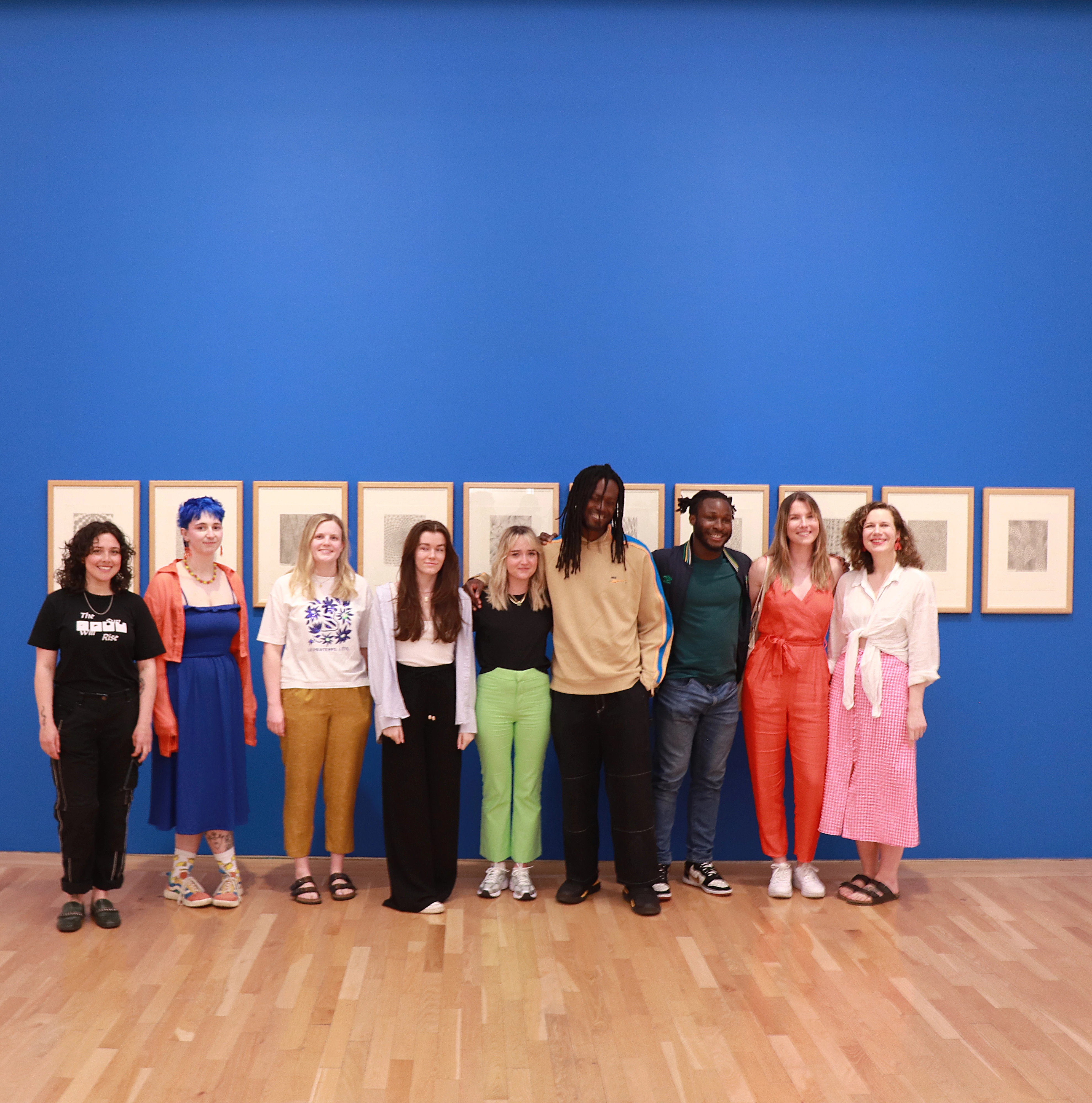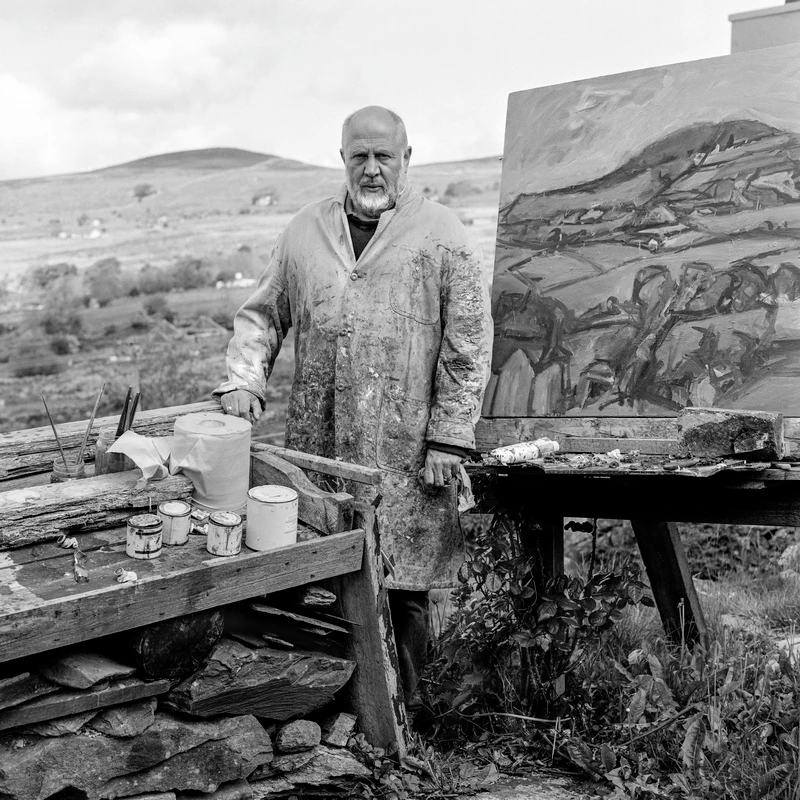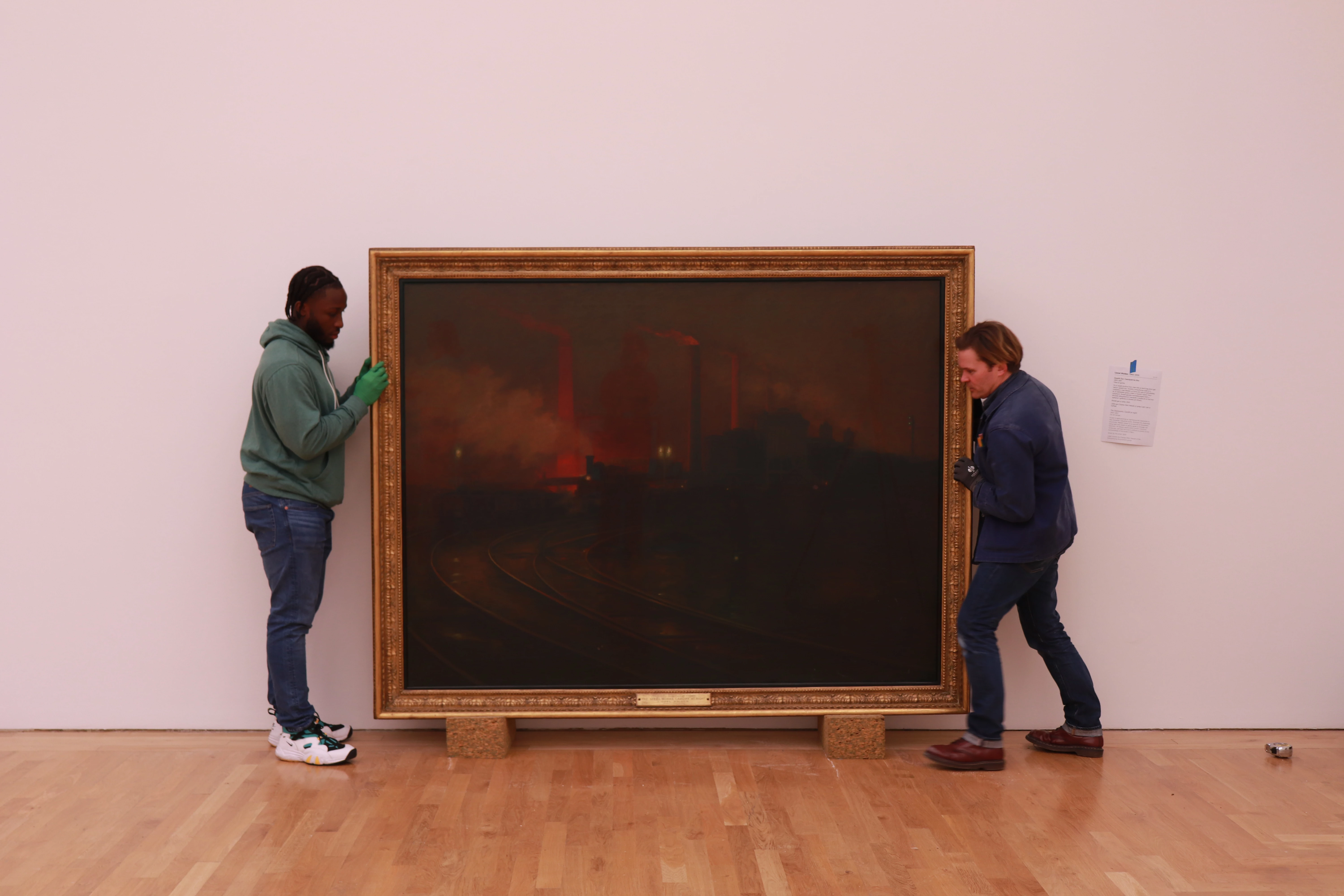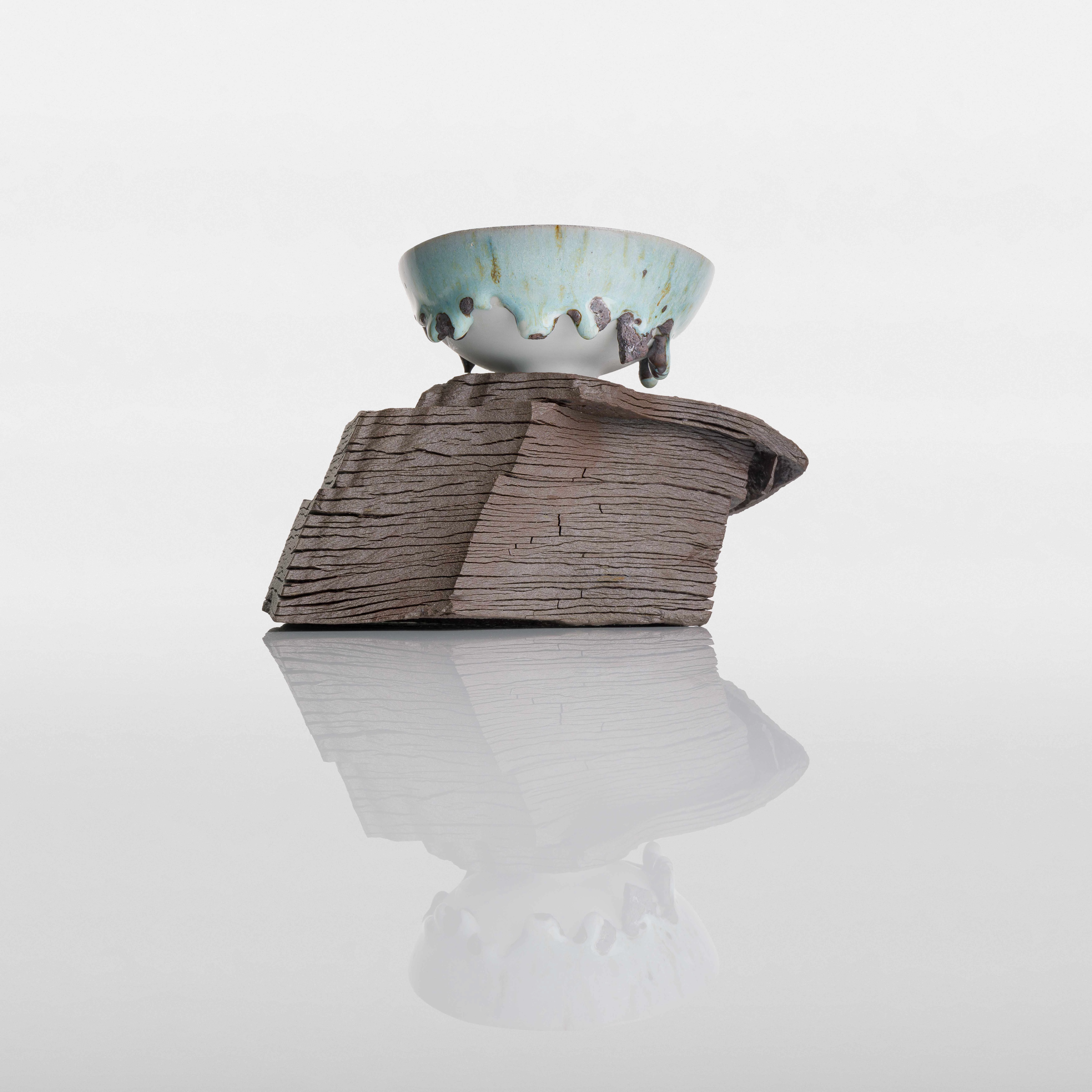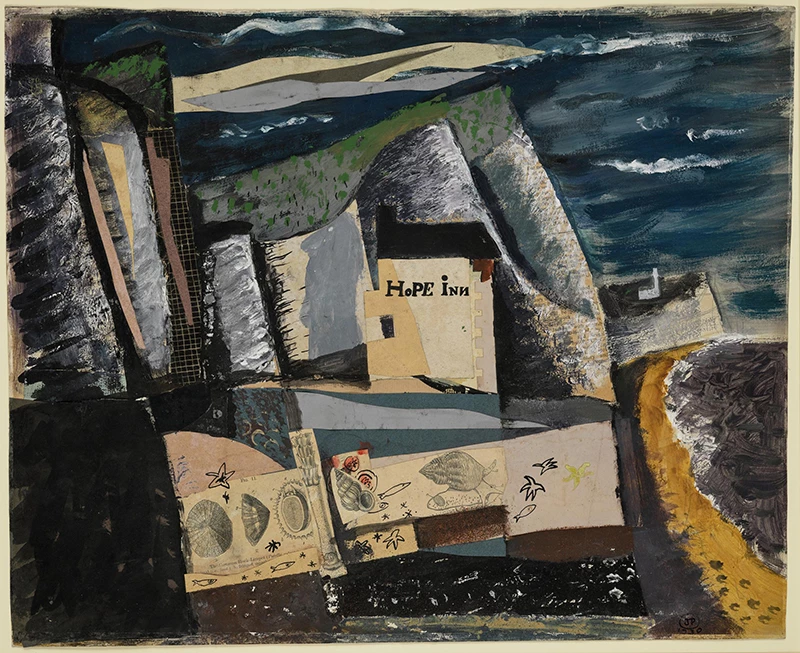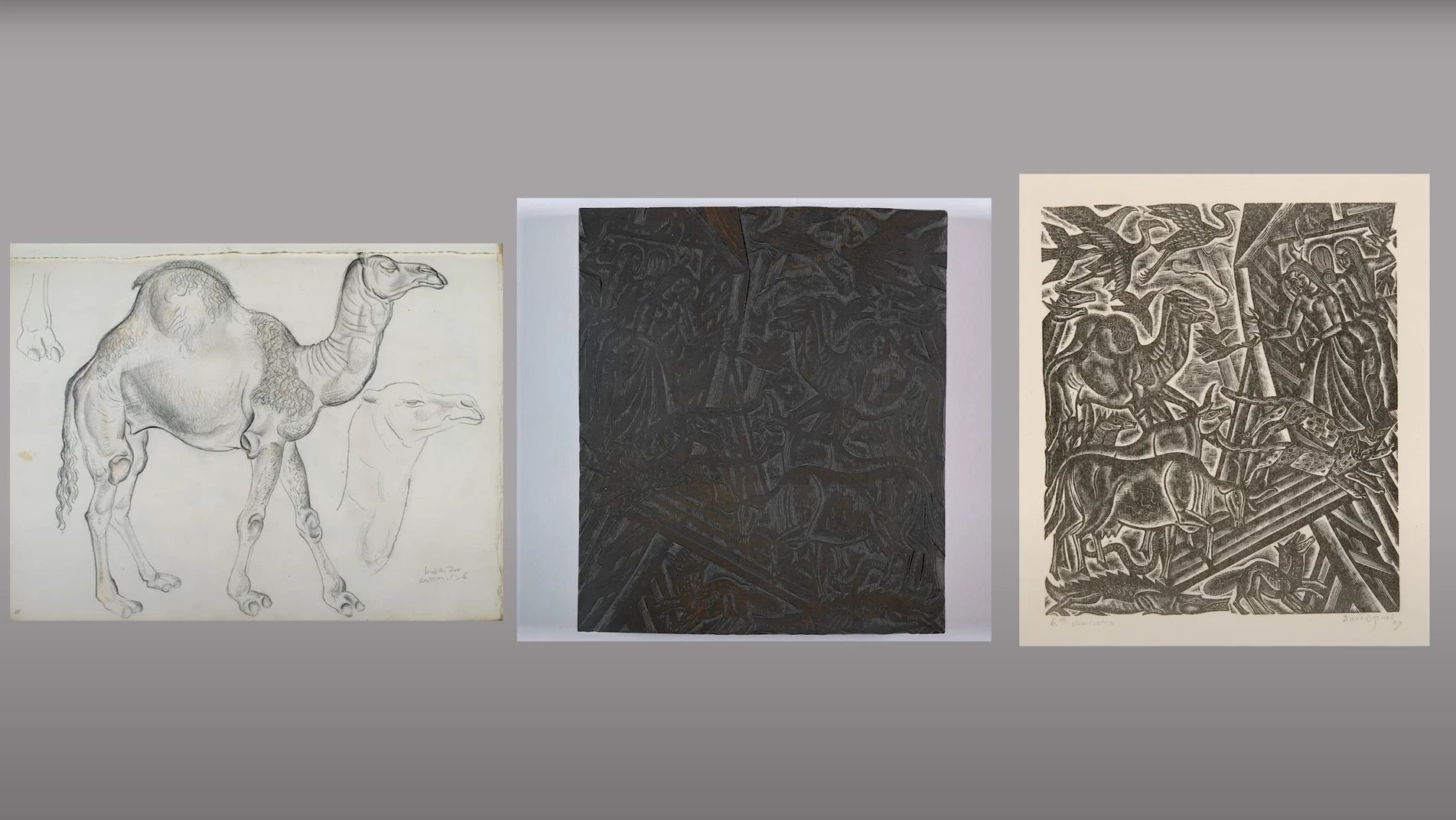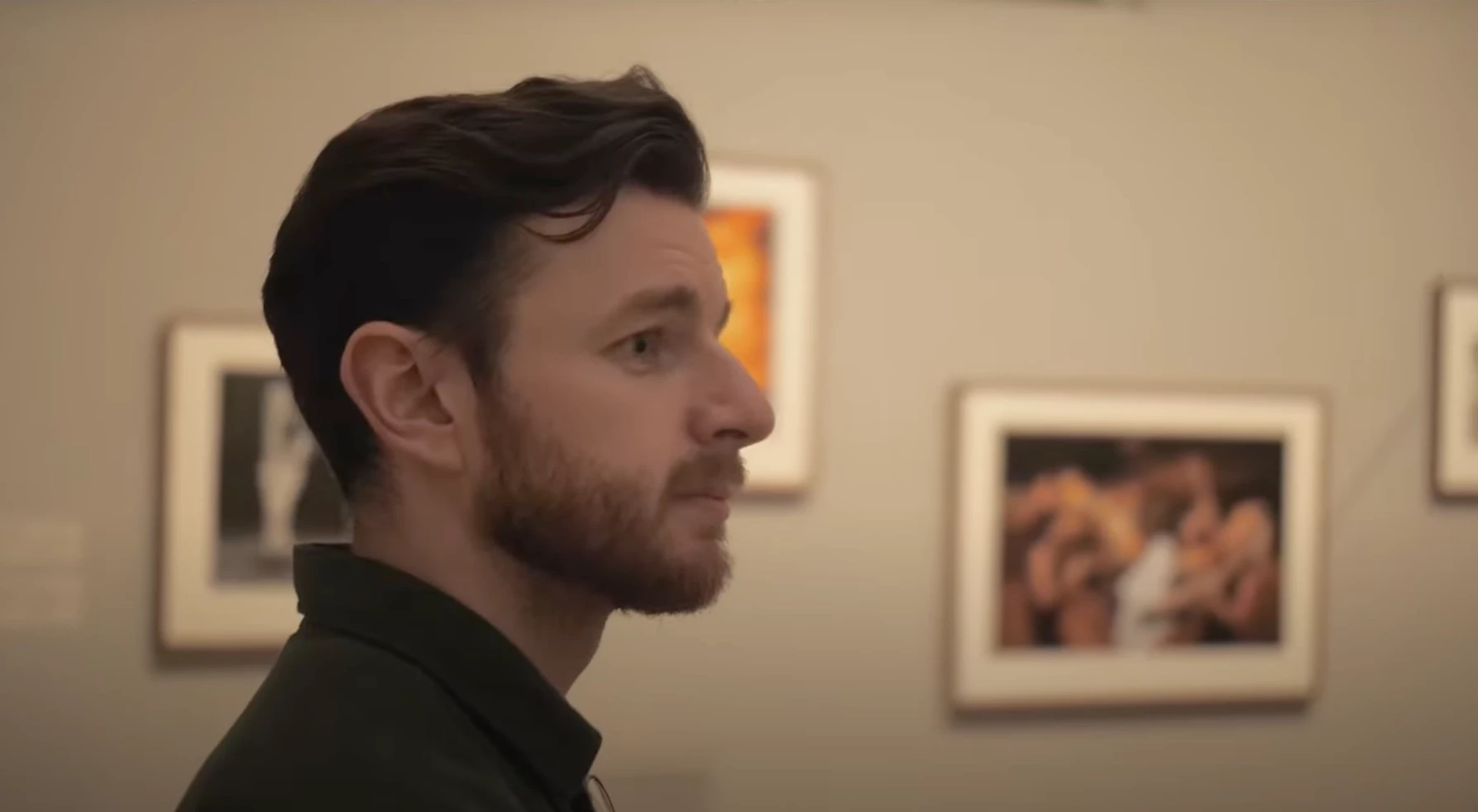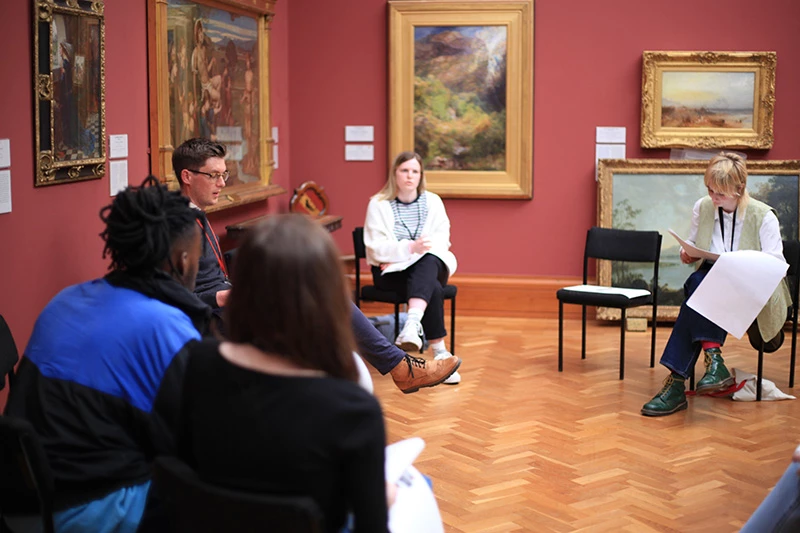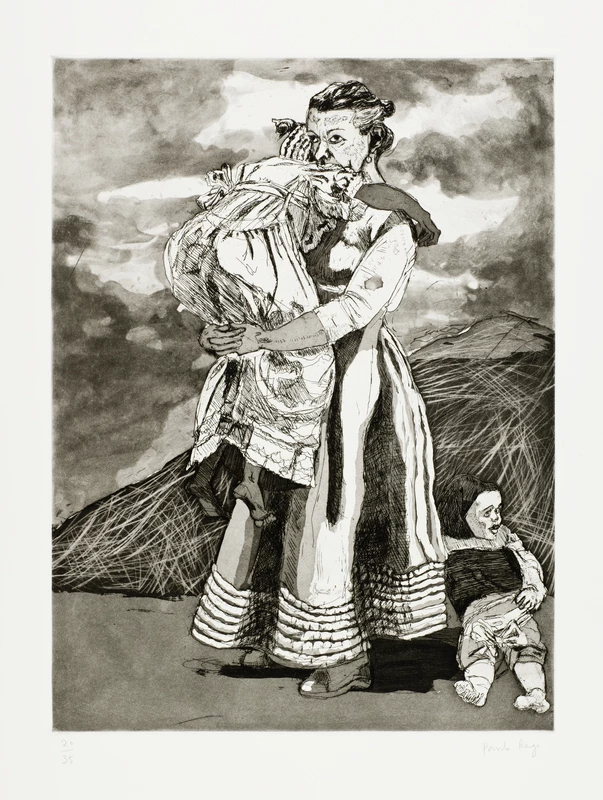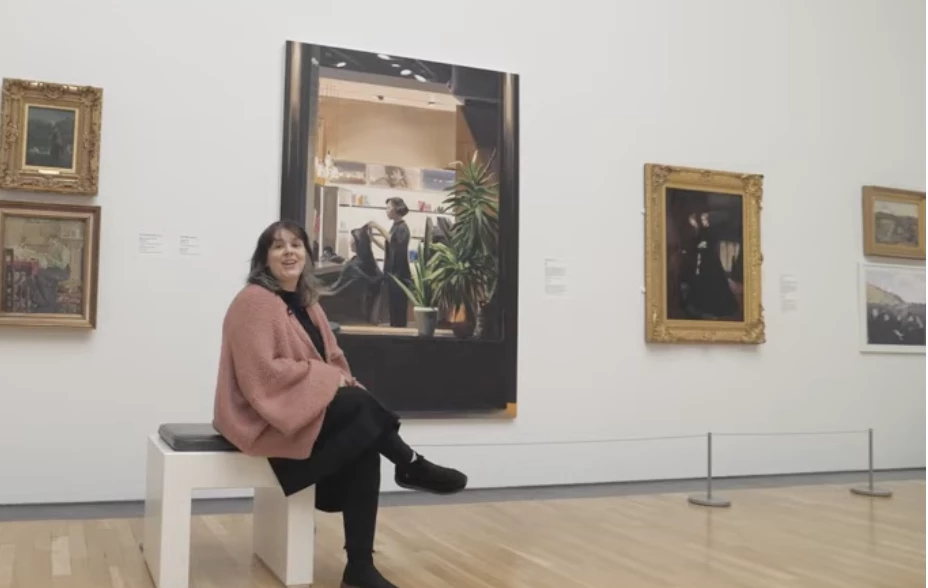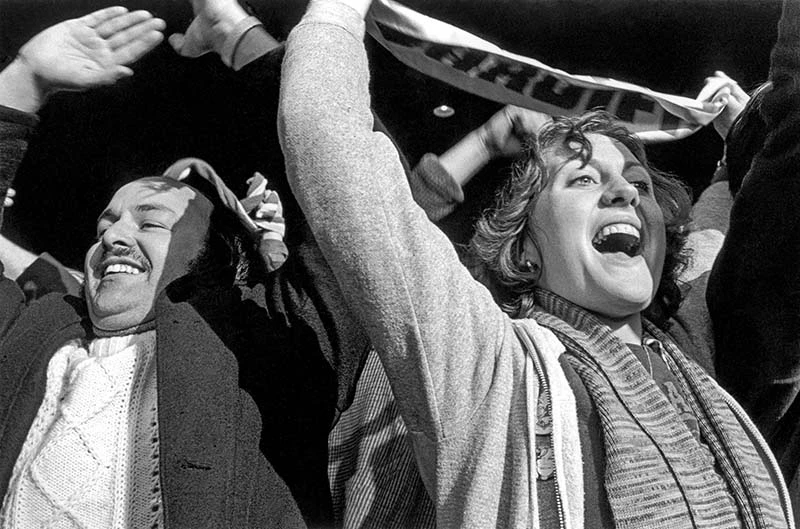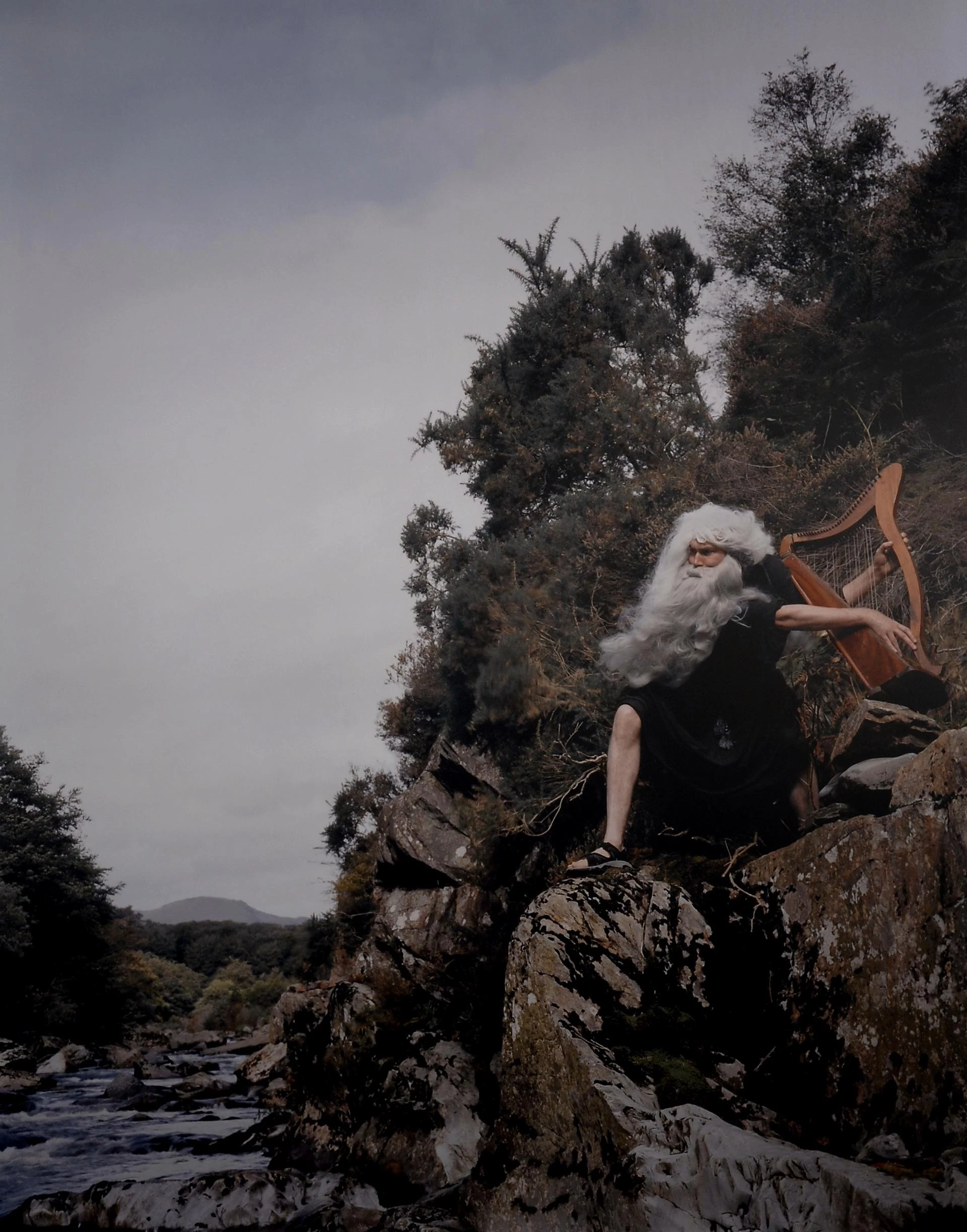I'm Gareth Rhys Owen. I'm a presenter and a commentator for the BBC, specialising mostly in rugby. So it's a square painting chalk pastel of Teddy Morgan scoring a try against the All Blacks - we'll get to that in a second - but it's dated Cardiff December the 16th, 1905. I think the first thing that strikes me, and I presume it was done almost as an illustration as opposed to an actual painting, is actually the detail of it and its quality as a piece of art.
Actually, it stands as ground and holds pretty well. It's a lovely painting more than anything else because the dark colours of the crowd and that kind of fades into the black of the All Blacks and the mud and the black shorts. There's a lot of movement in the picture. It's dramatic, it's also quite glum that the darkness of the black and the mud sort of contrasts with the striking red of Teddy Morgan's shirt and the green of the pitch. To look at it's a really nice painting. I think forget about the historical value first. I just think it's quite a dramatic and interesting piece of work. So that's what hits you, first of all, because I was a bit worried that it was going to just be a bit naff until you see it! And it's not, isn't it?!
It's weird, isn't it? 2025 - and it's so infrequent that Wales beat the All Blacks. And I can say this with confidence it won't happen this year. And it's the fifties is the last time Wales beat New Zealand. So it's a moment in time. The time Wales beat the All Blacks: Cardiff did it, Scarlets did it. Wales have done it a handful of times. So for us as a society, this is a notable moment in time because Wales beat the All Blacks, but there's such a wider context to it for this particular moment. The match of the century as it's known, take it from the All Blacks perspective: they had a team that were the 'originals' is how they're remembered they're the original, the OG New Zealand rugby team where until then, clearly because of how long it takes to sail from the other side of the world, teams rarely faced each other. So people didn't really know much about New Zealand and how mighty they were, and they came to Europe at the turn of the century and they just steamrolled every other team. But they lost one game and this was it: three nill - scoring system very different now to what it was then. Look at the shape of the ball. It's almost round and Teddy Morgan scoring the try. So this is historically a very famous game if you are a Kiwi, but if you're Welsh, there's so much to it. I've spoken already about the impact it had on Wales as a sporting nation. Sadly, that we still refer back to it 120 years later. But the larger impact it has on us as a society is due to what happened pre kick off.
The All Blacks turn up. They do the haka - the haka is very different then to what it is today. Far less dramatic, far less imposing. Almost a social get together. But the crowd reacted that day and they responded to this pre-match ritual that was performed regularly by that side from the other side of the world. So the Welsh crowd began singing and they began singing Hen Wlad Fy Nhadau. And to this day it's thought that that was the day where the anthem was born in terms of being sung at a sporting event, but not just, as I understand it, not just for Wales, but the idea that happened all around the world. This is the first recorded example of a nation, of a crowd singing a song to inspire their team that would later become the national anthem of that said Country.
Yeah, it's a very important piece of history, I guess, in that. And it's also important recent, yet not that recent history. It kind of like, you know you look at at the the shape of the players, the crowds it's it's of the Victorian era almost, certainly pre-war. that people cannot reflect on resonate with directly at the same time the knock on effect of what happened that day is still very much felt today in 2025 and come the game in the end of November 2025, you'll see it happen because the All Blacks will rock up confident full of struts and they'll bang at the haka and the best we can do as Welsh people is at least respond with vigour with our singing, even if there's very little hope of us responding with any real impact on the pitch.

